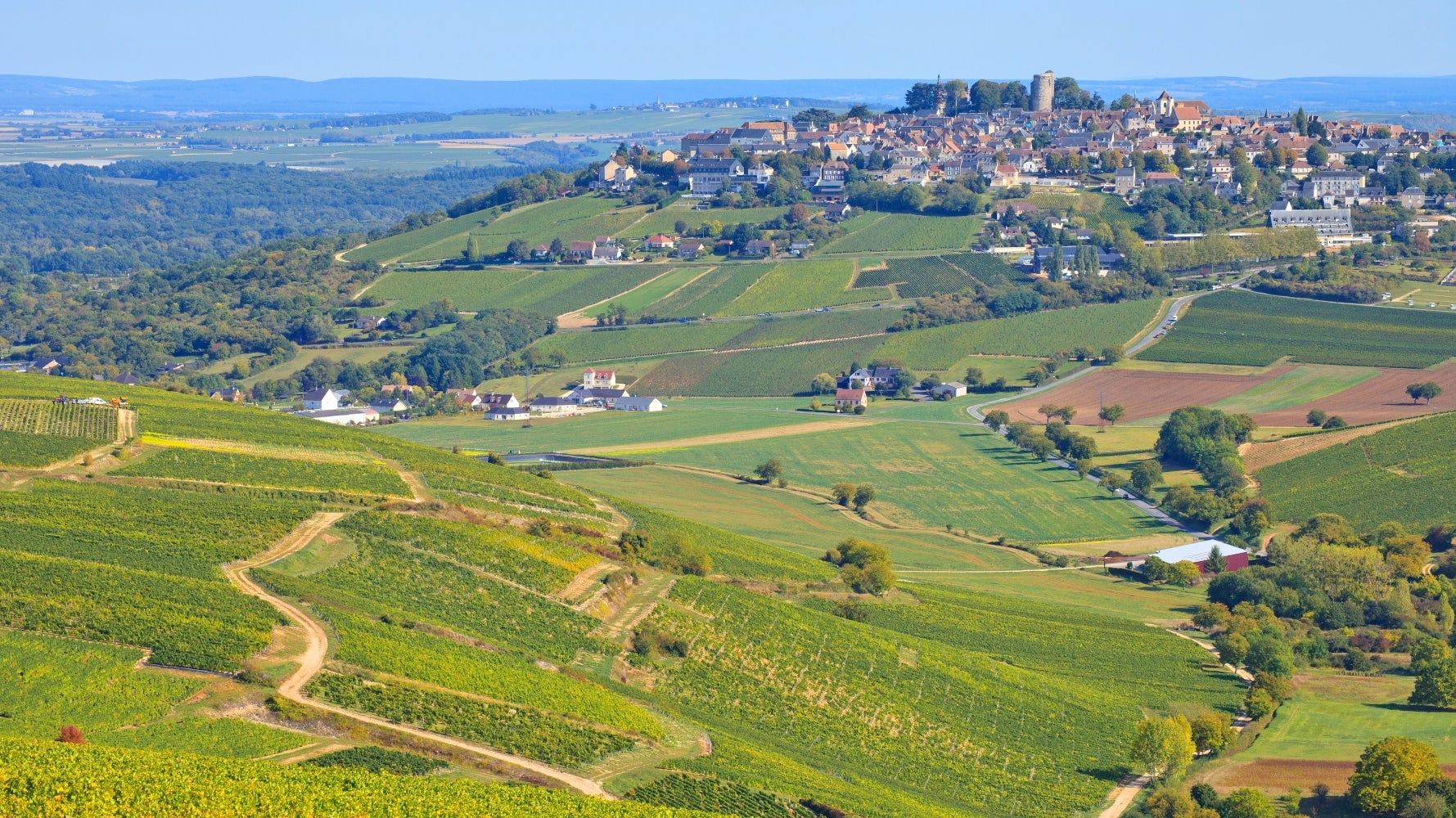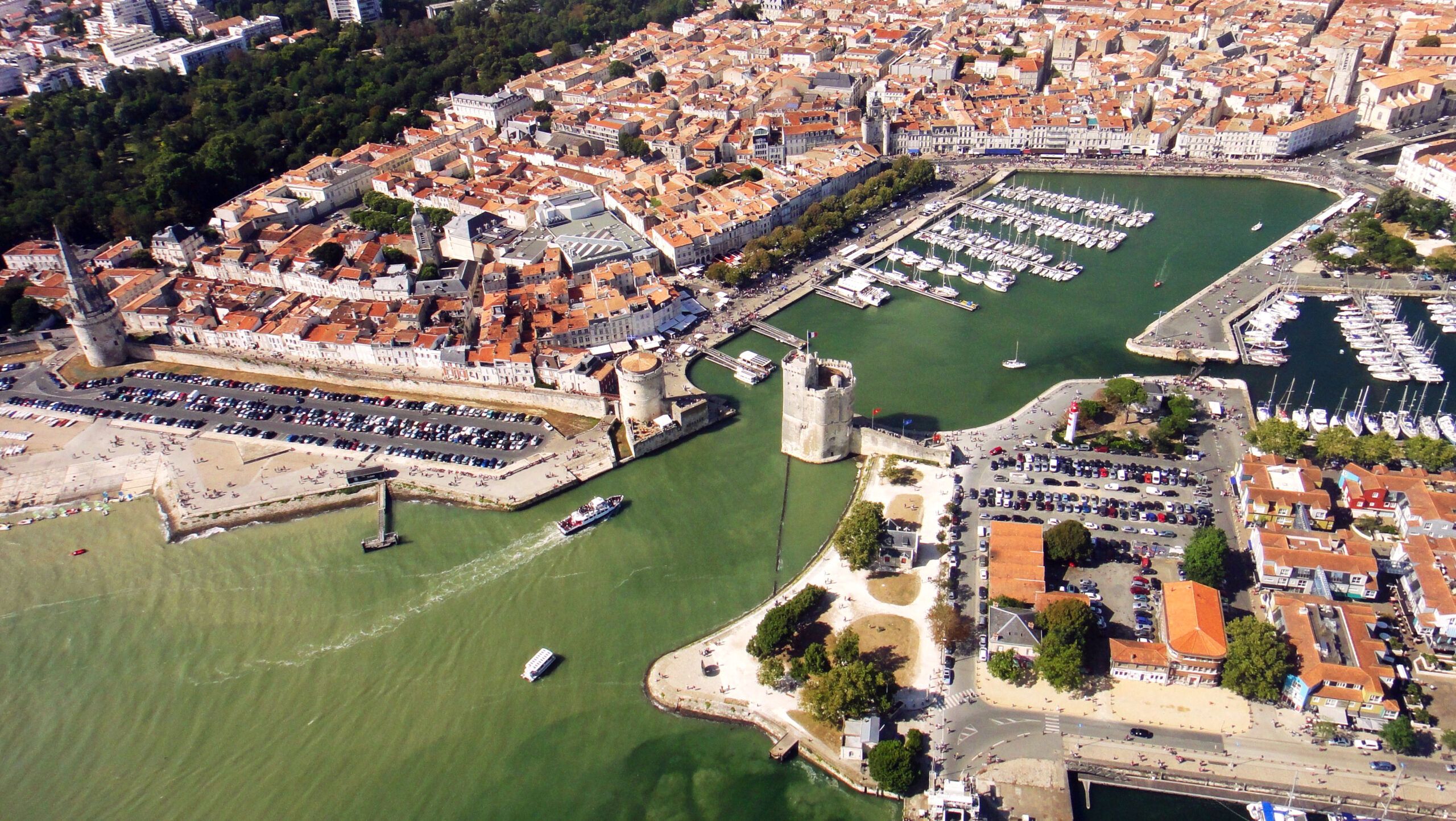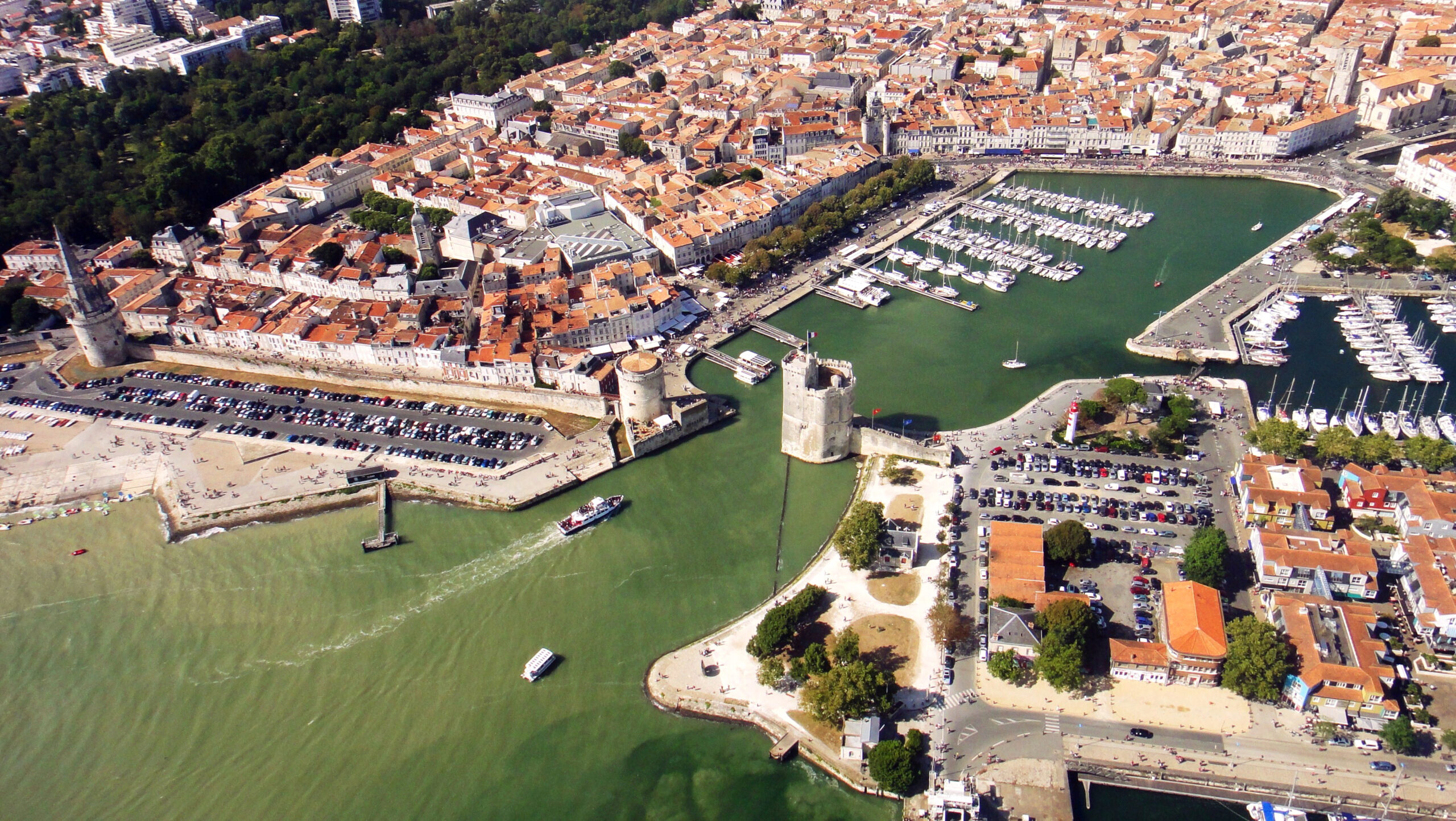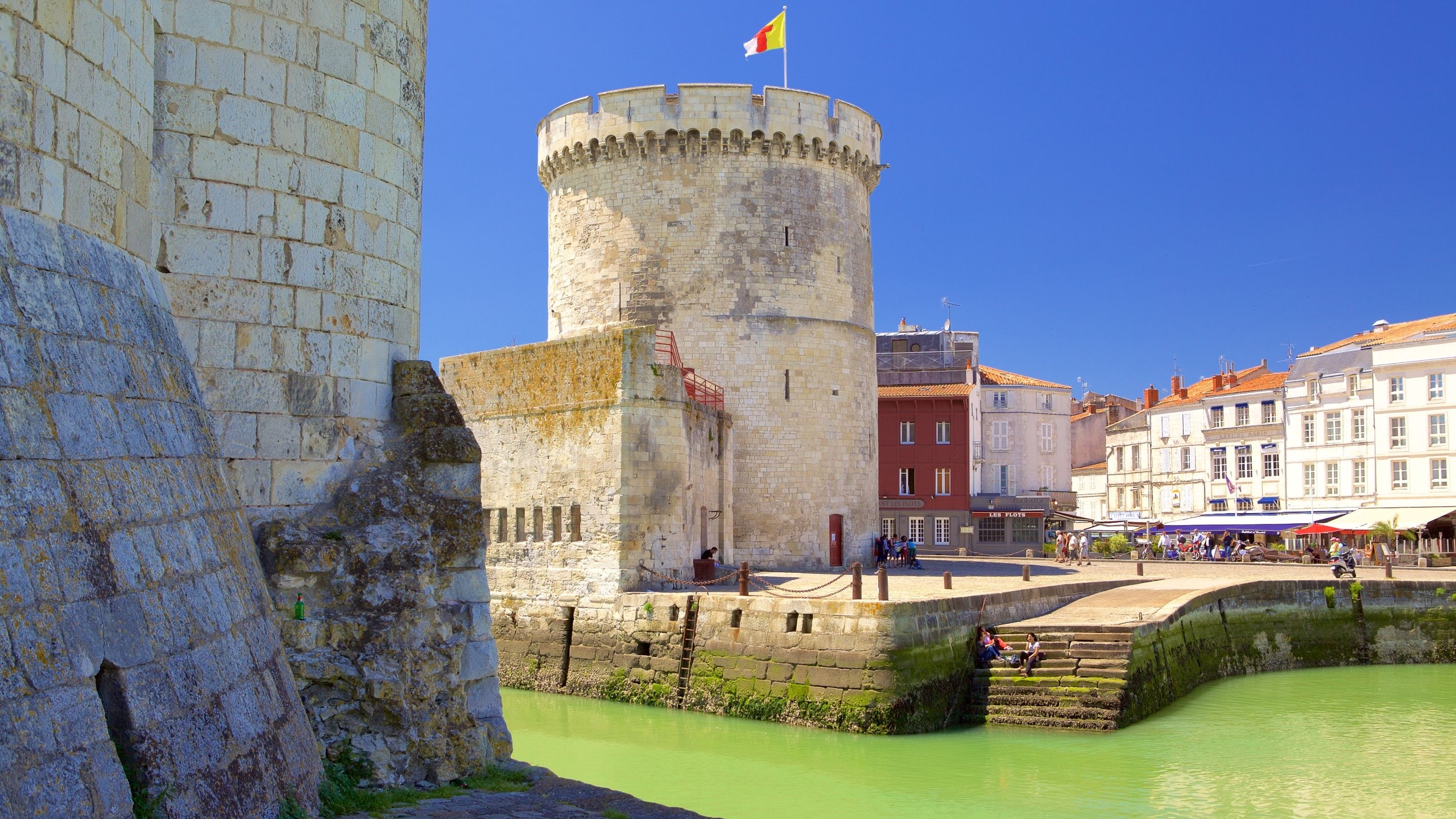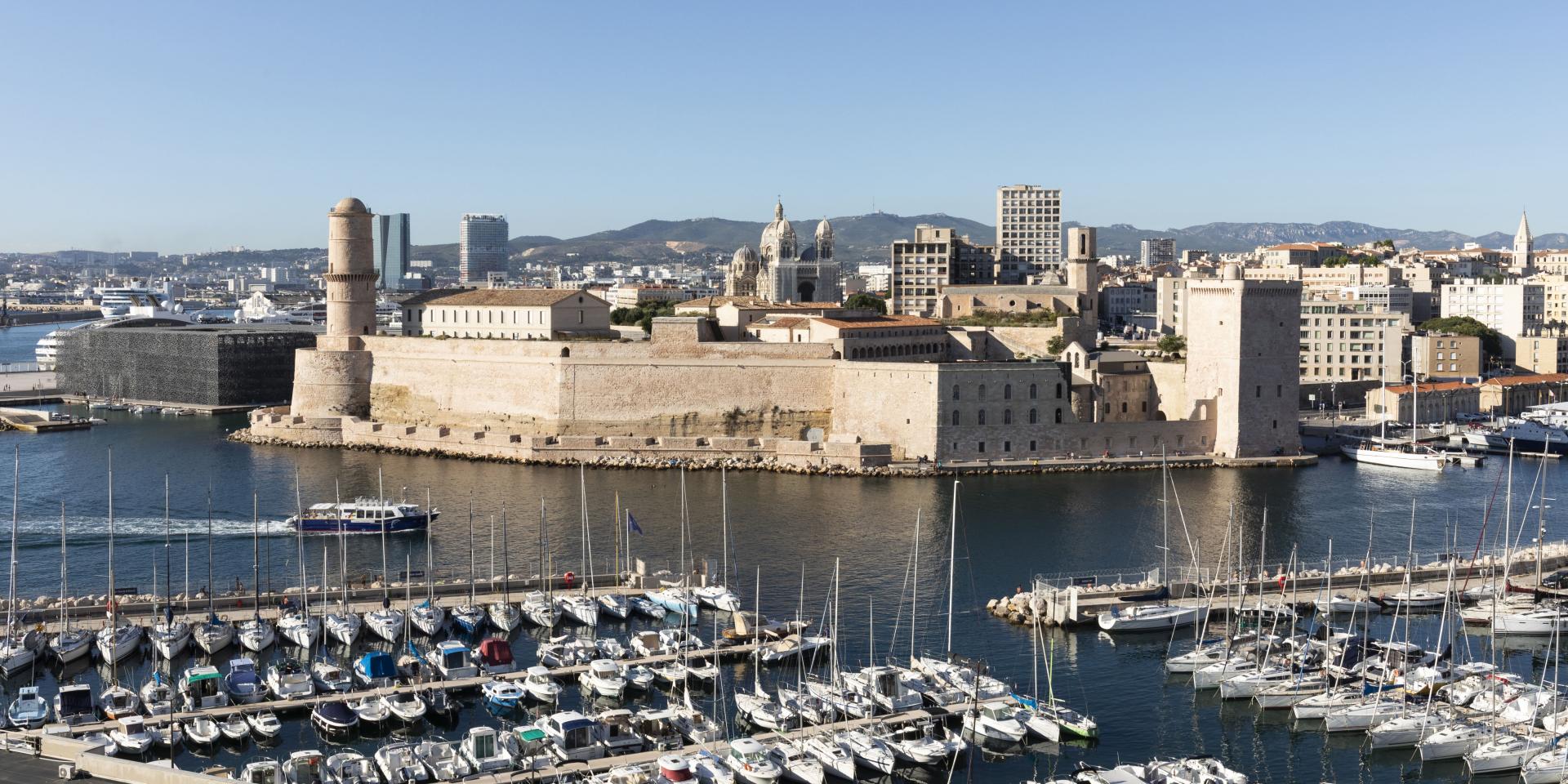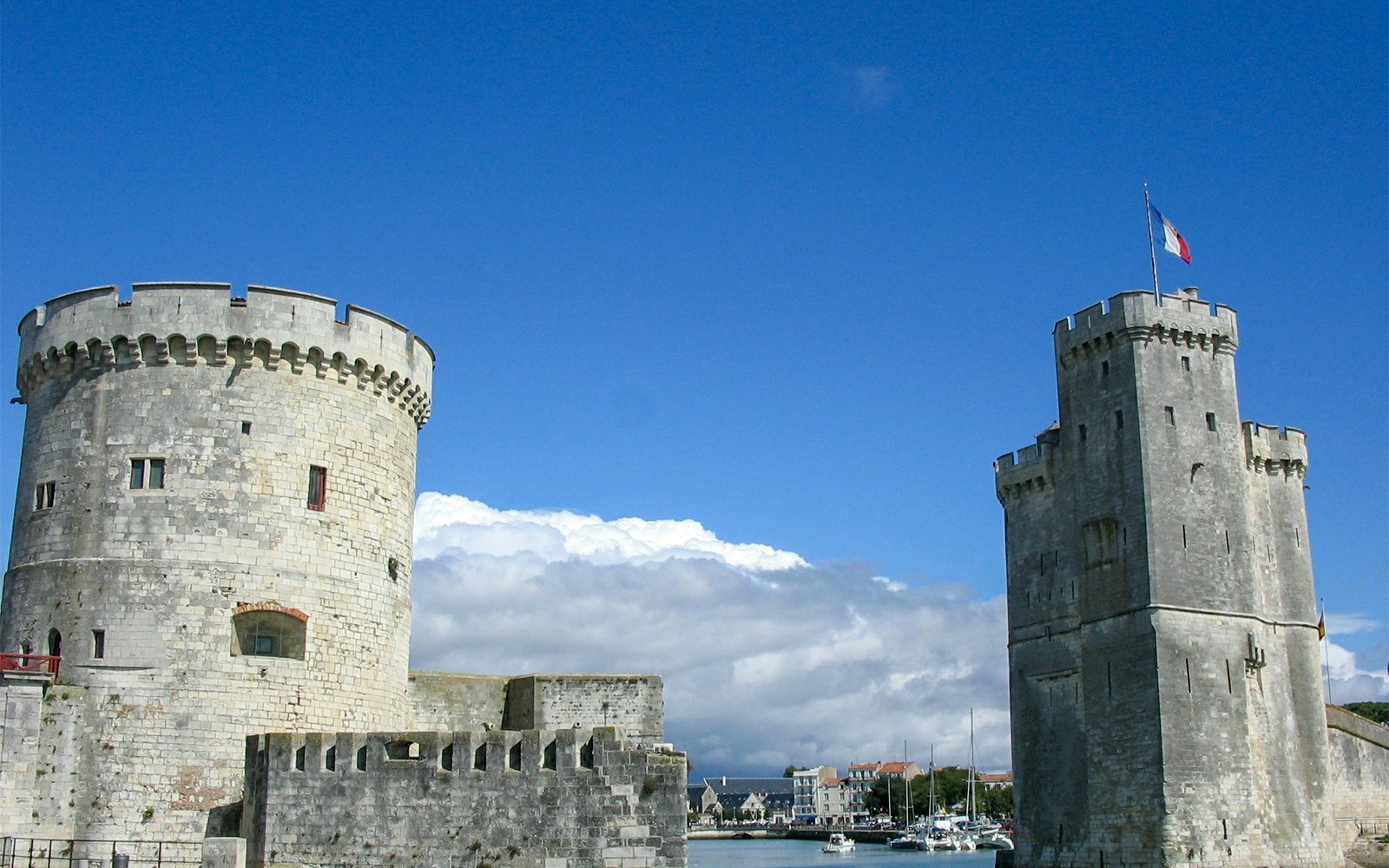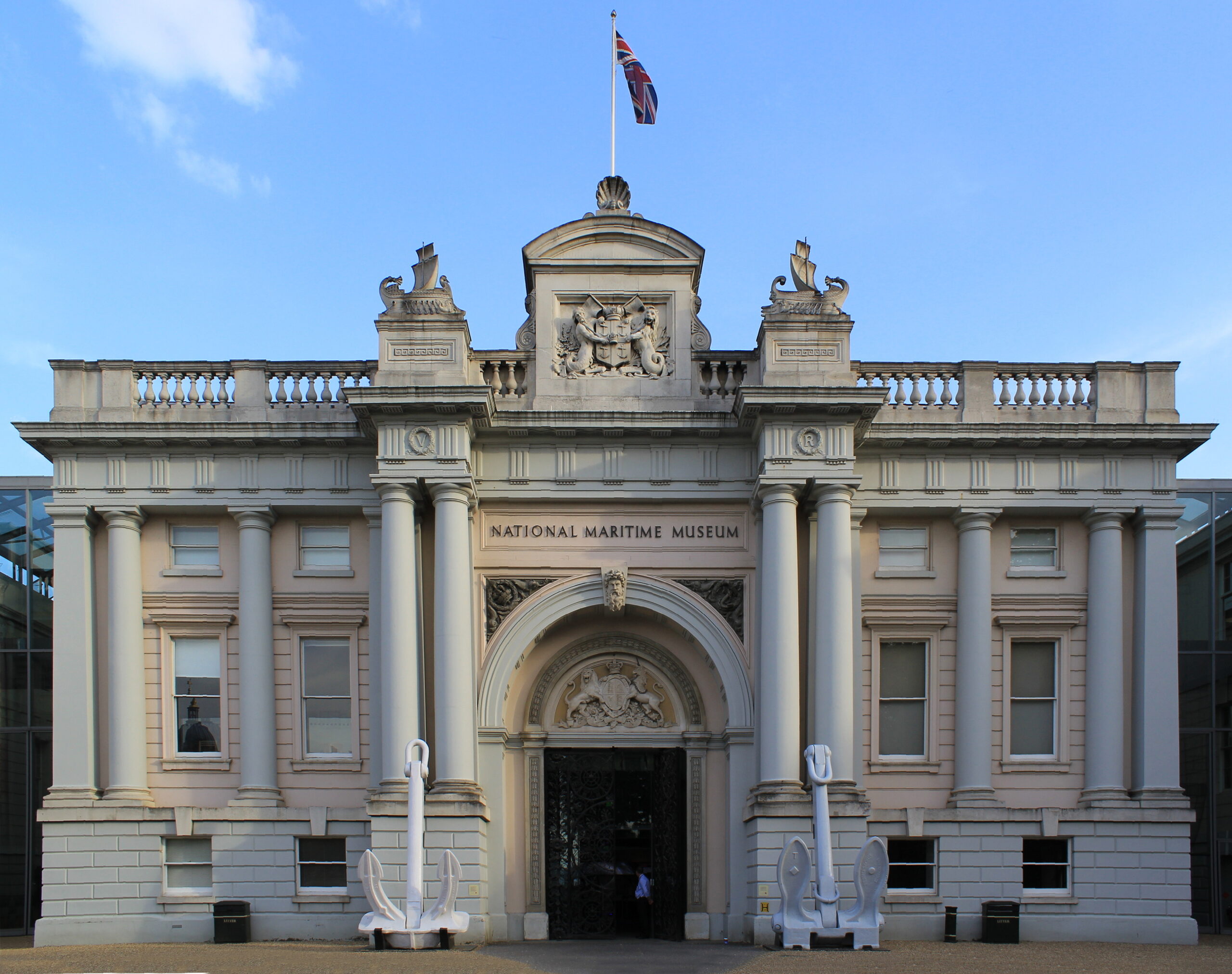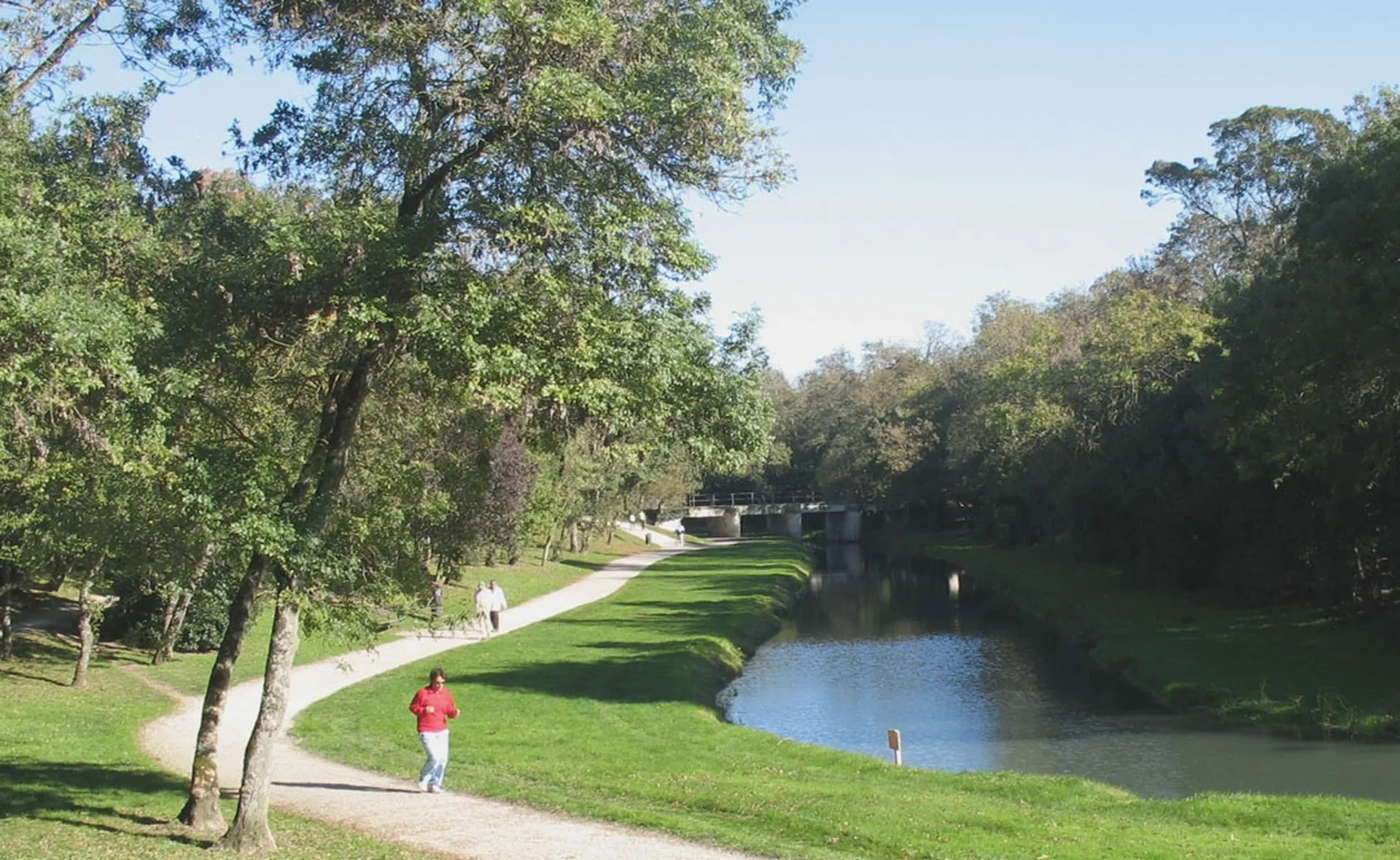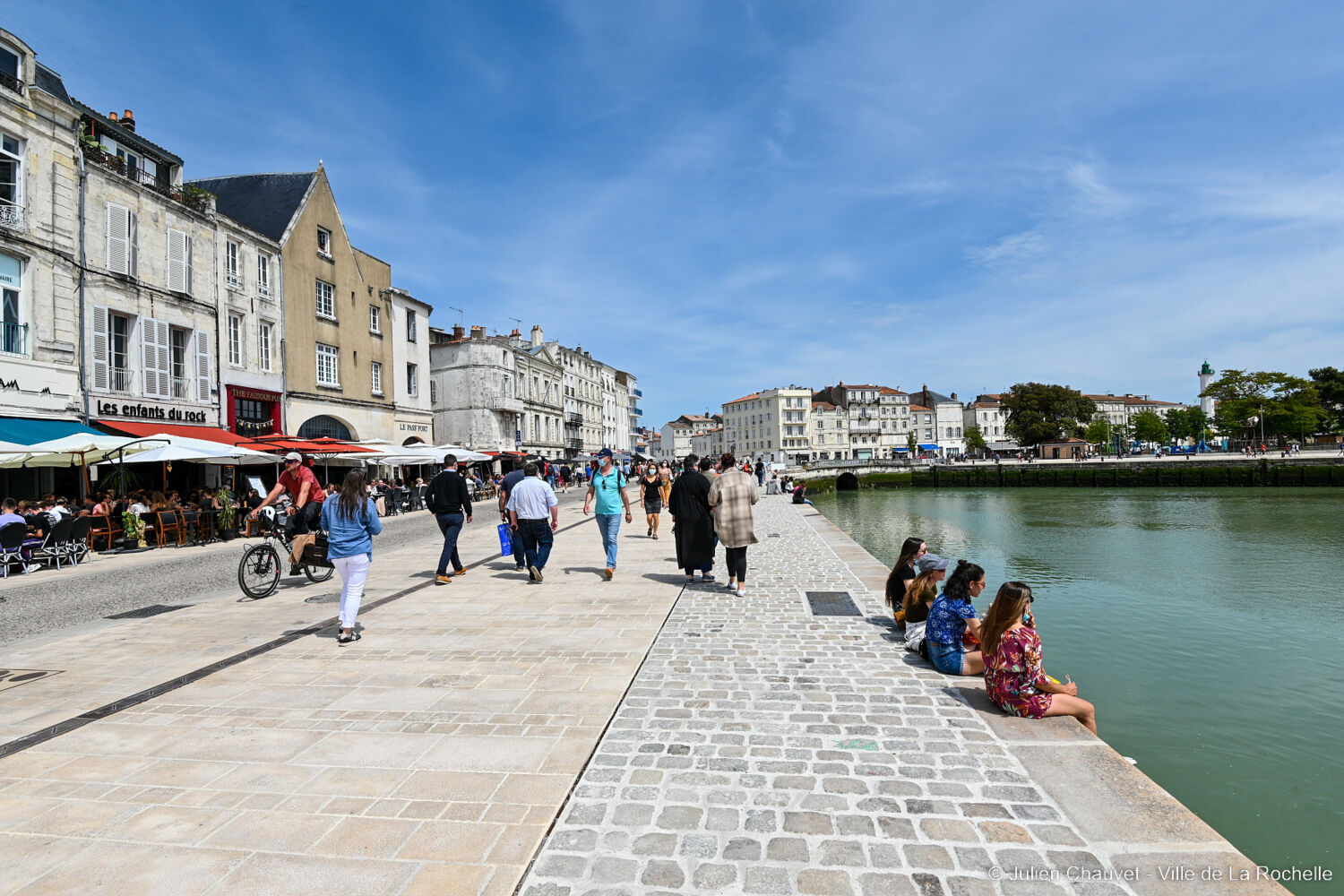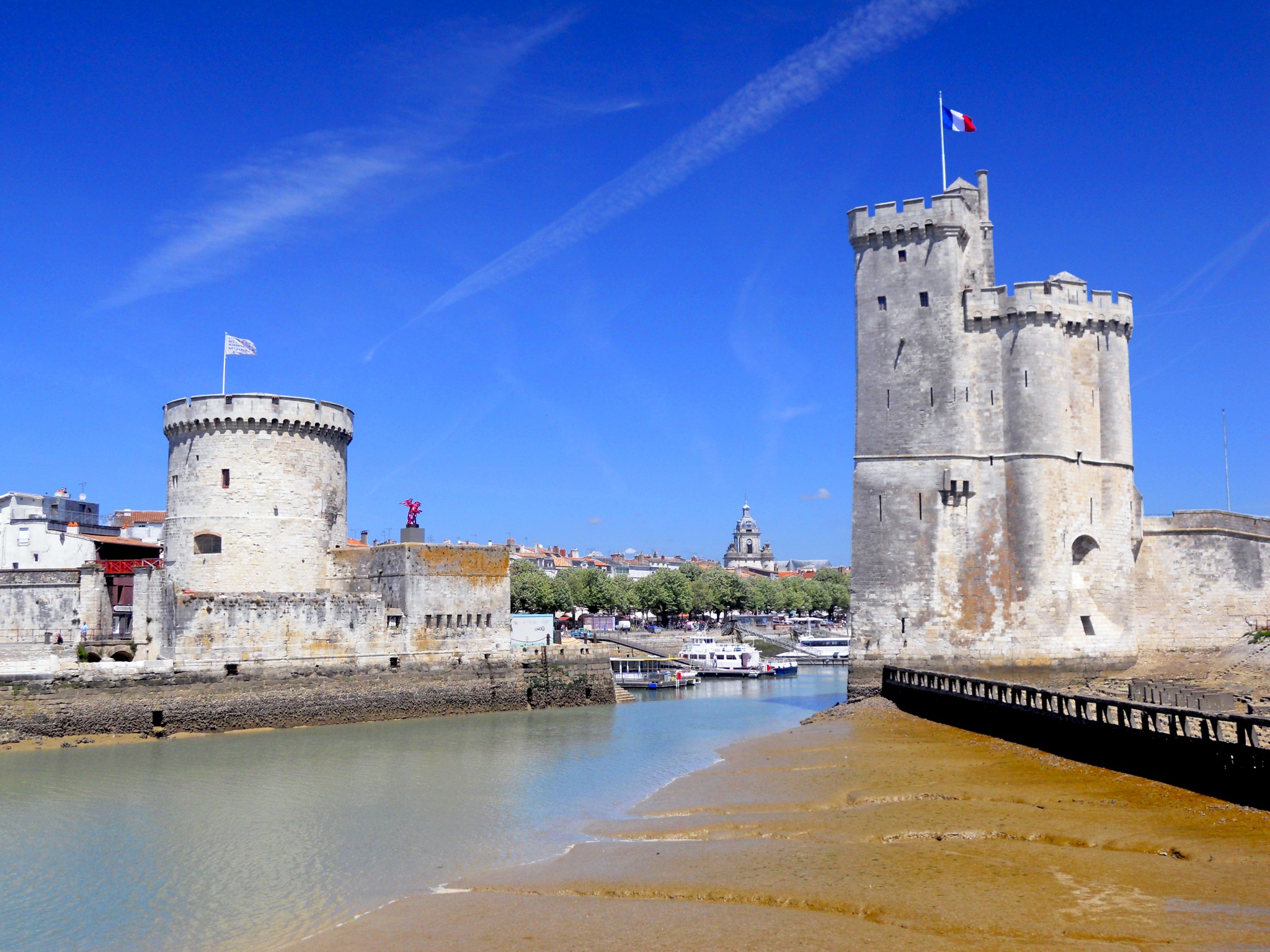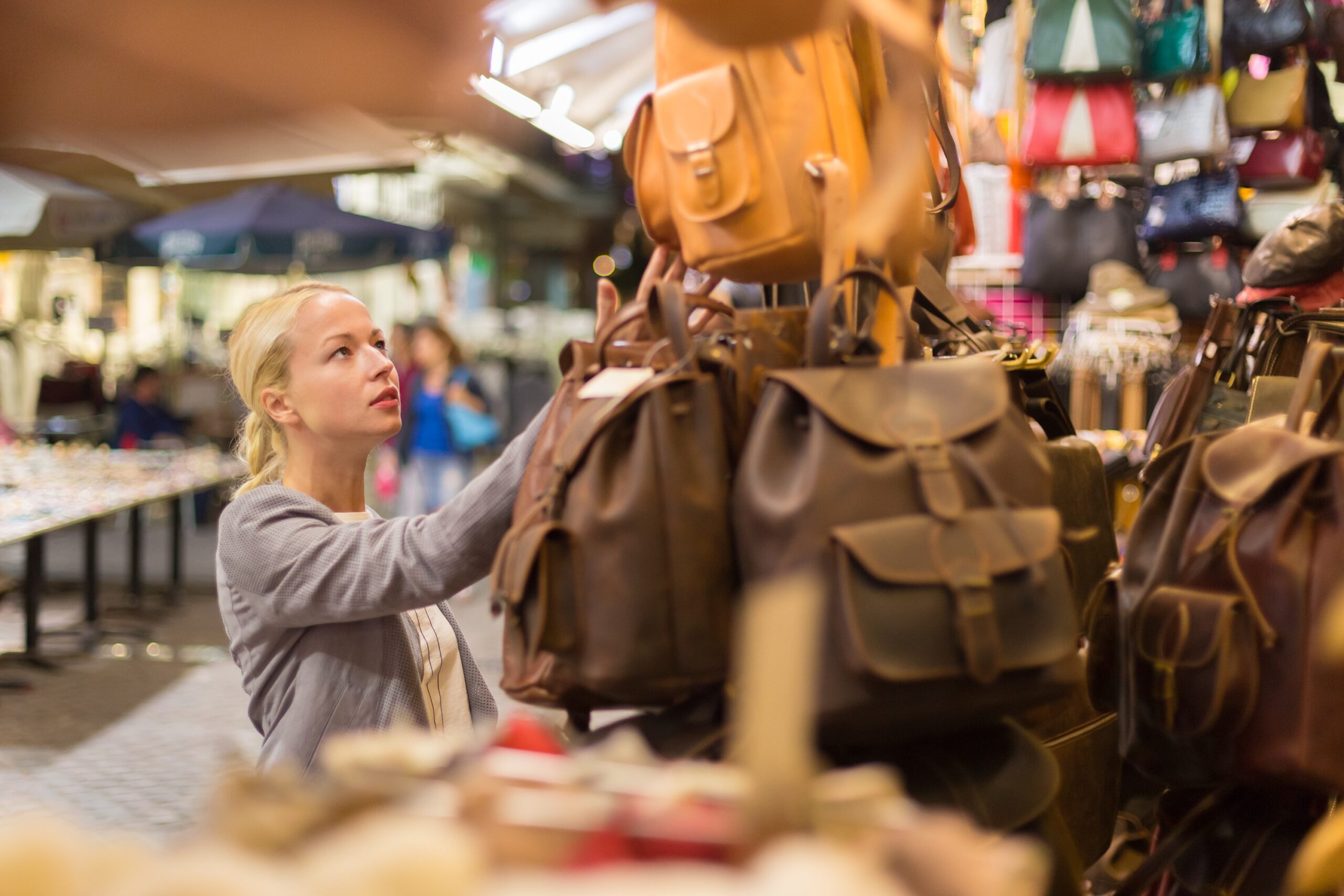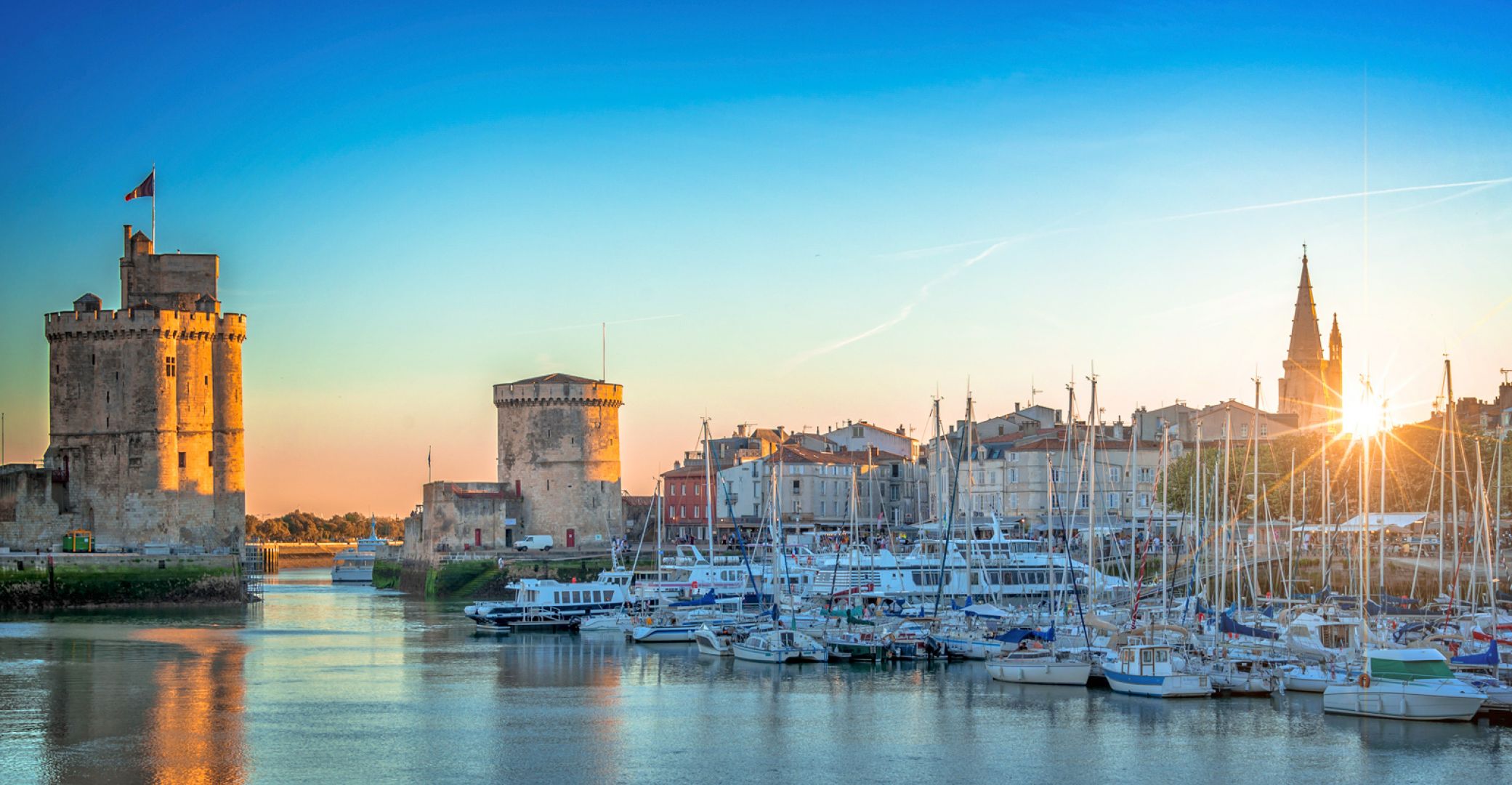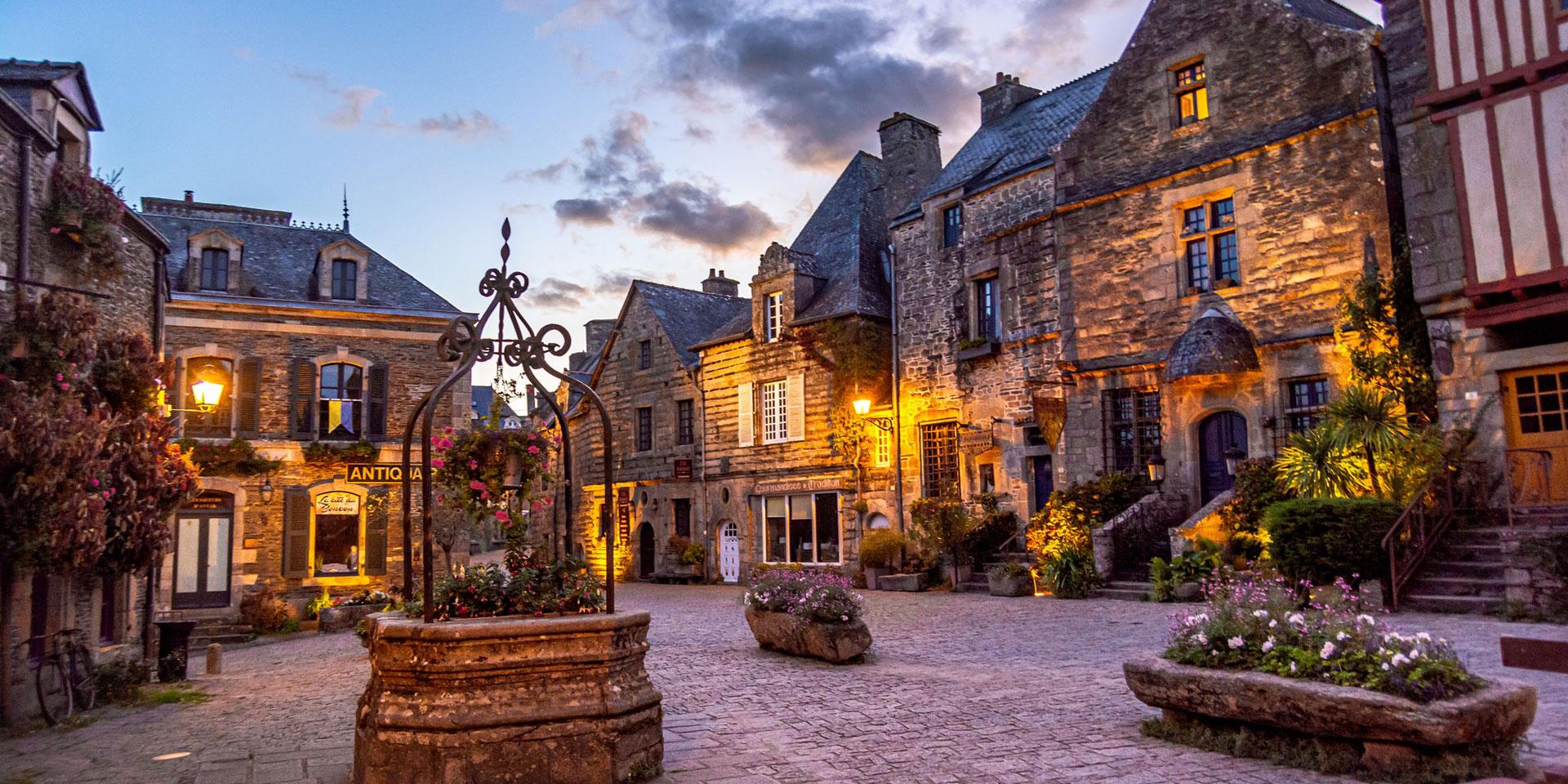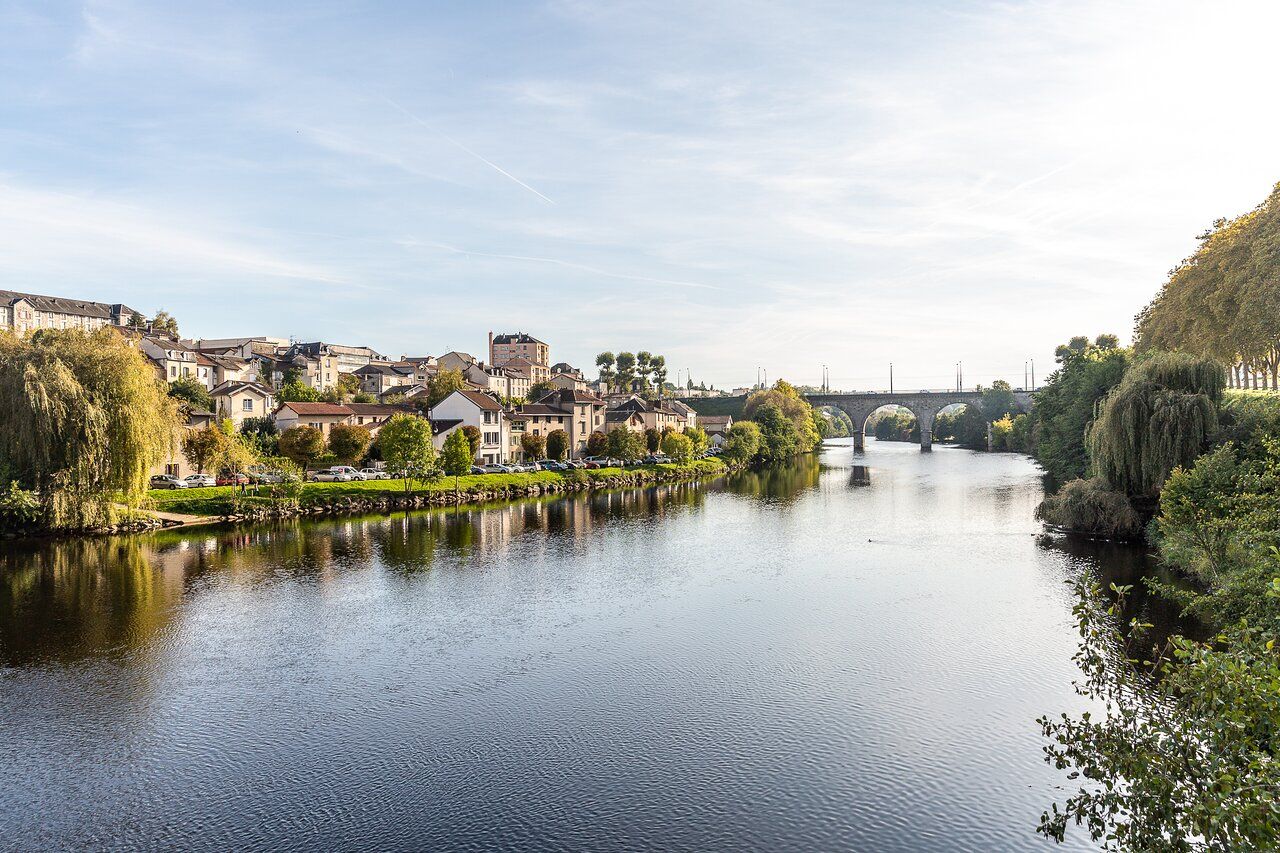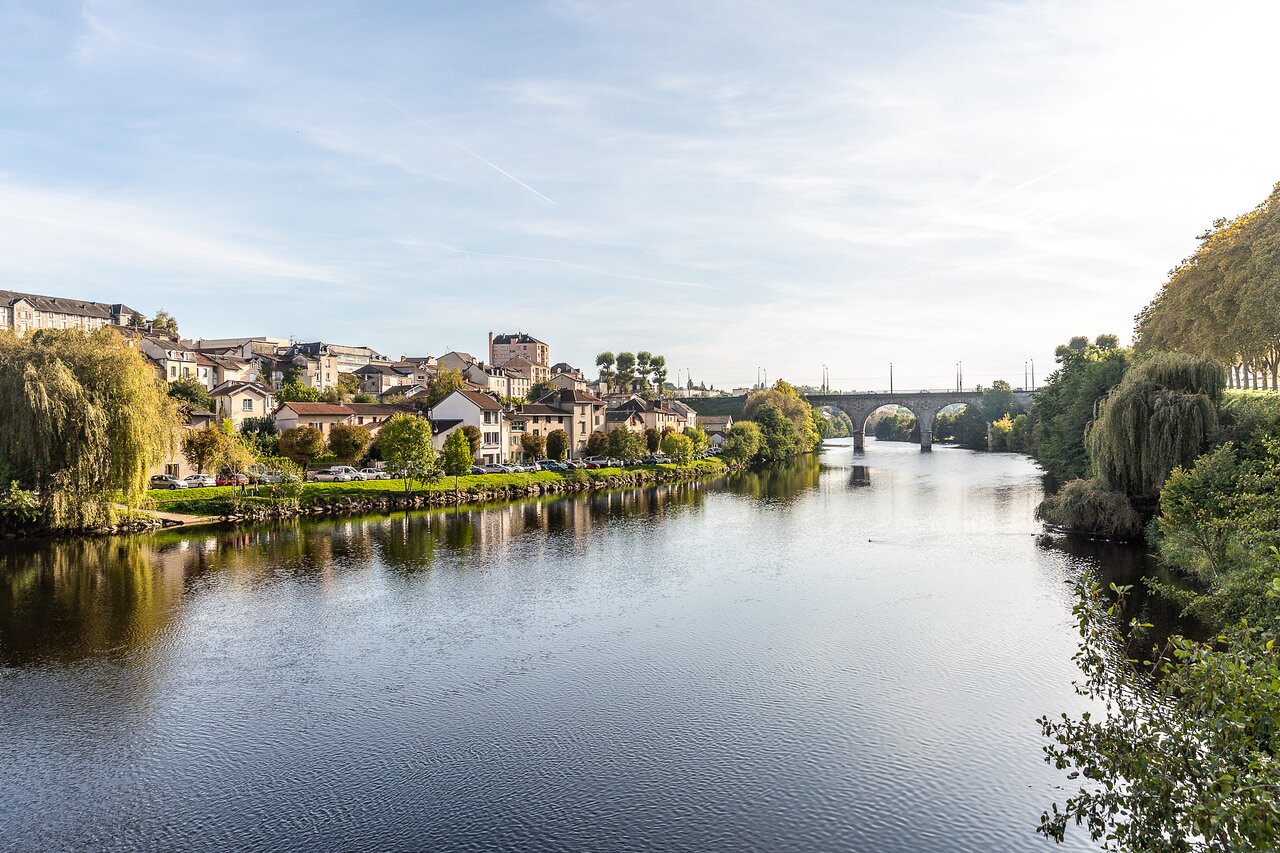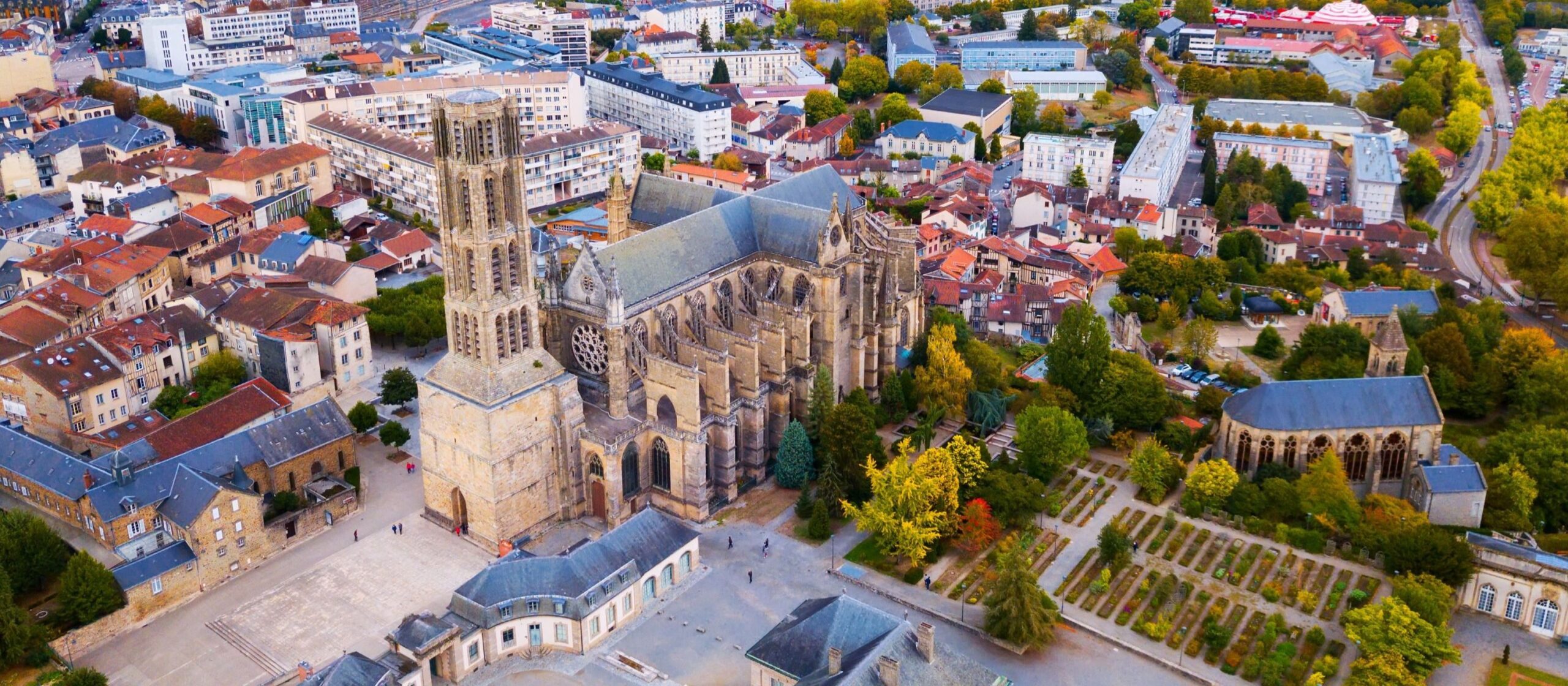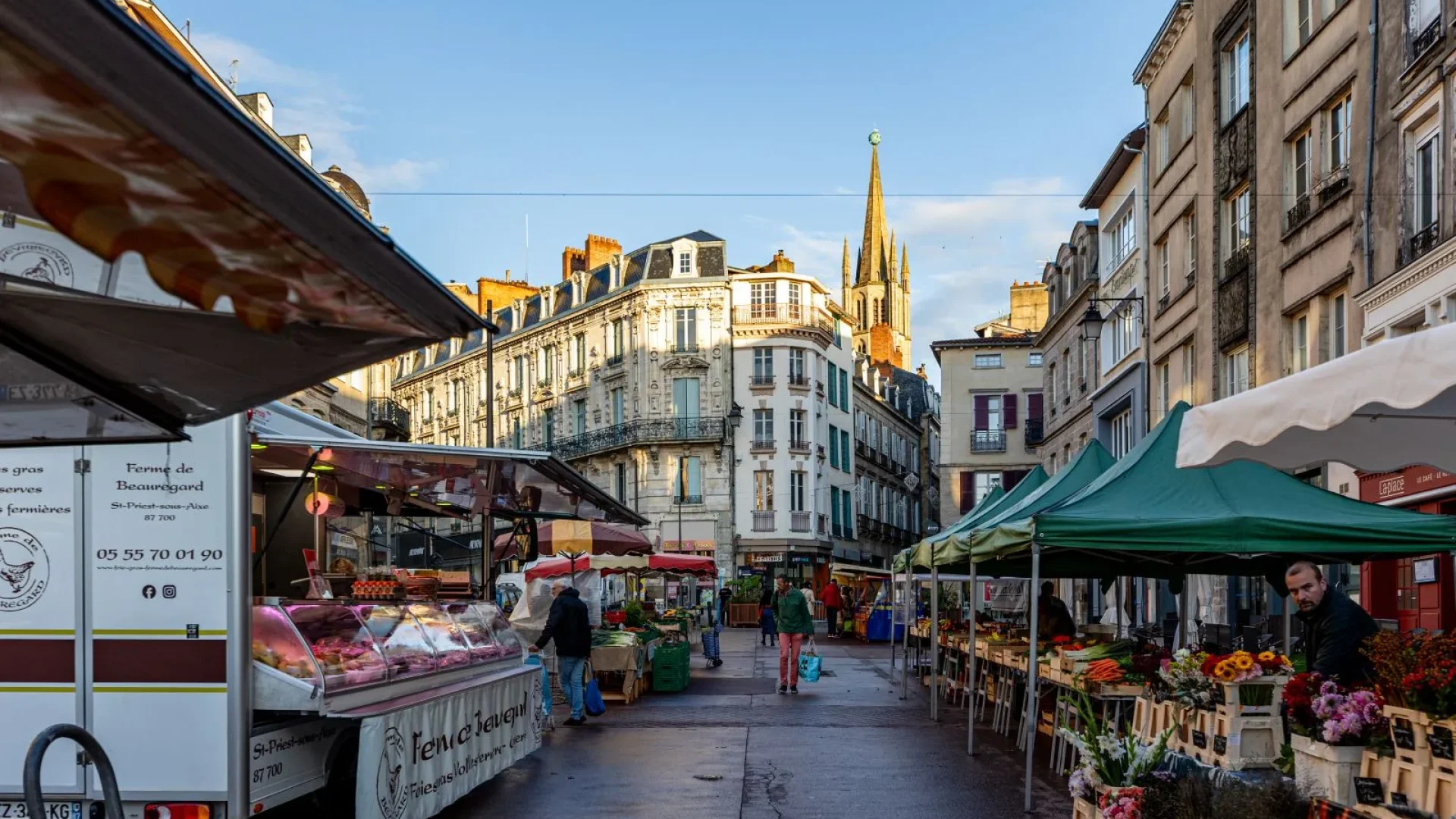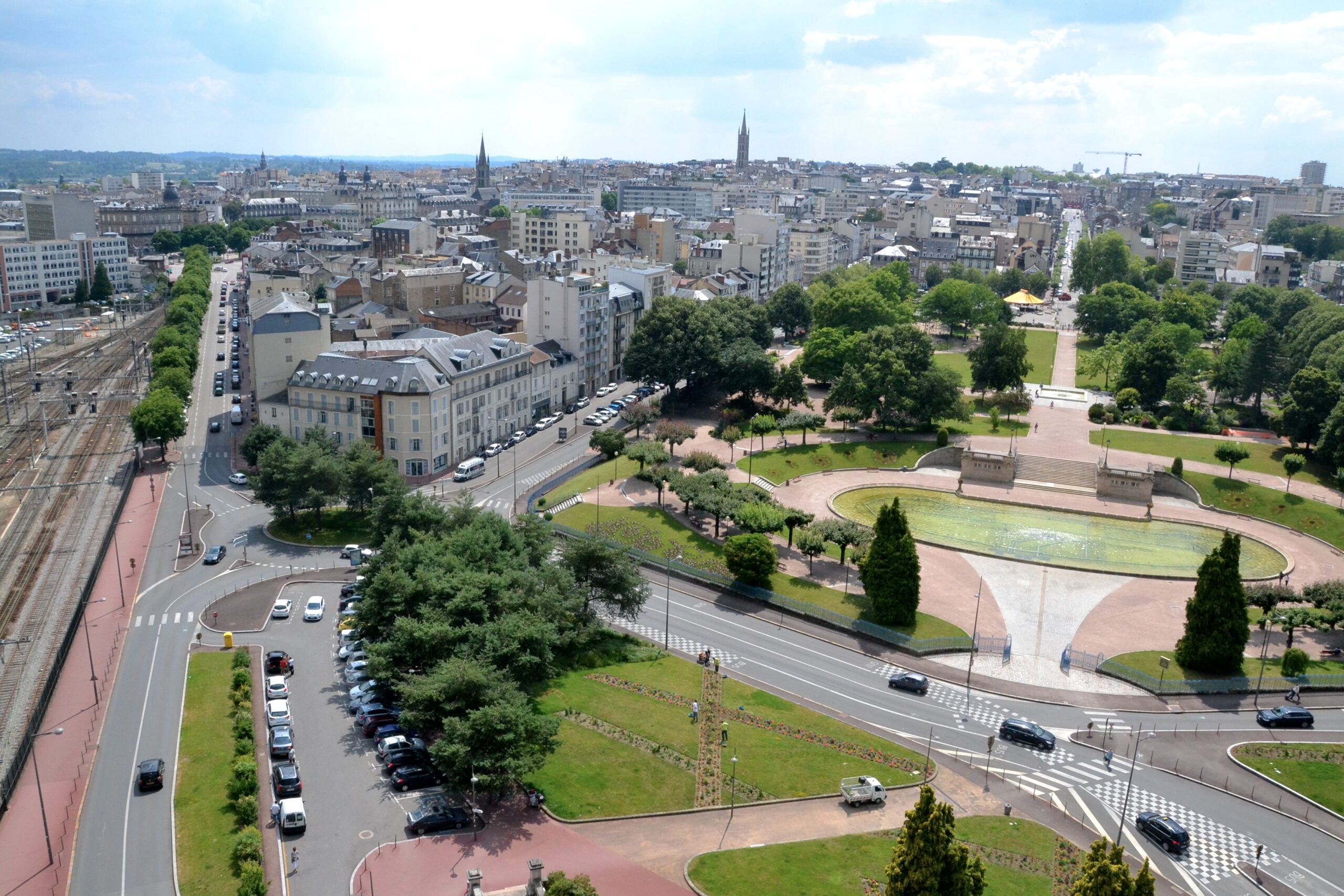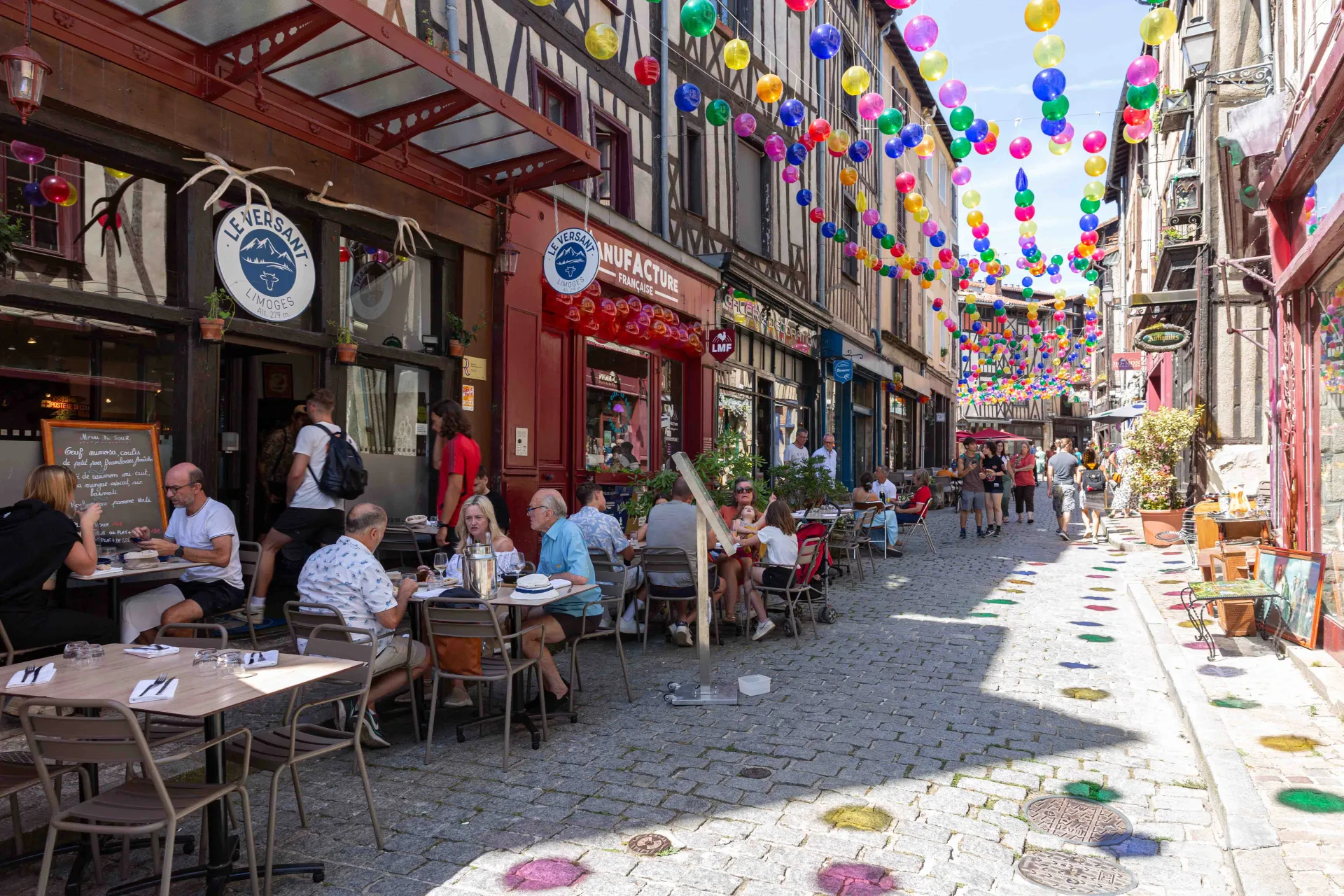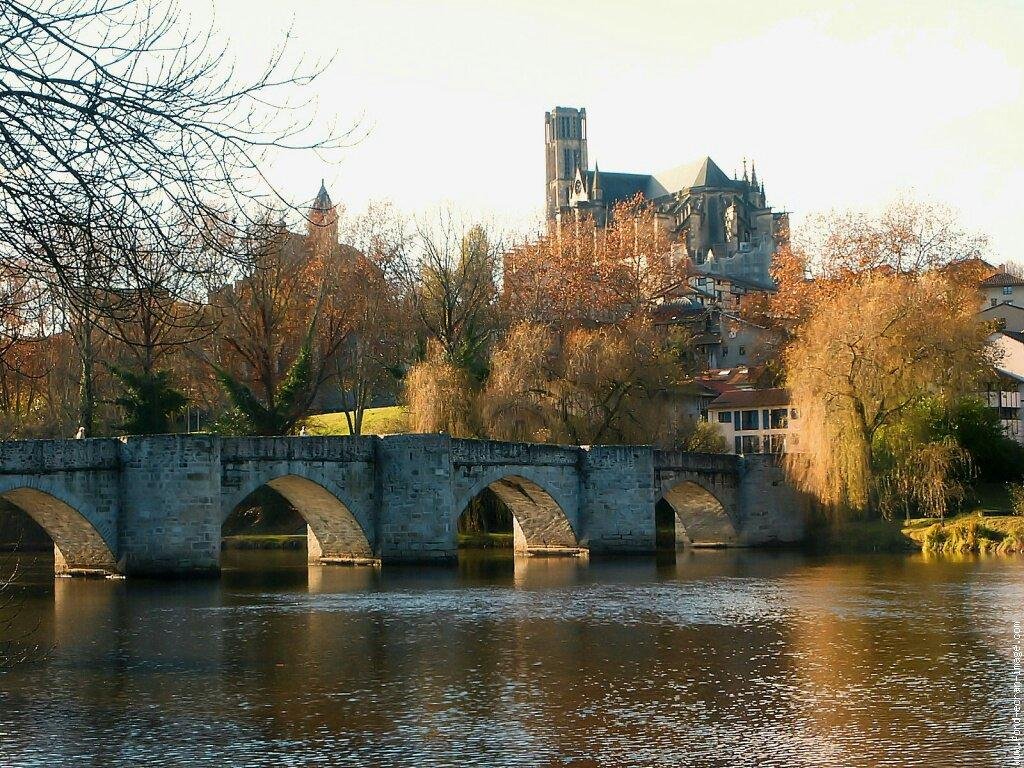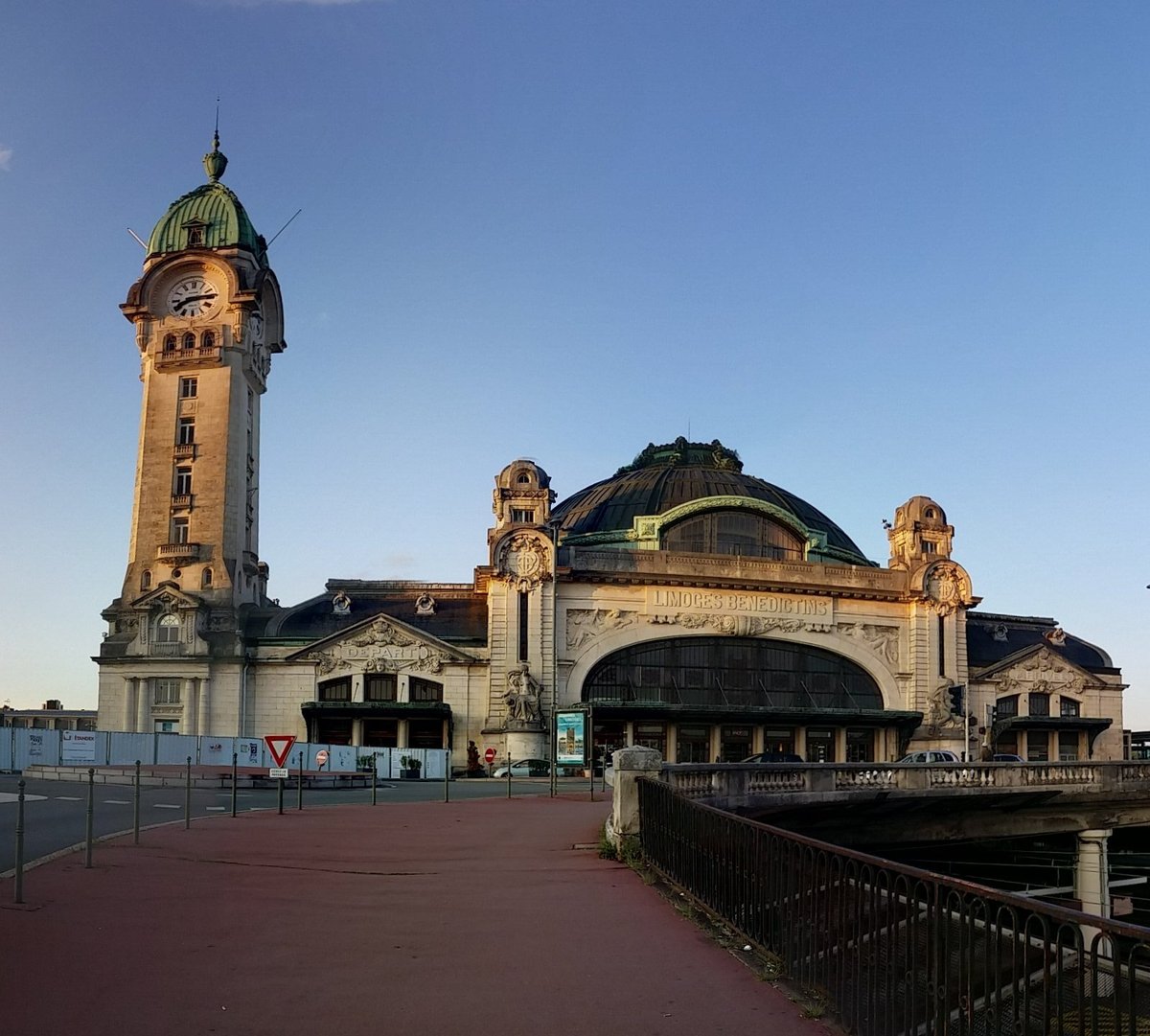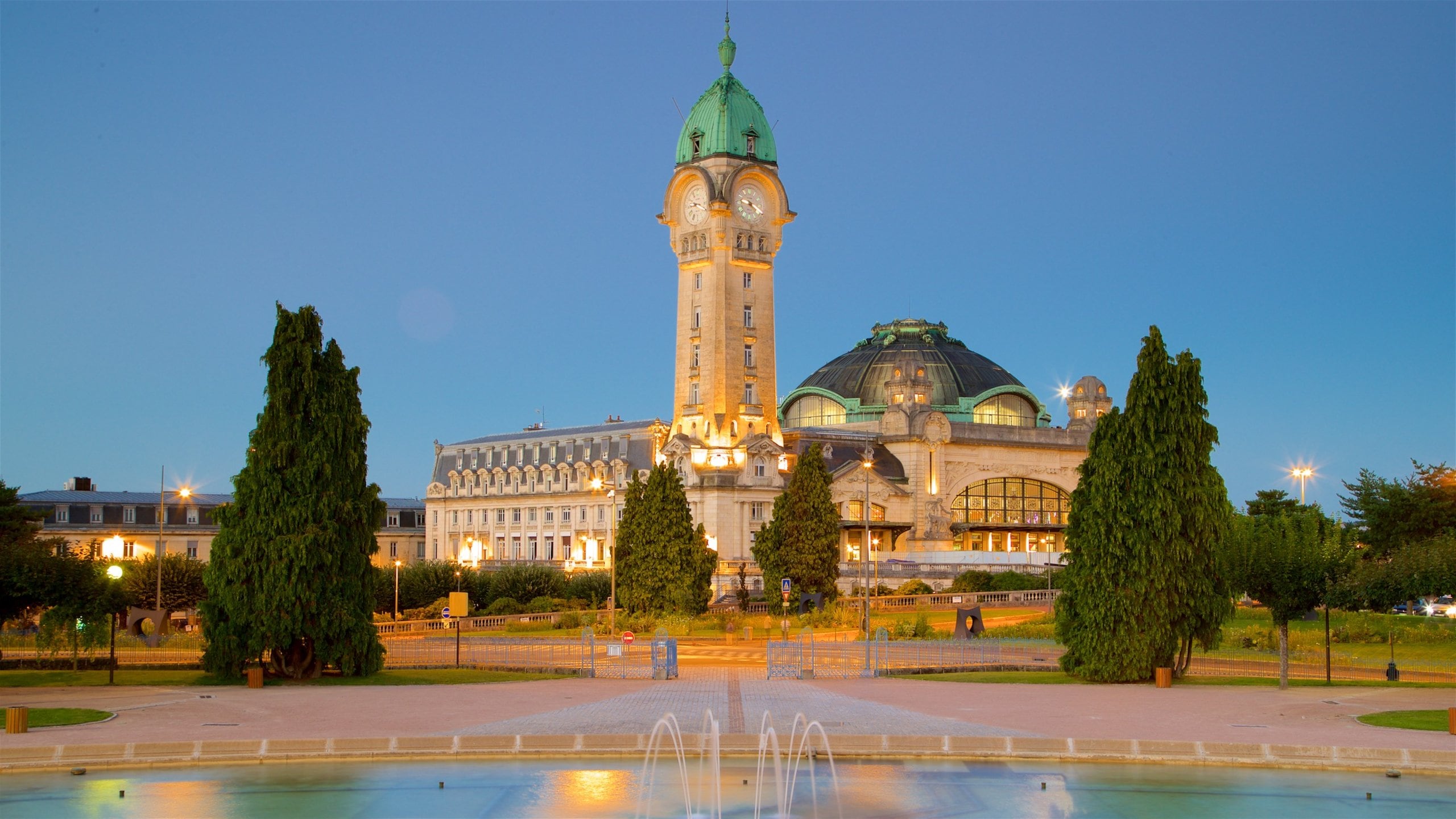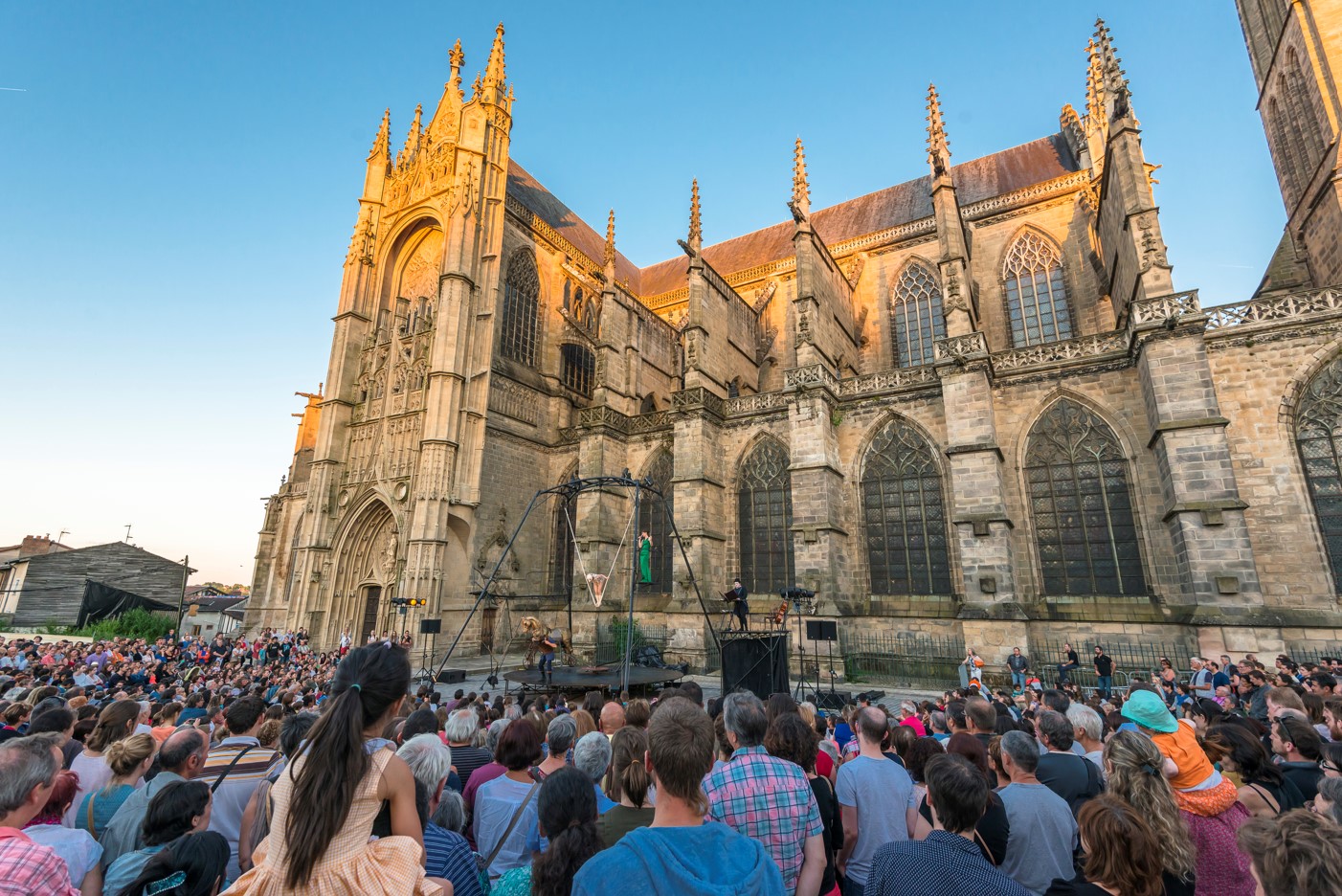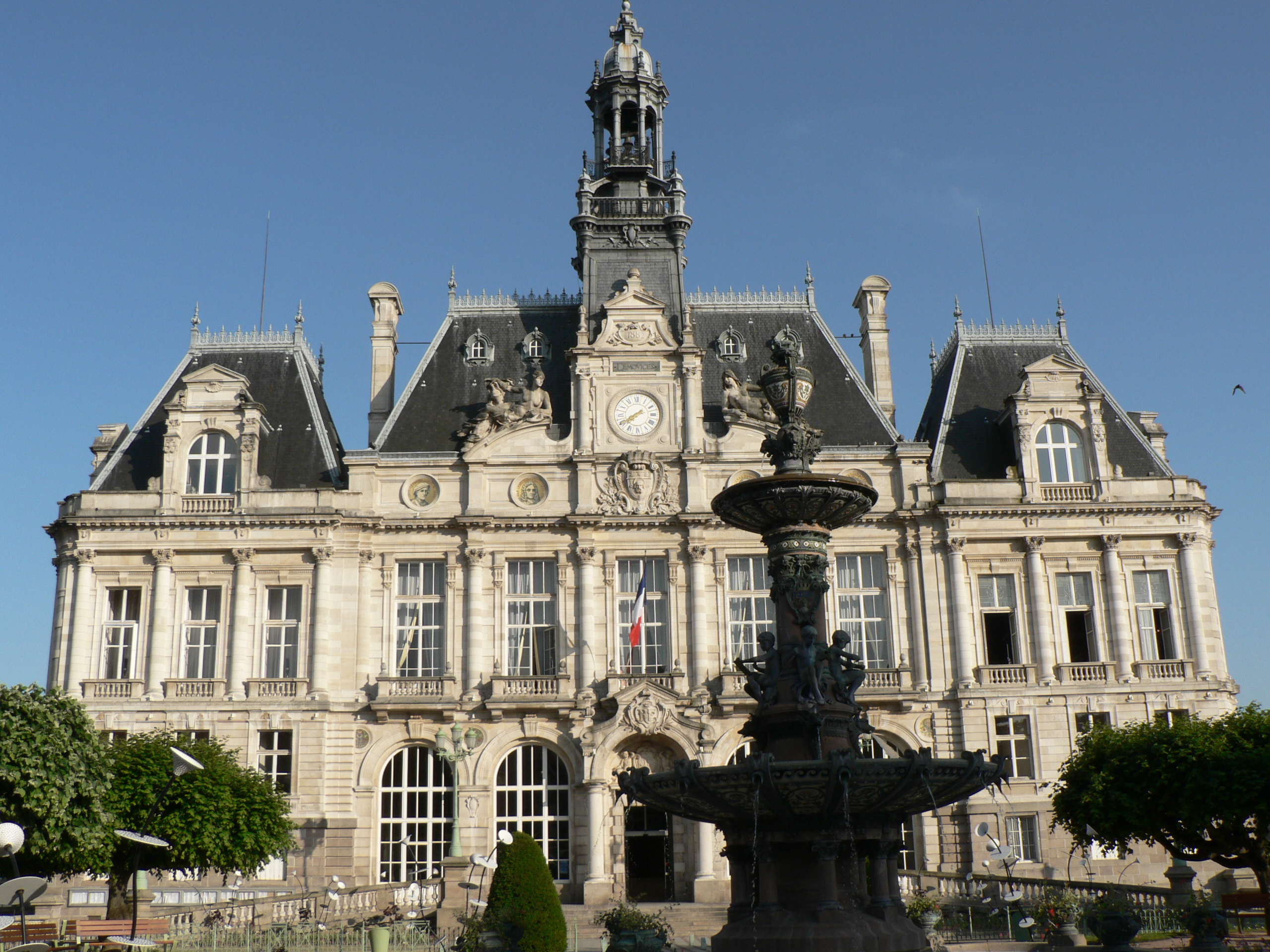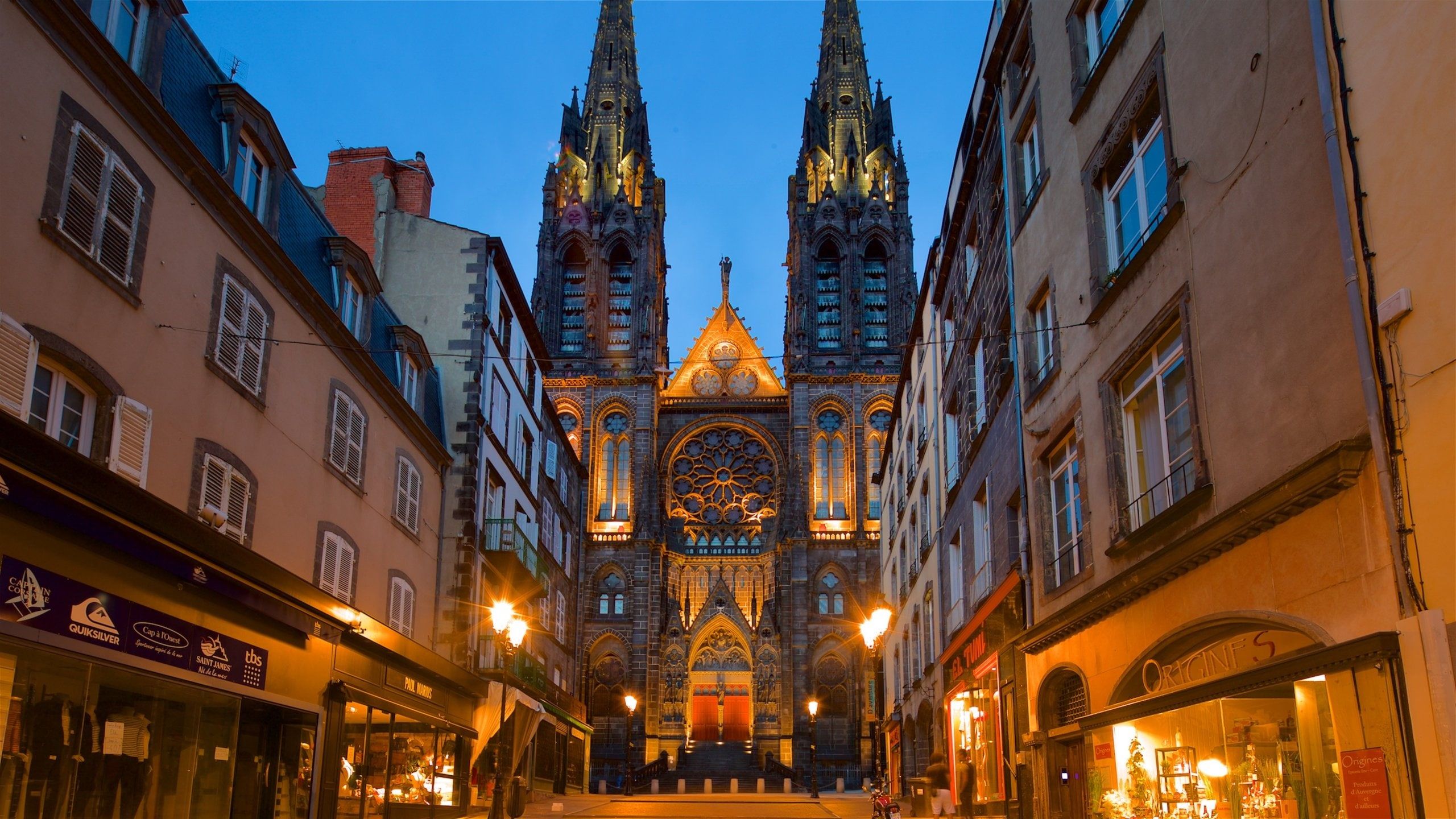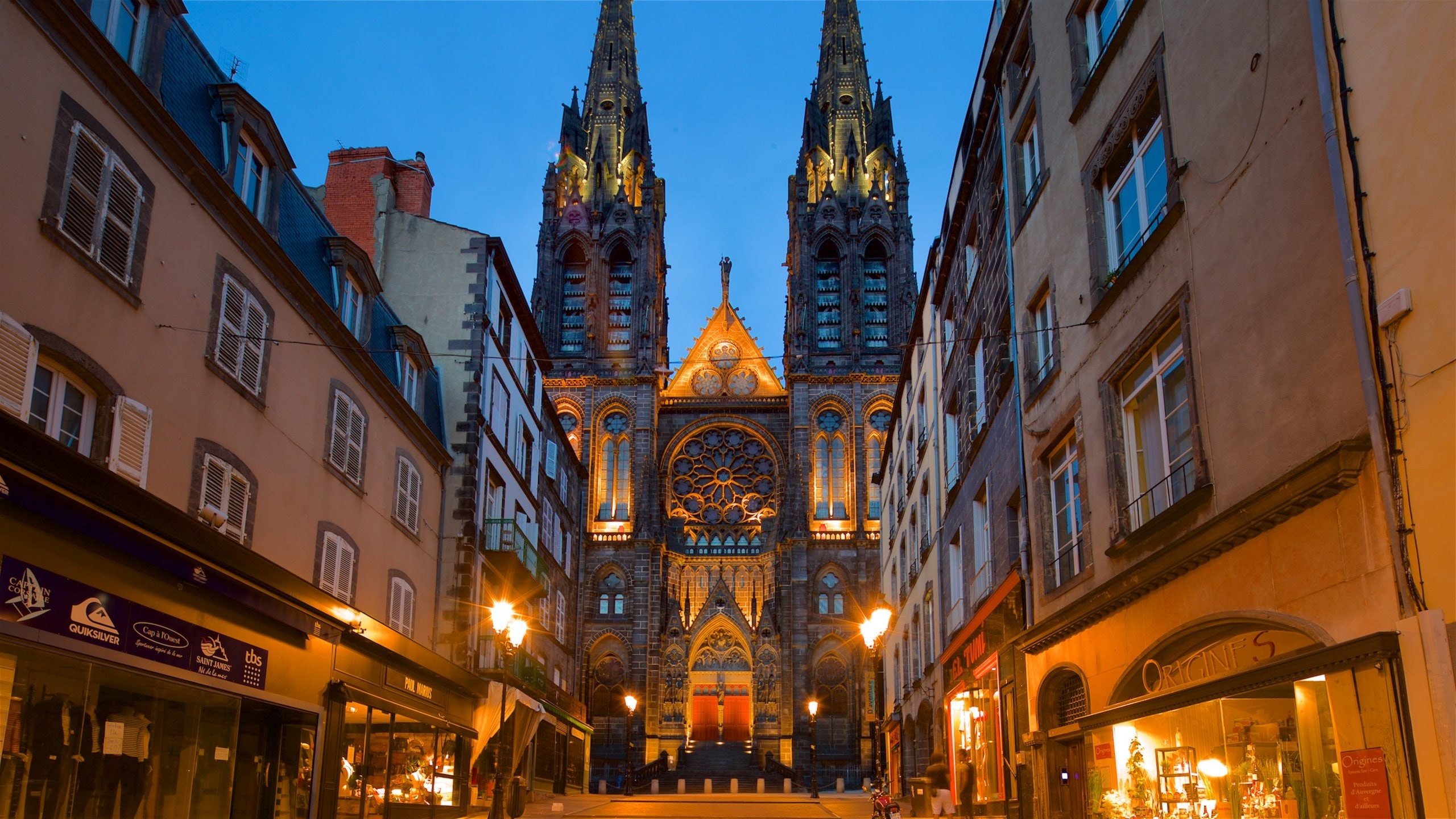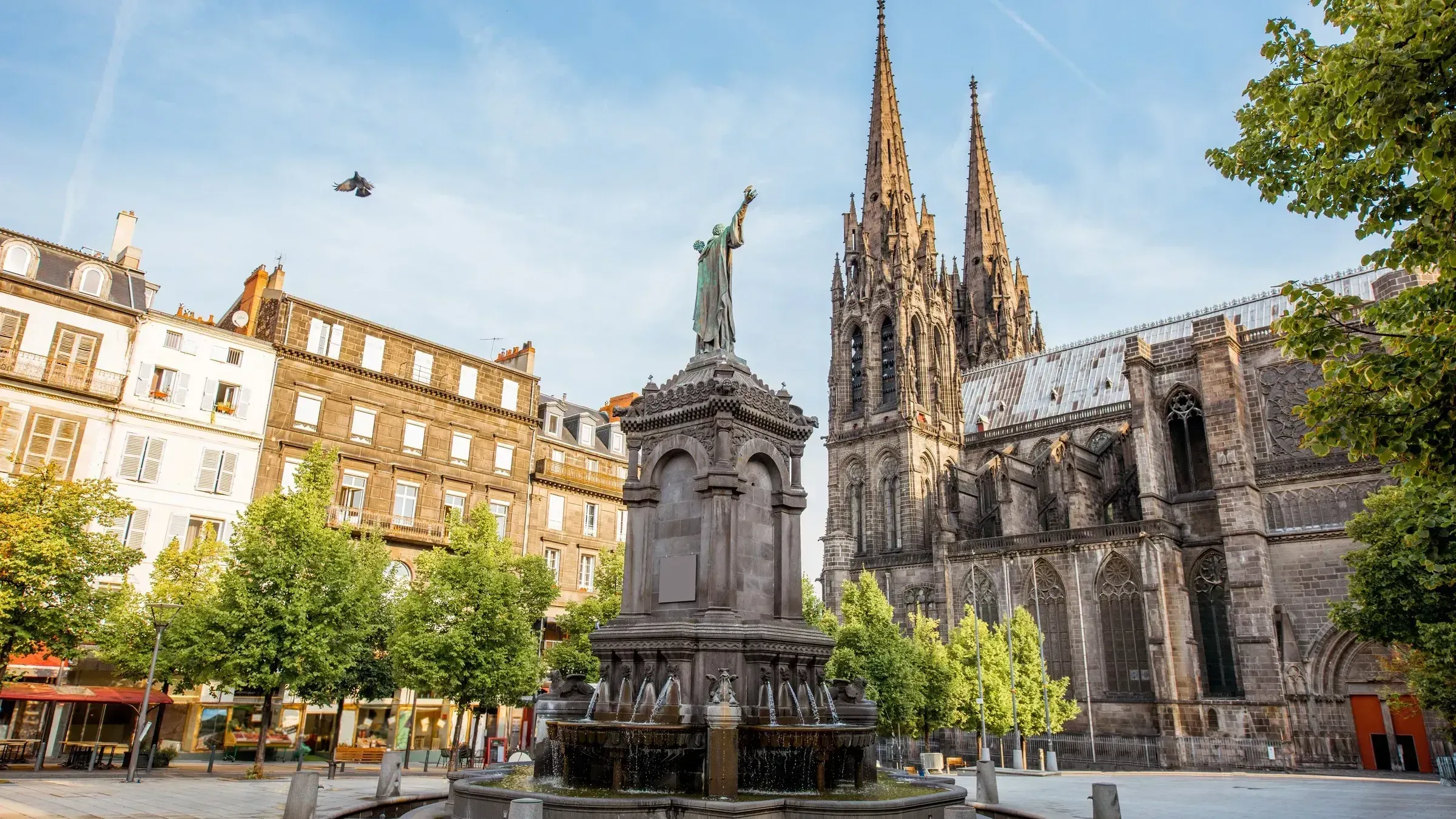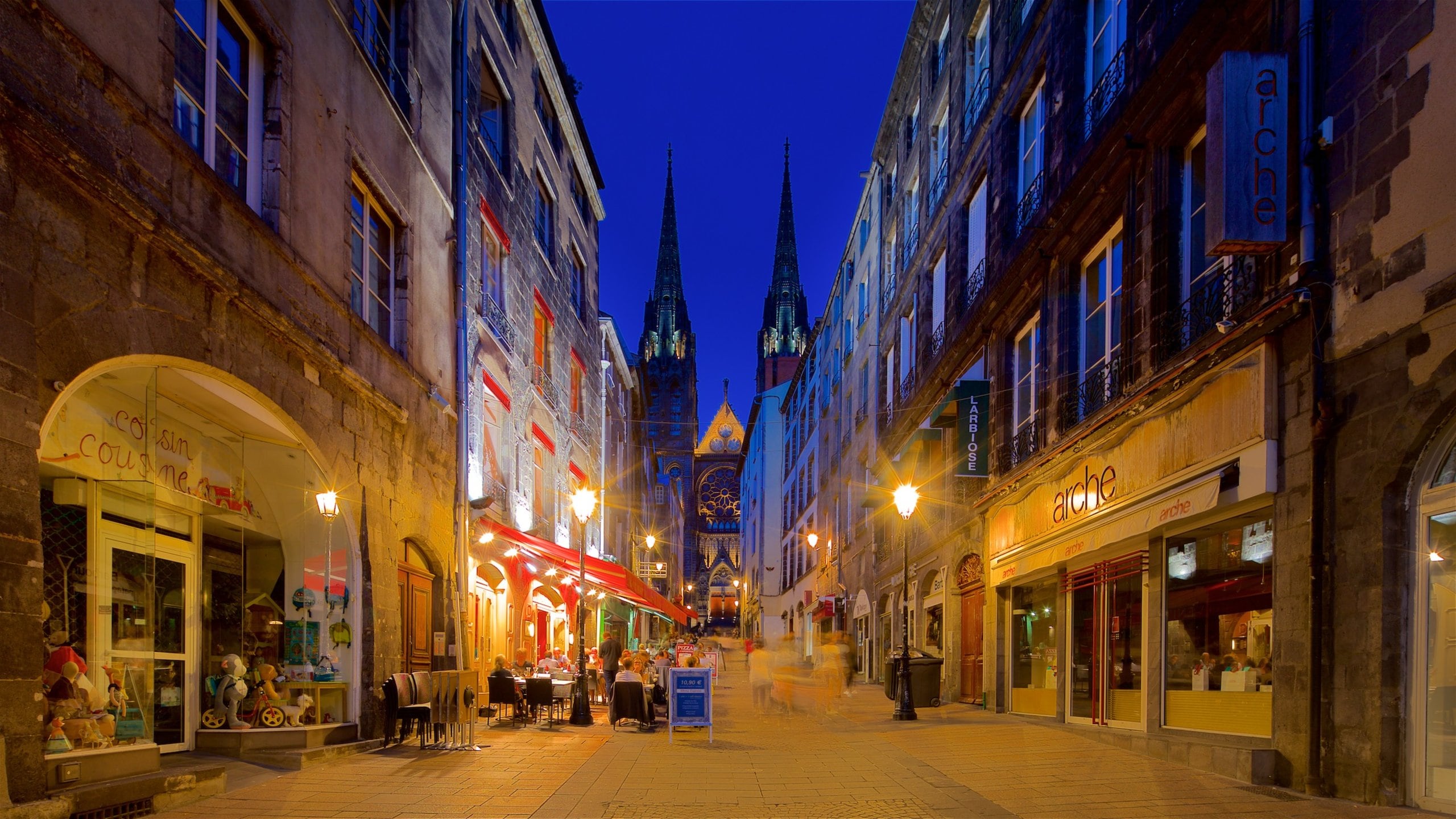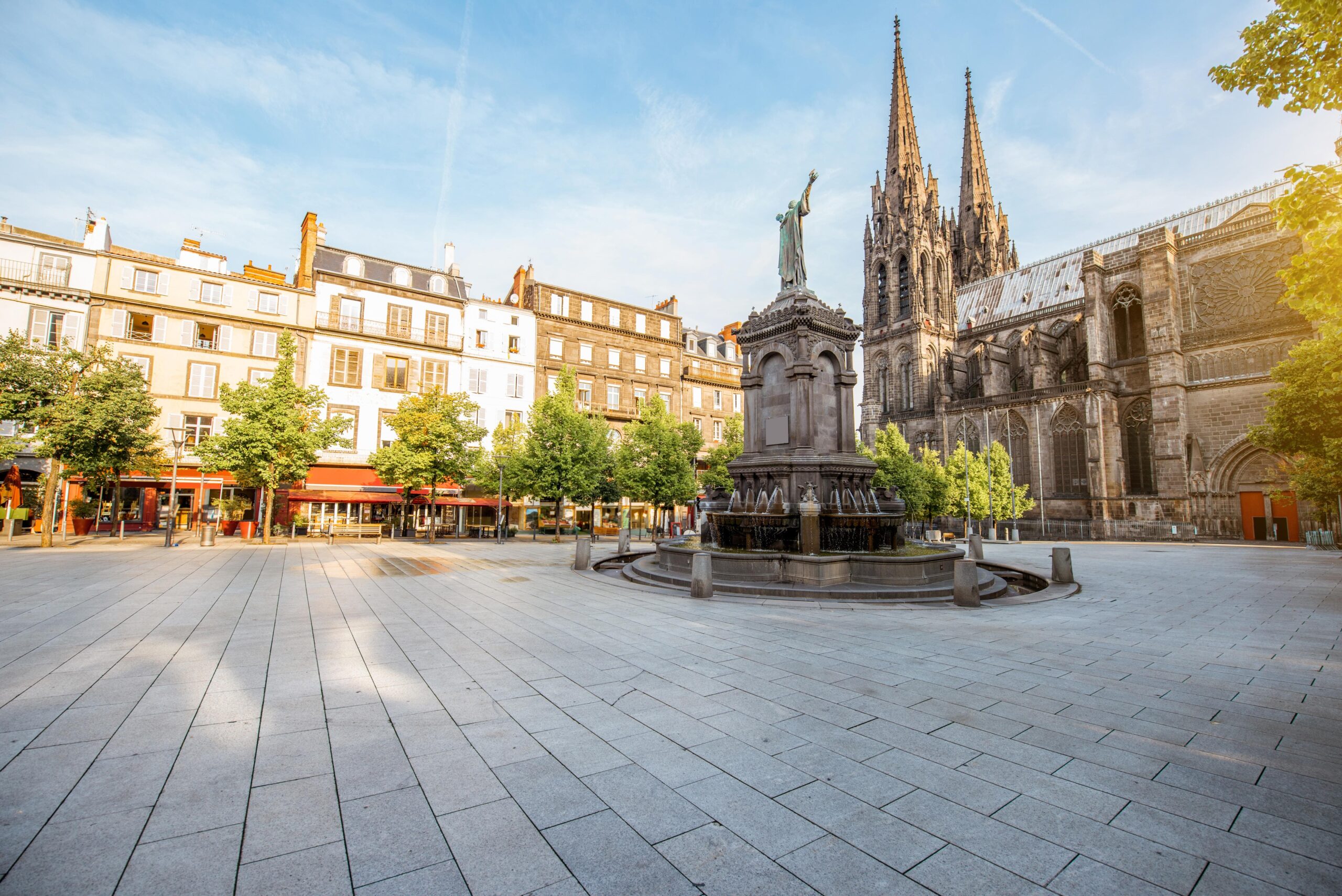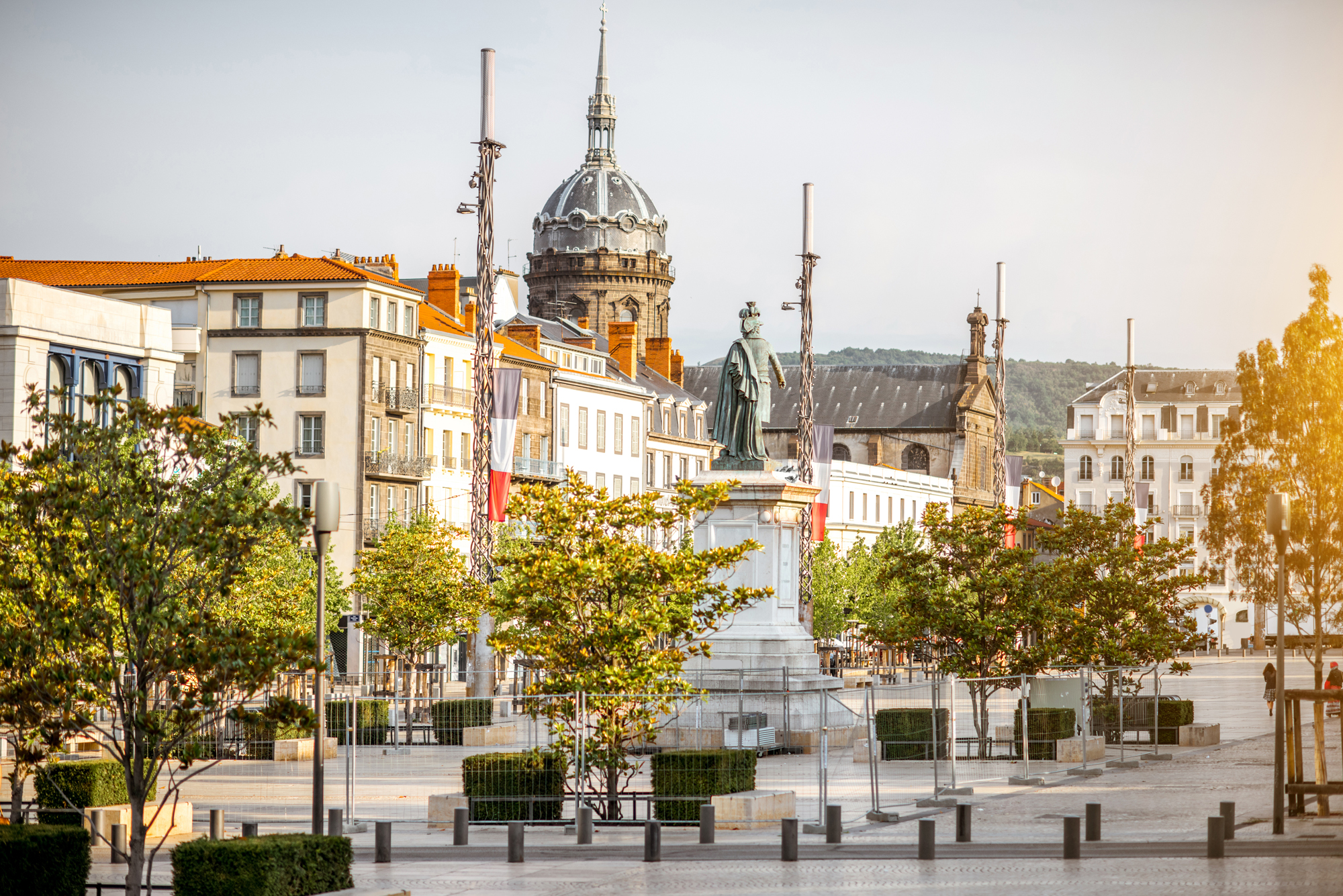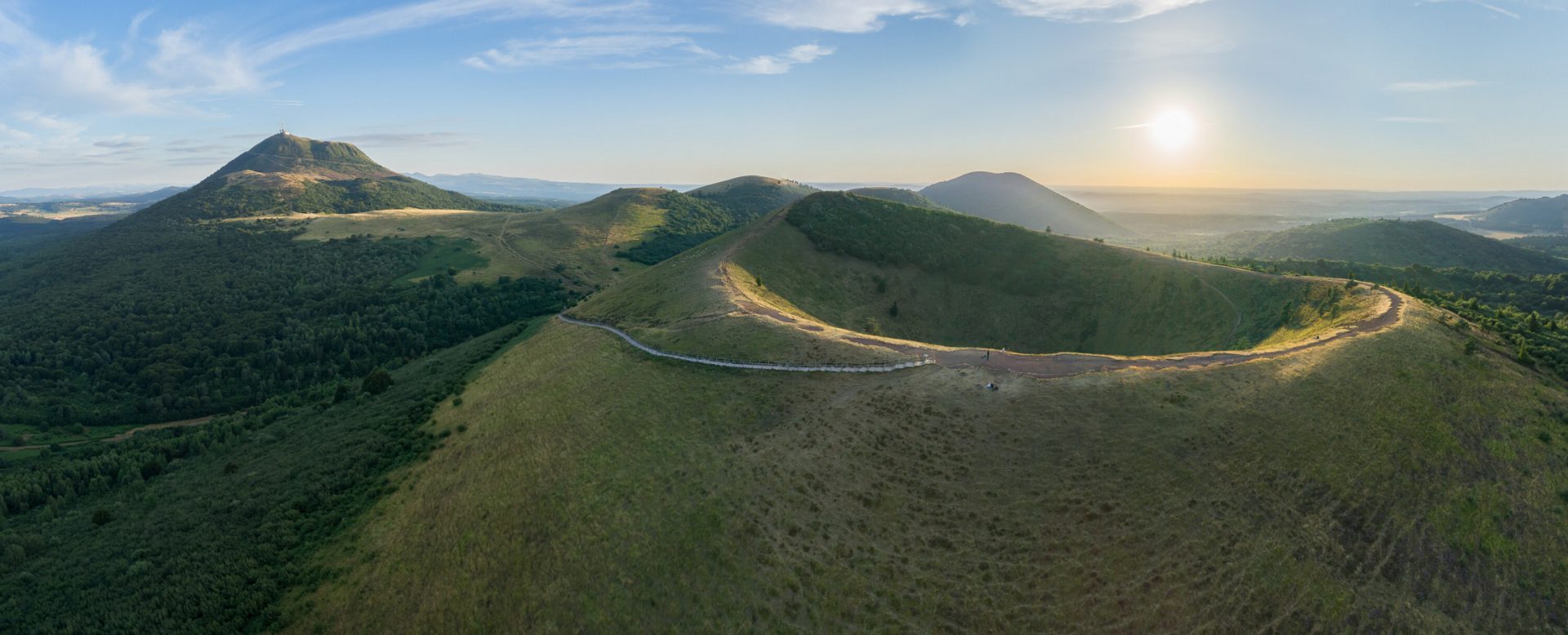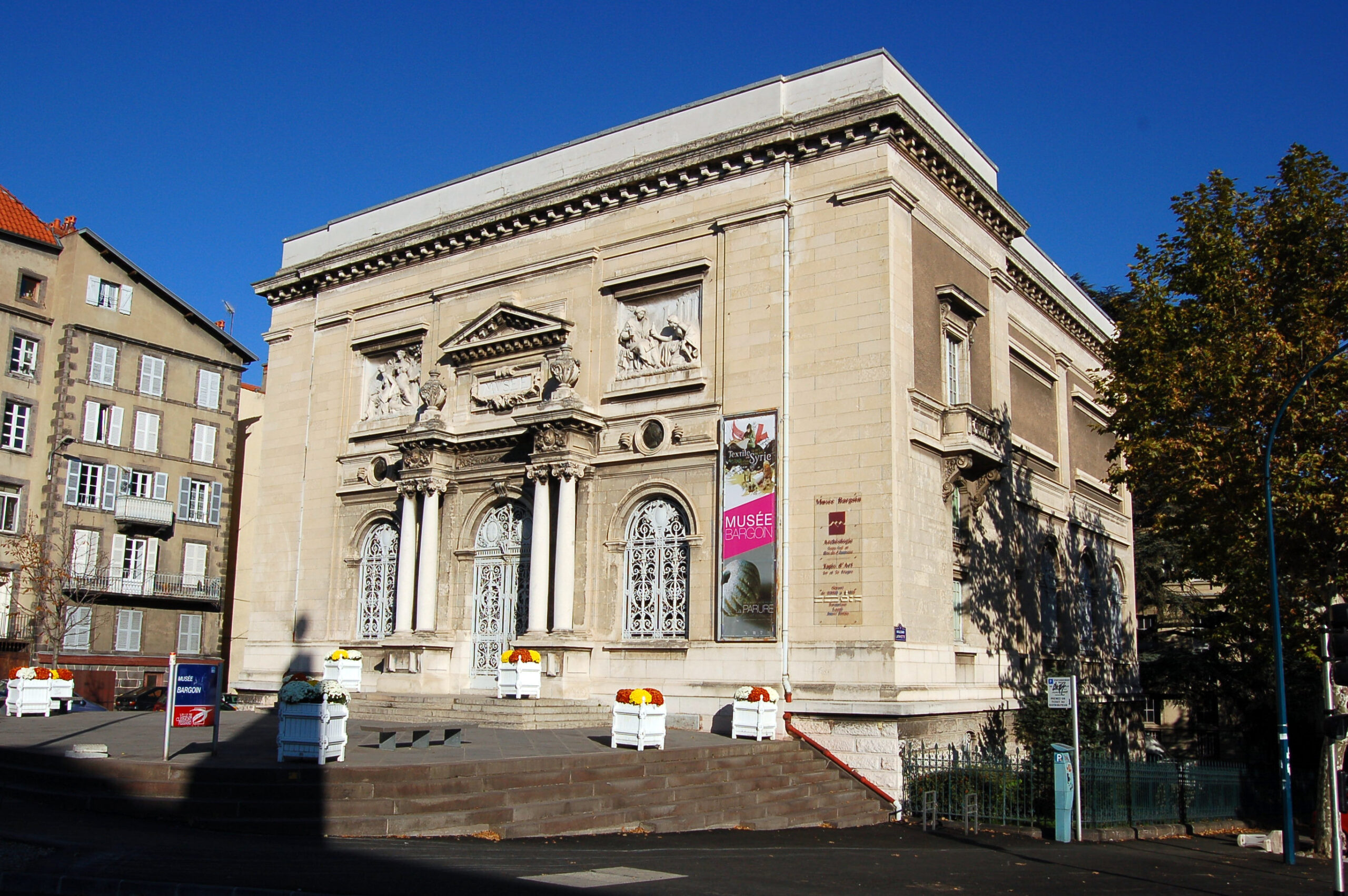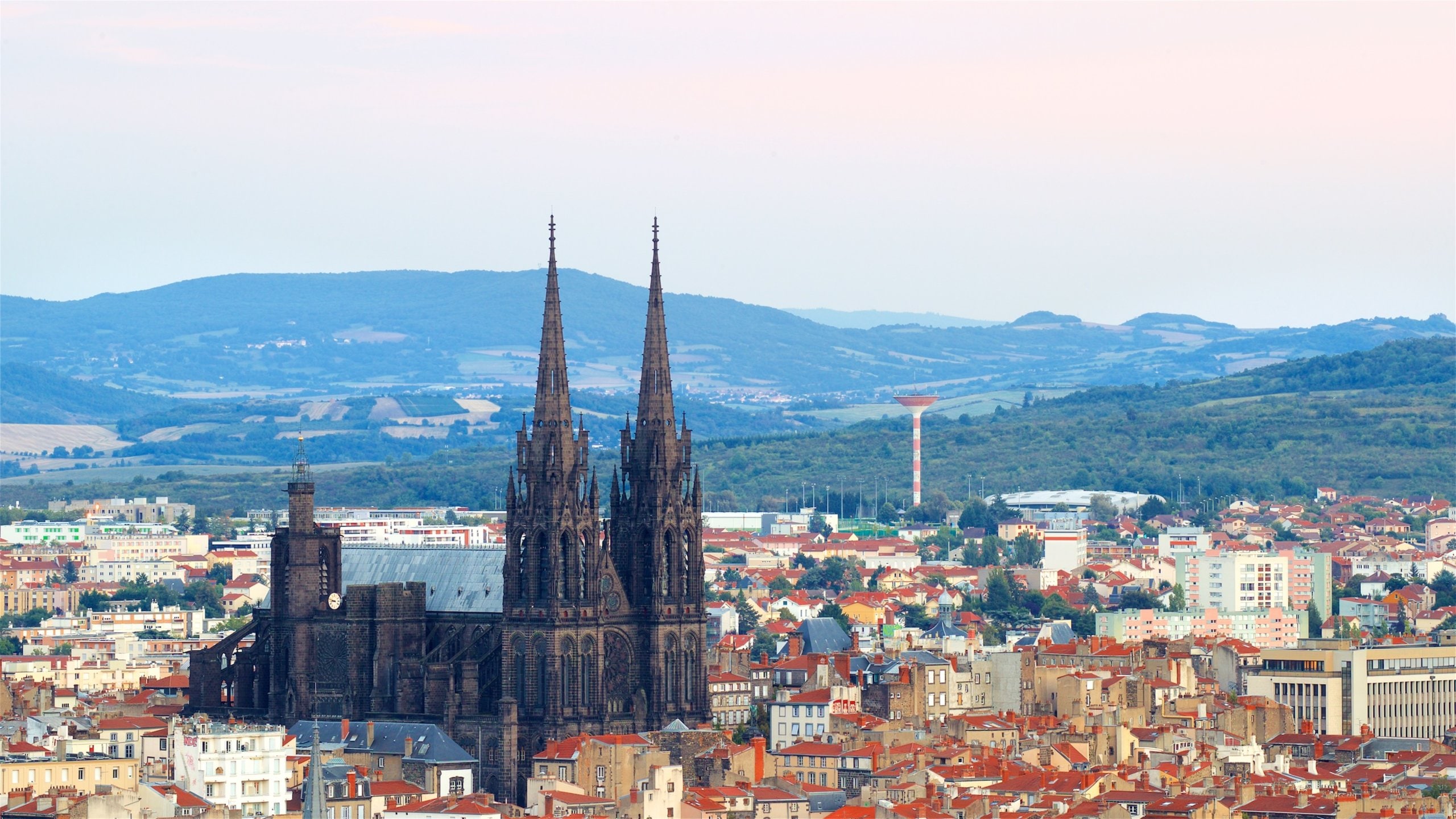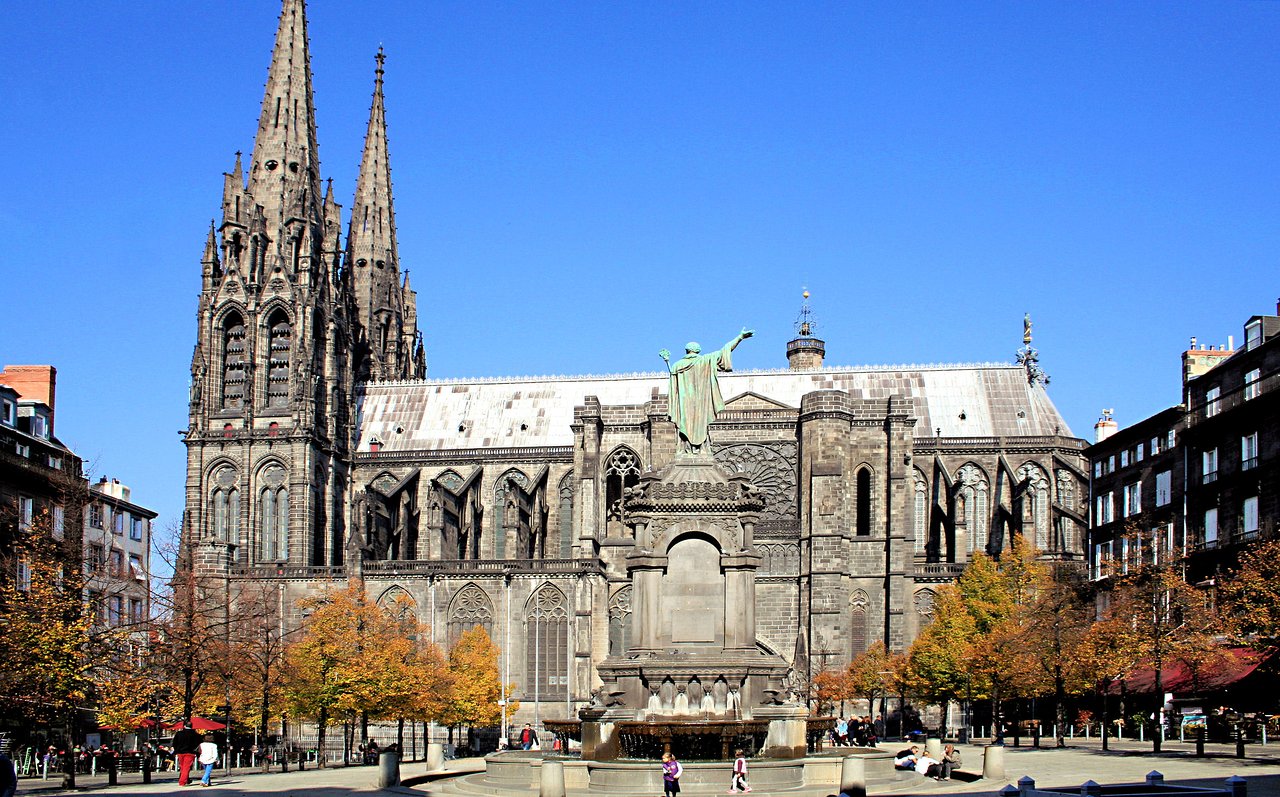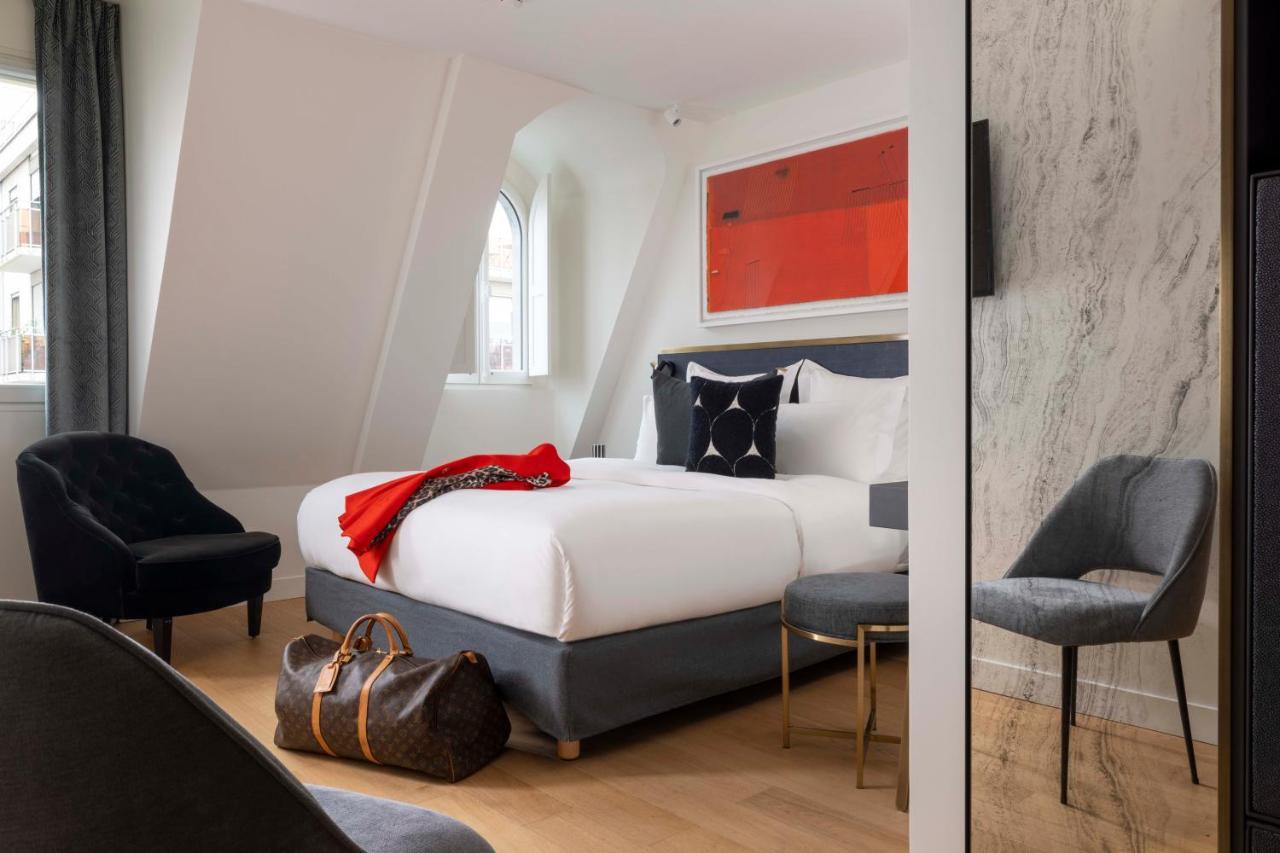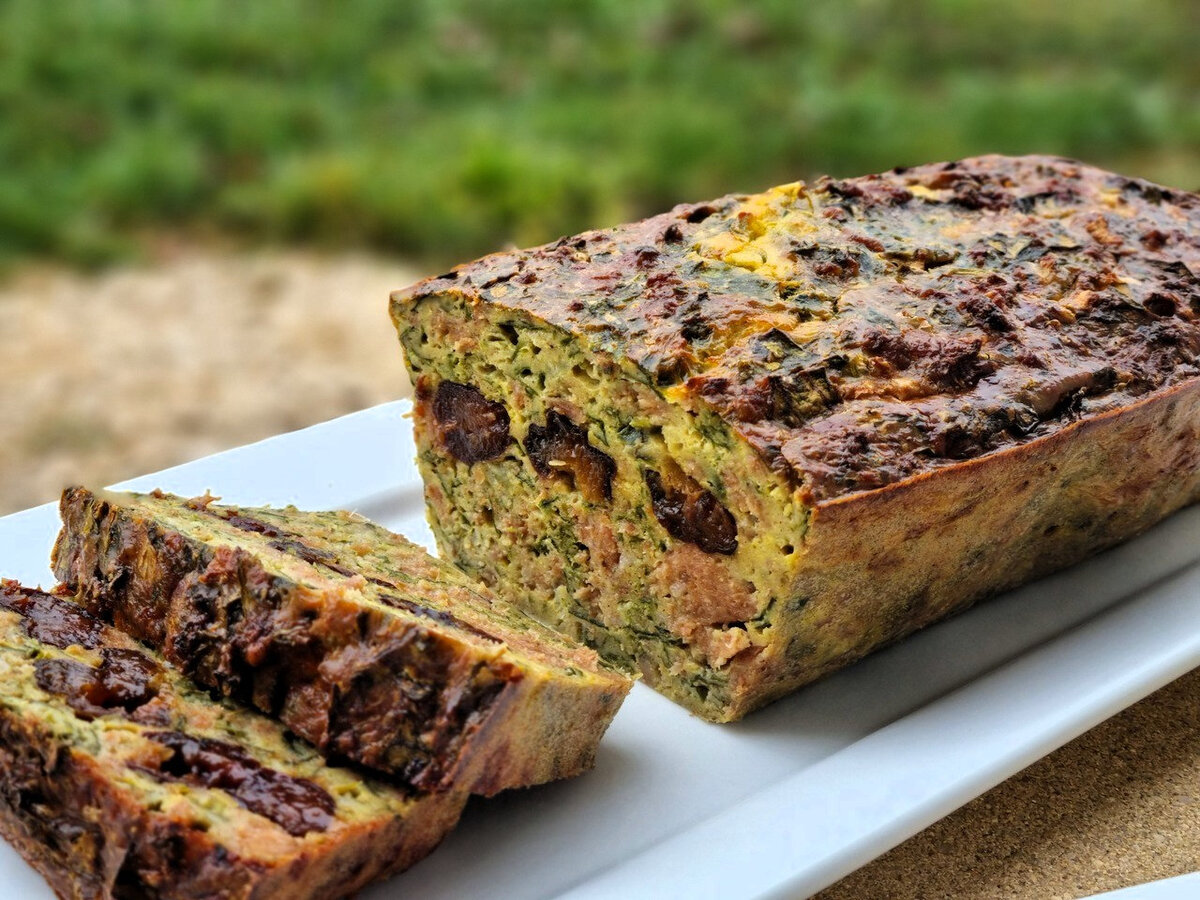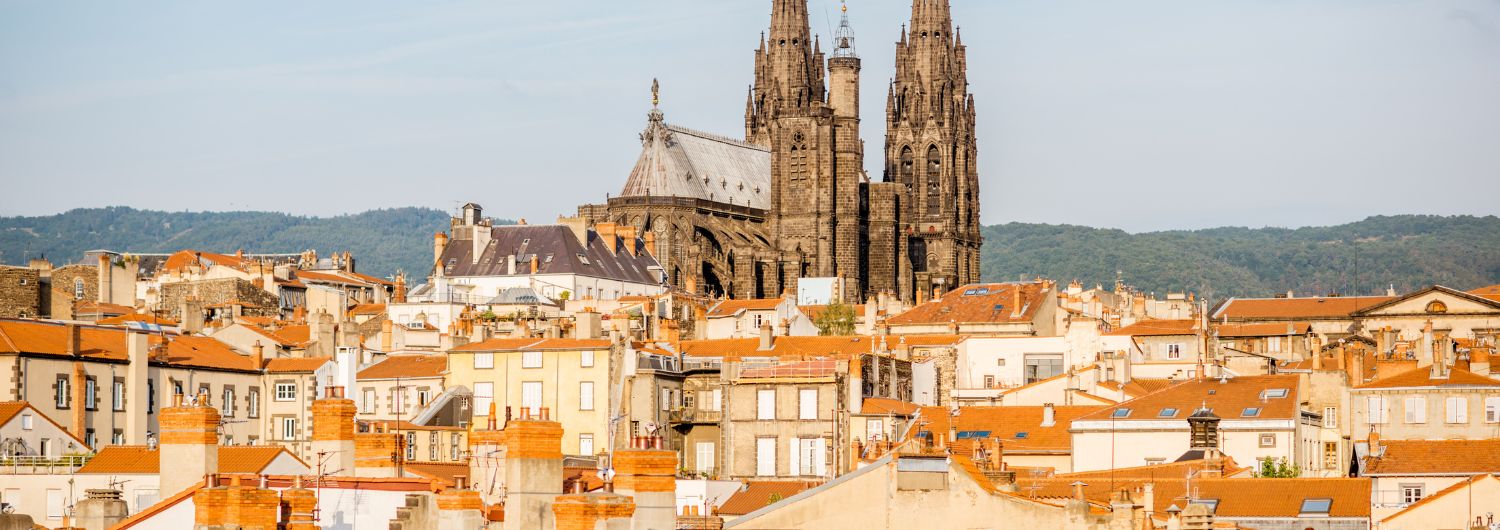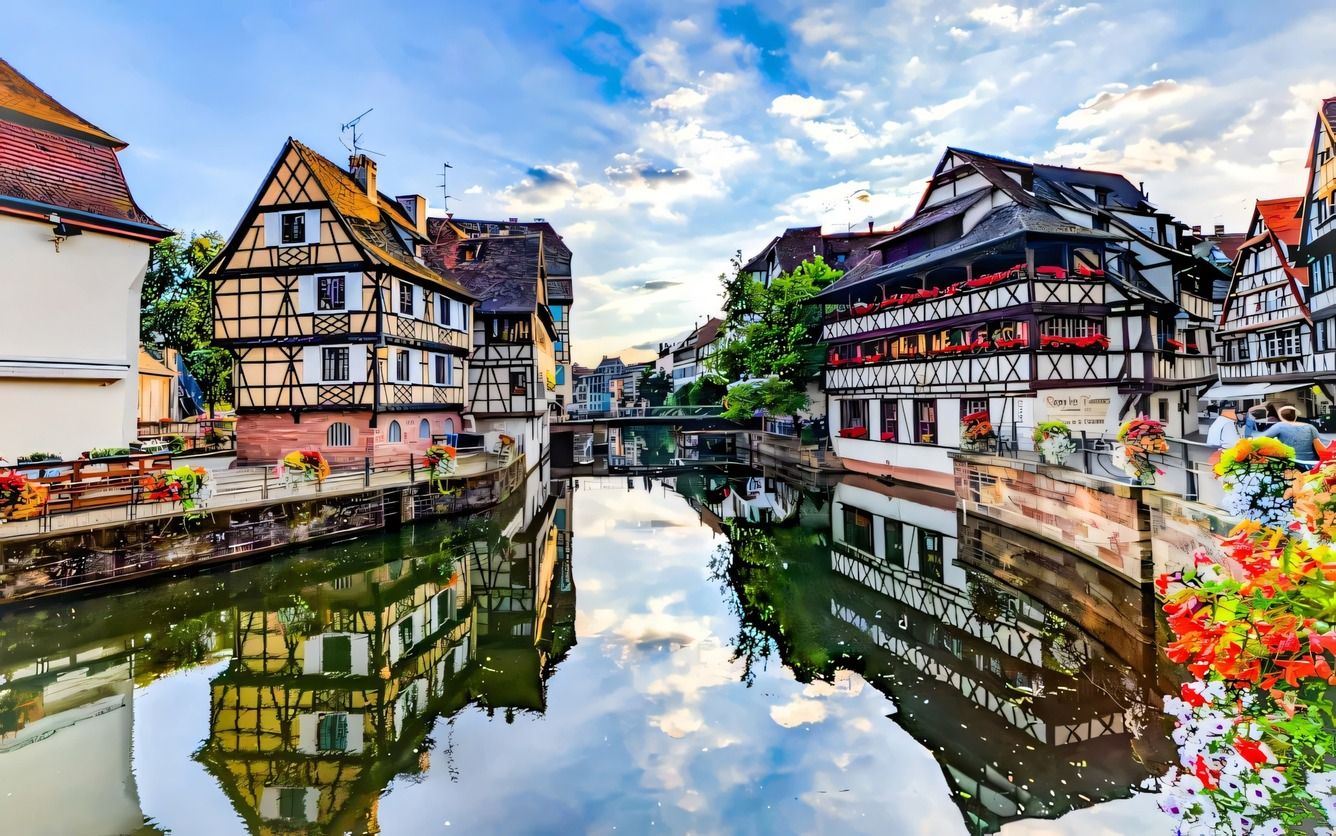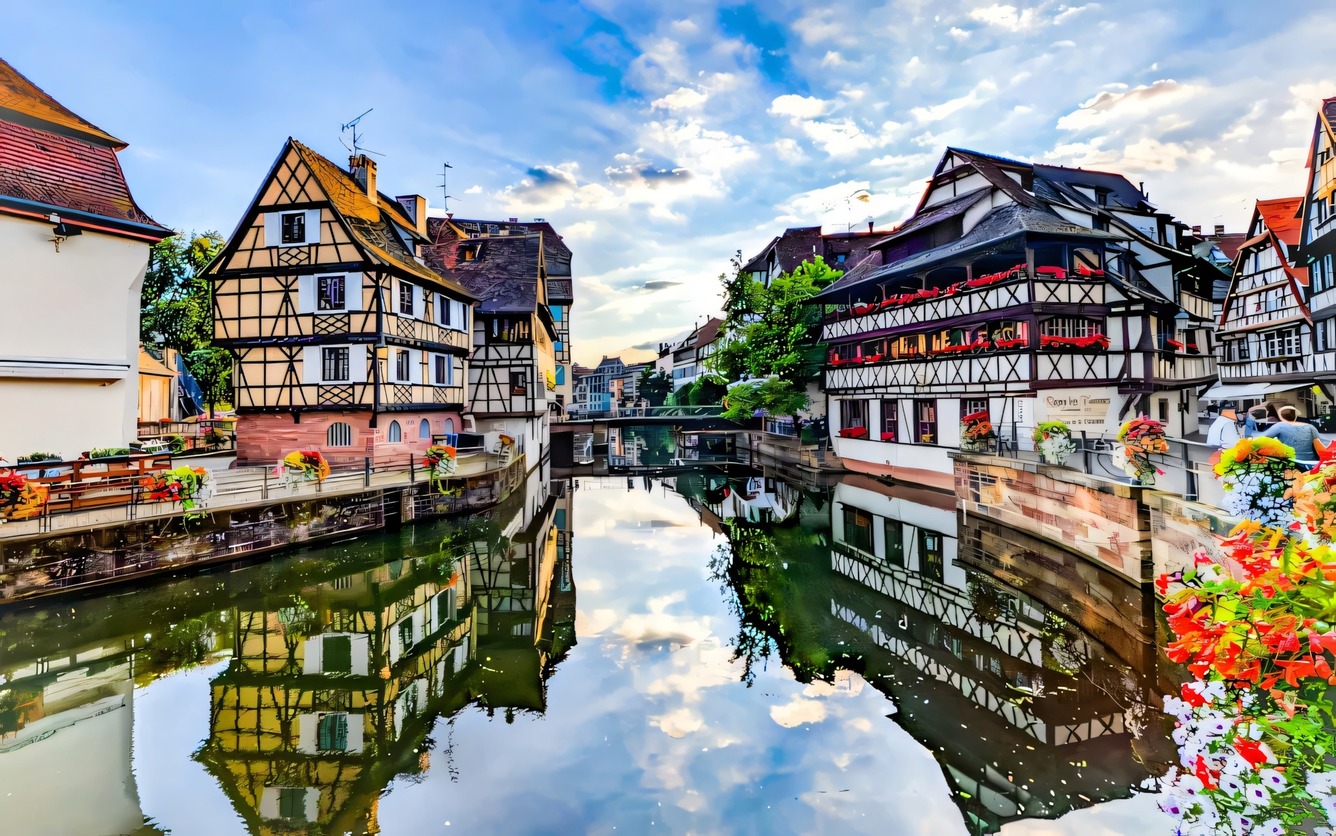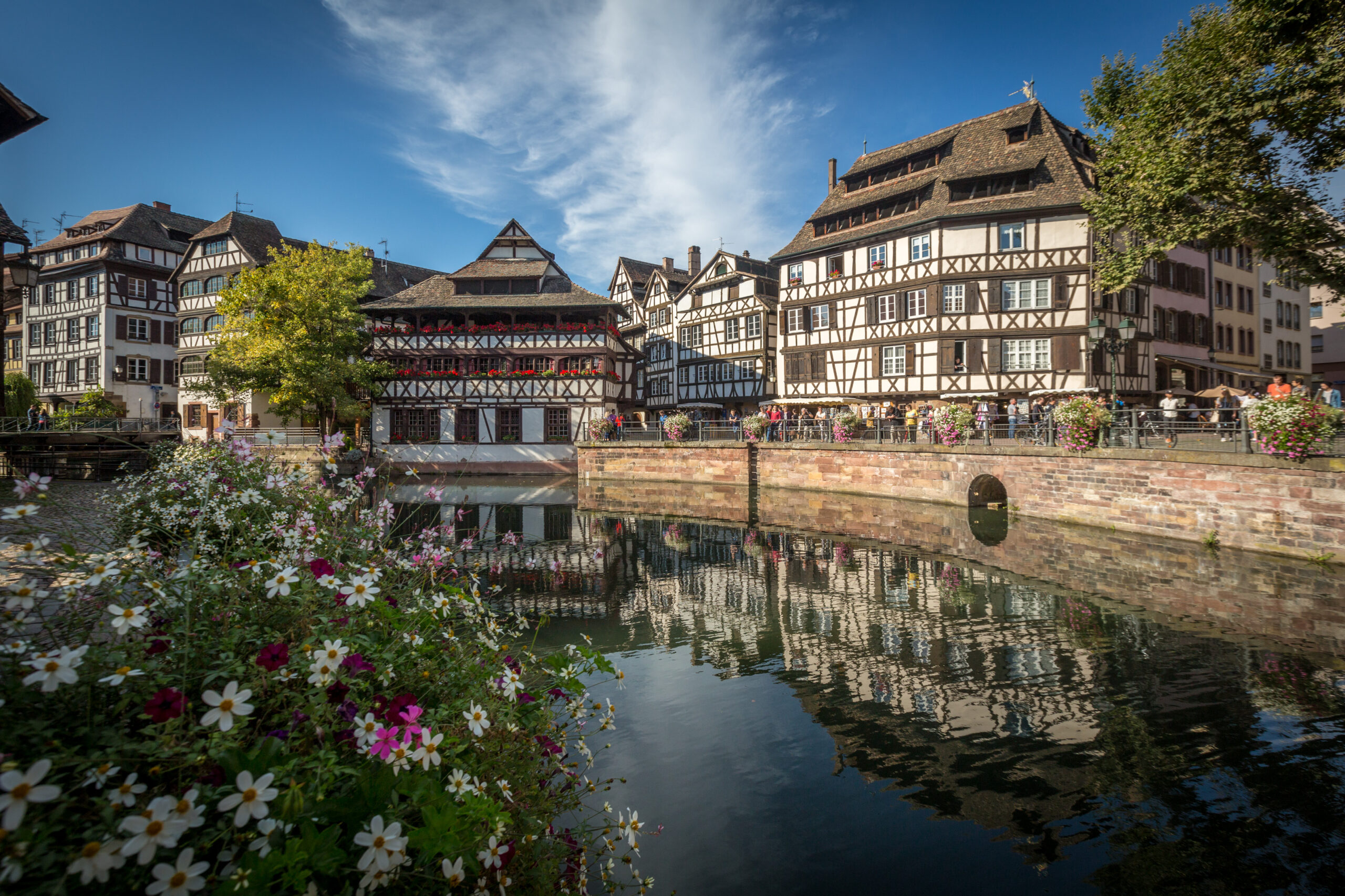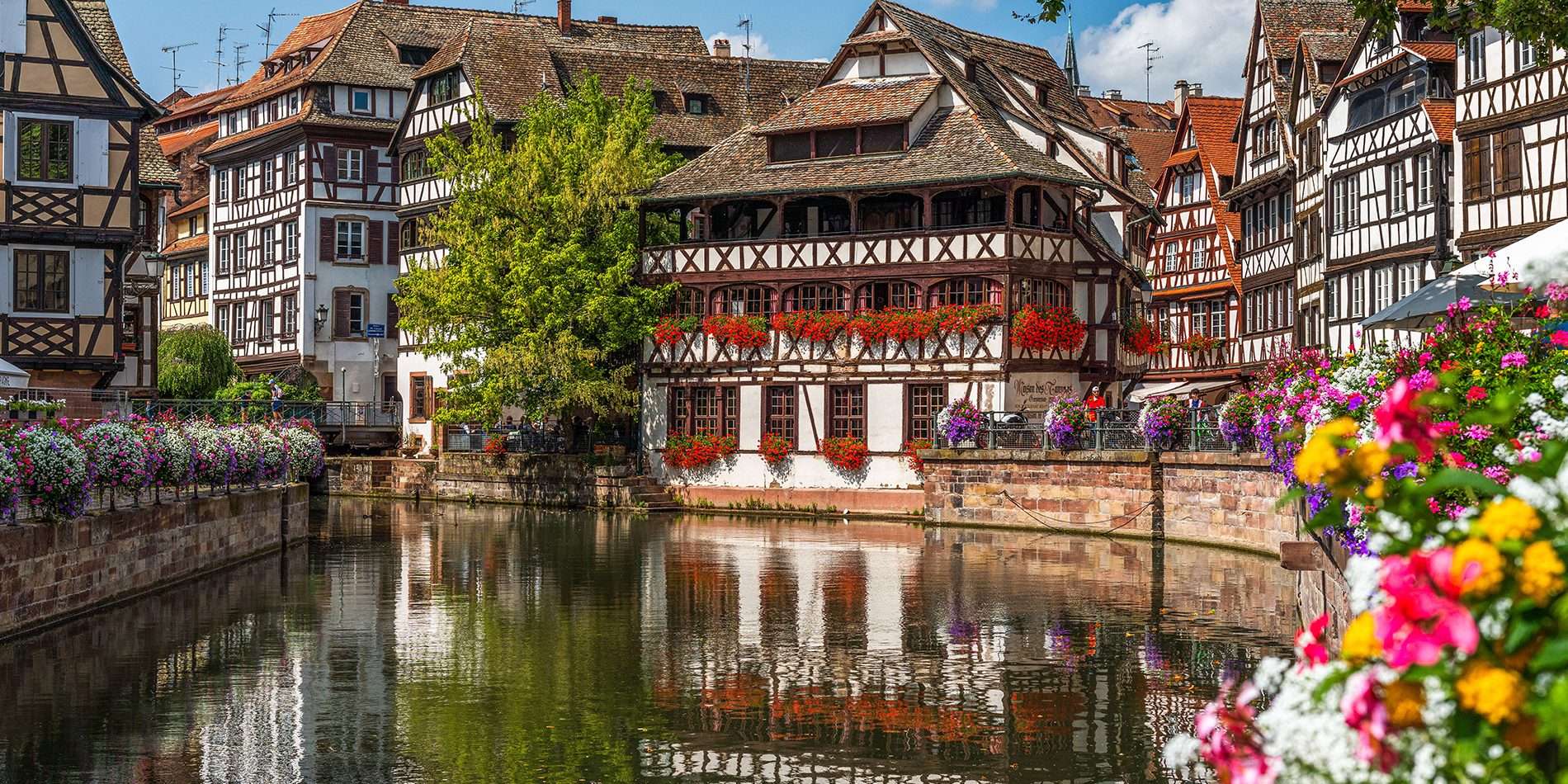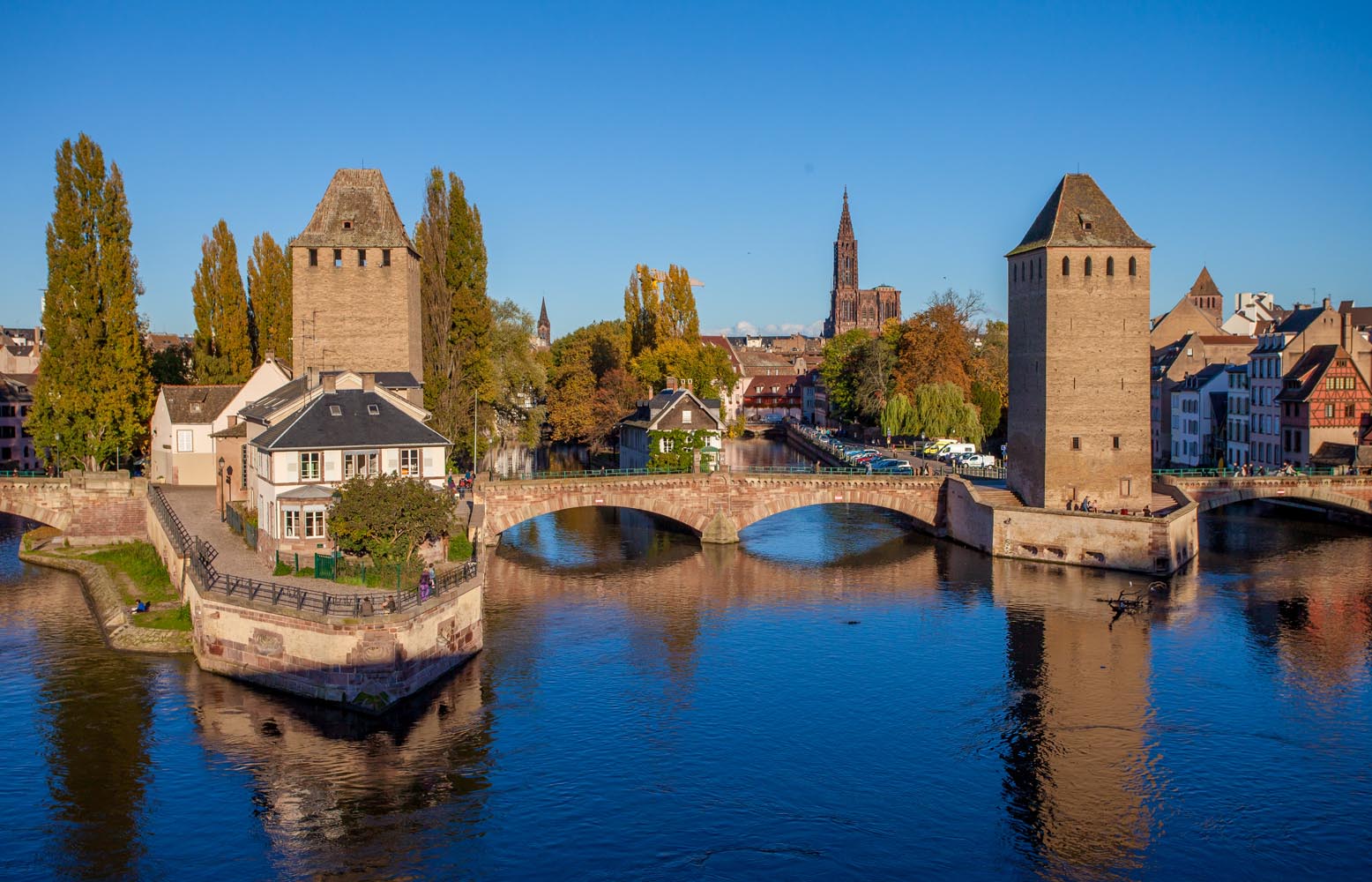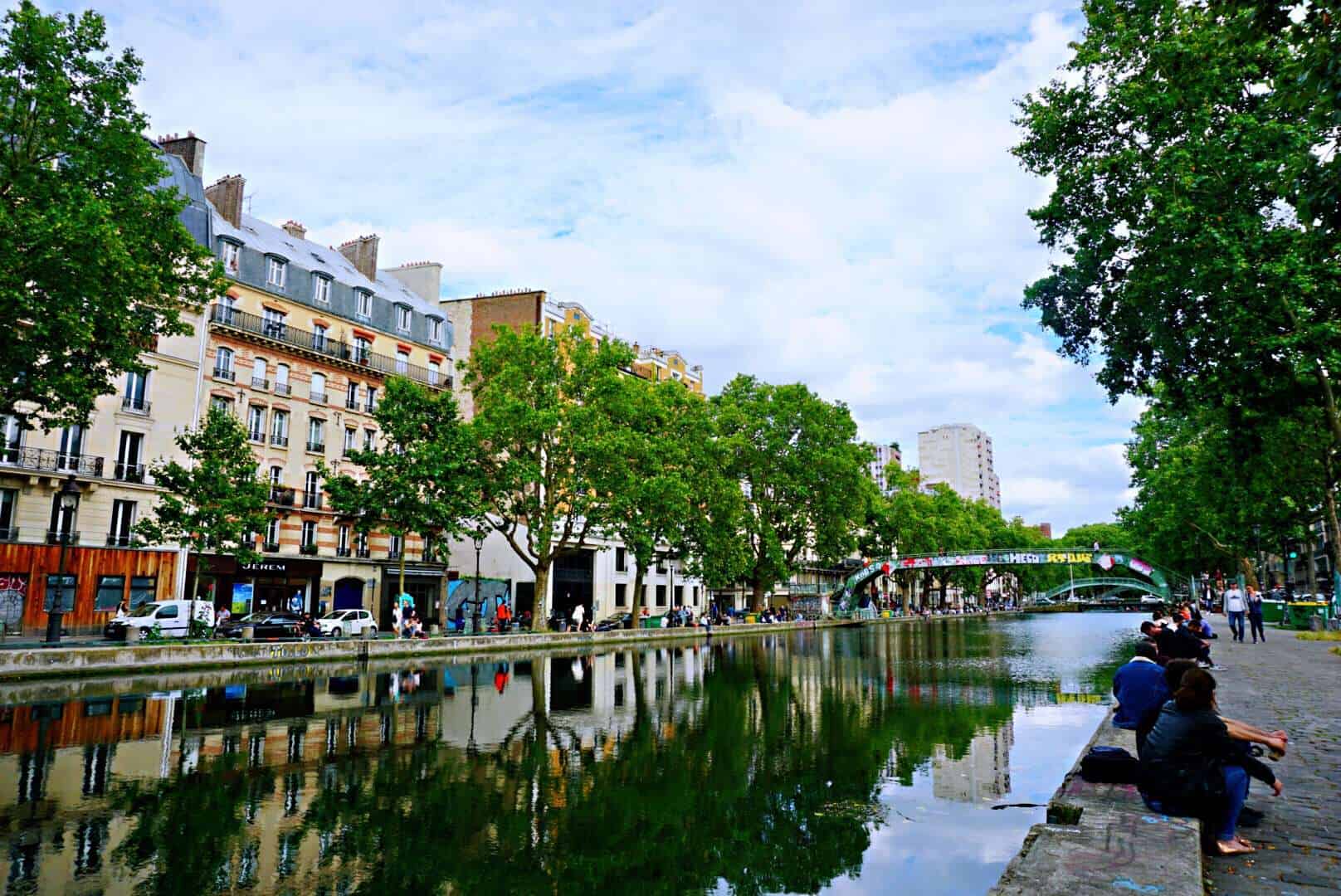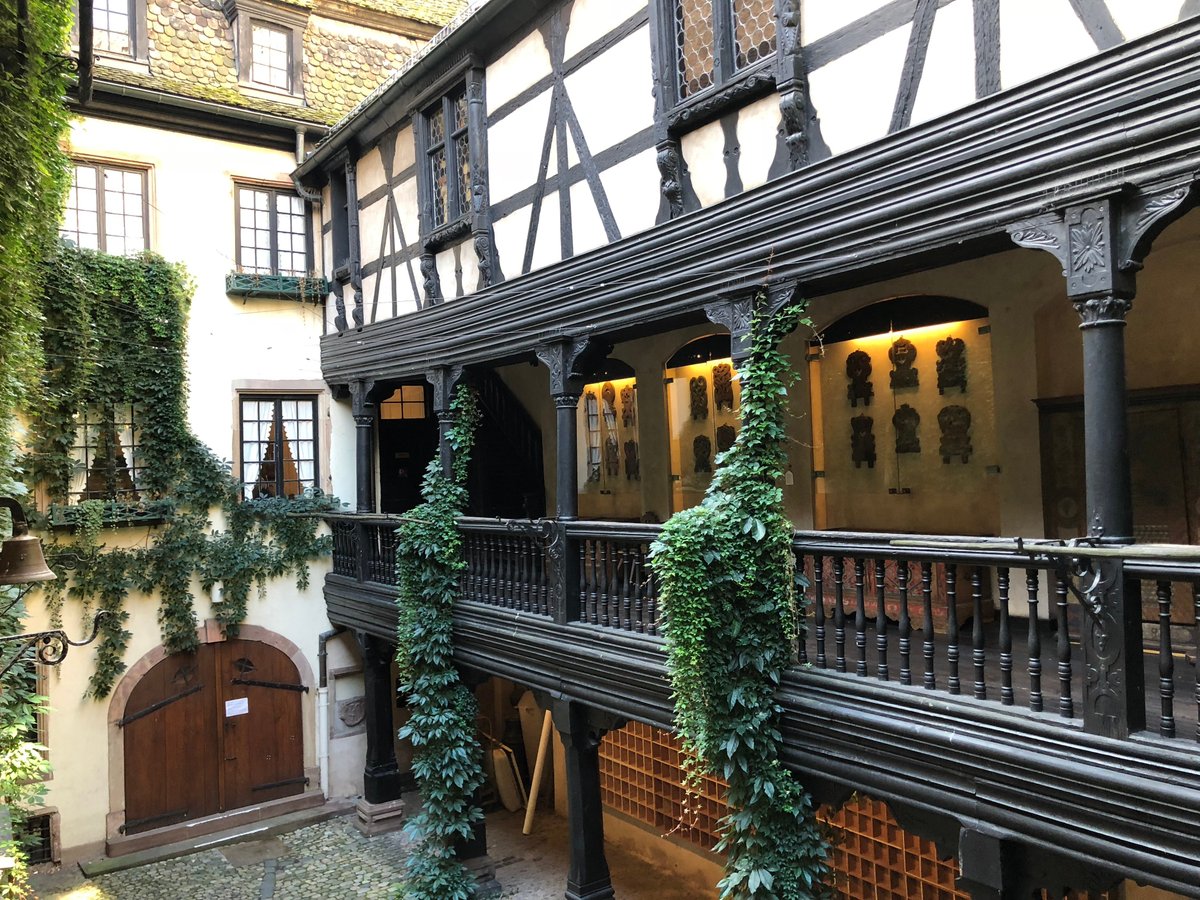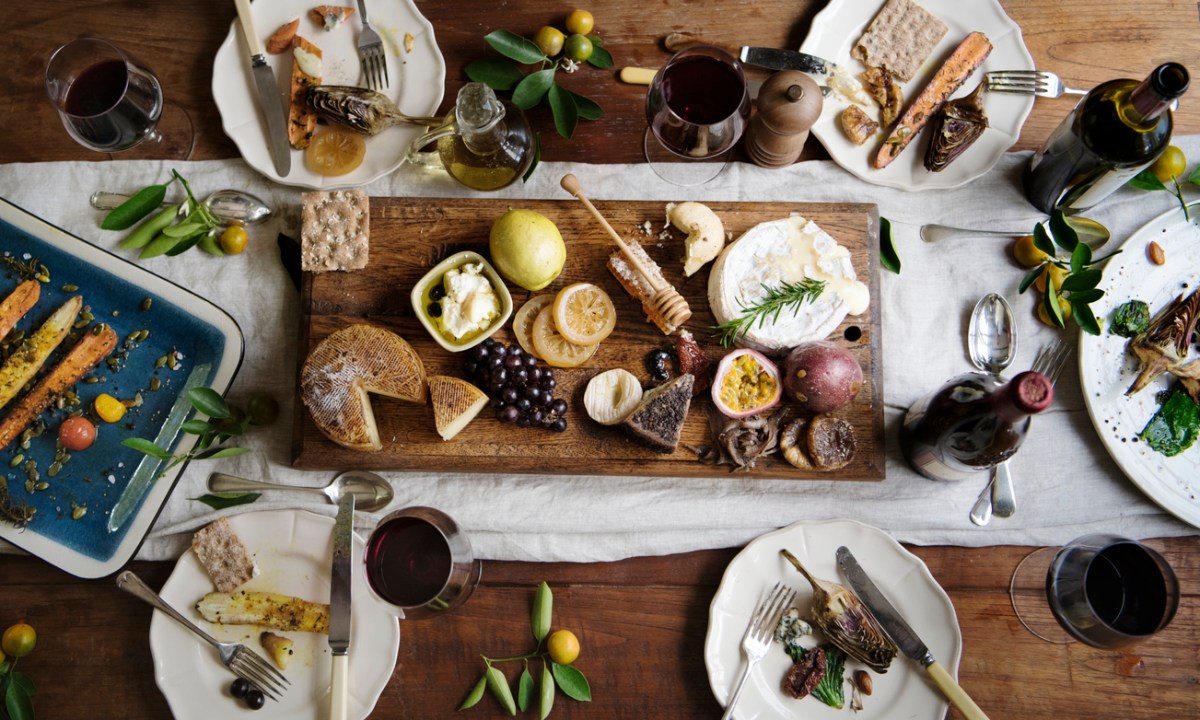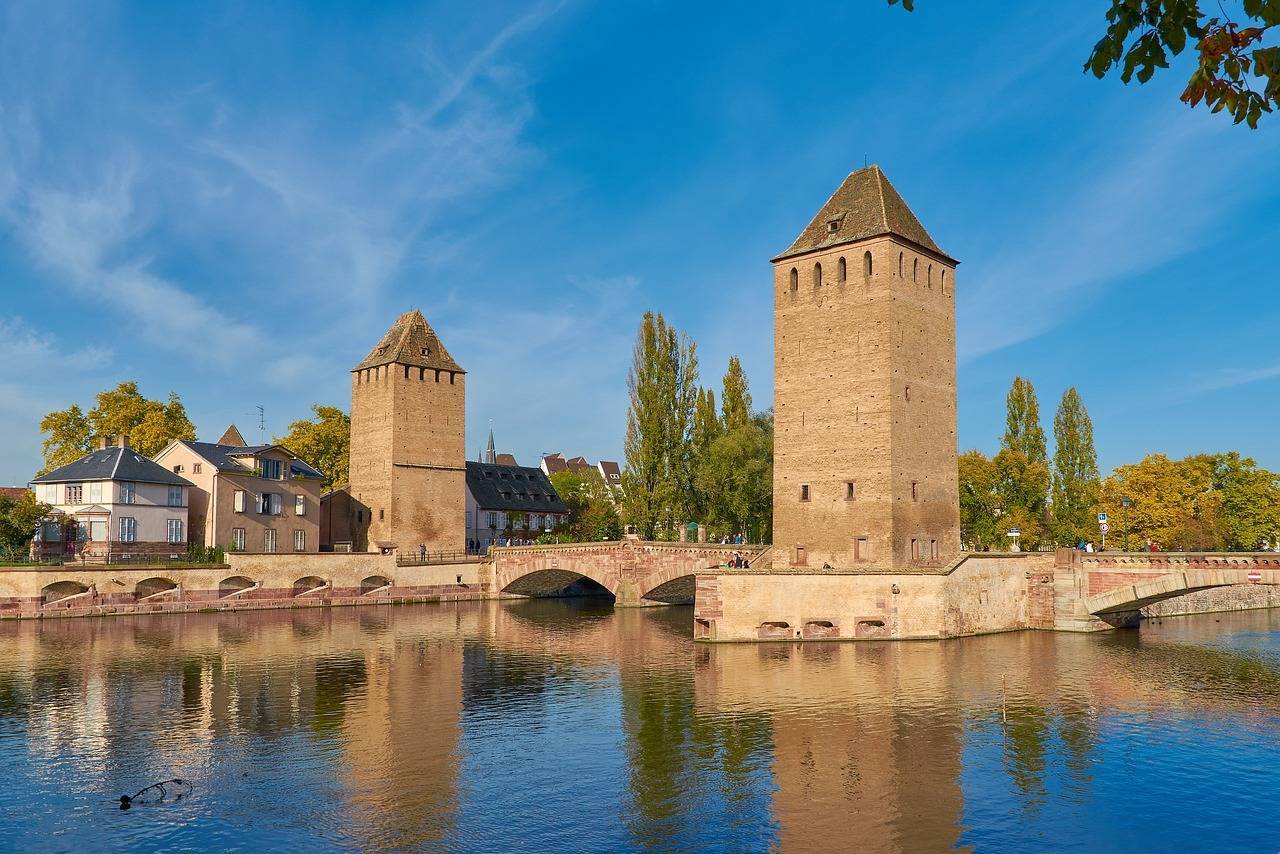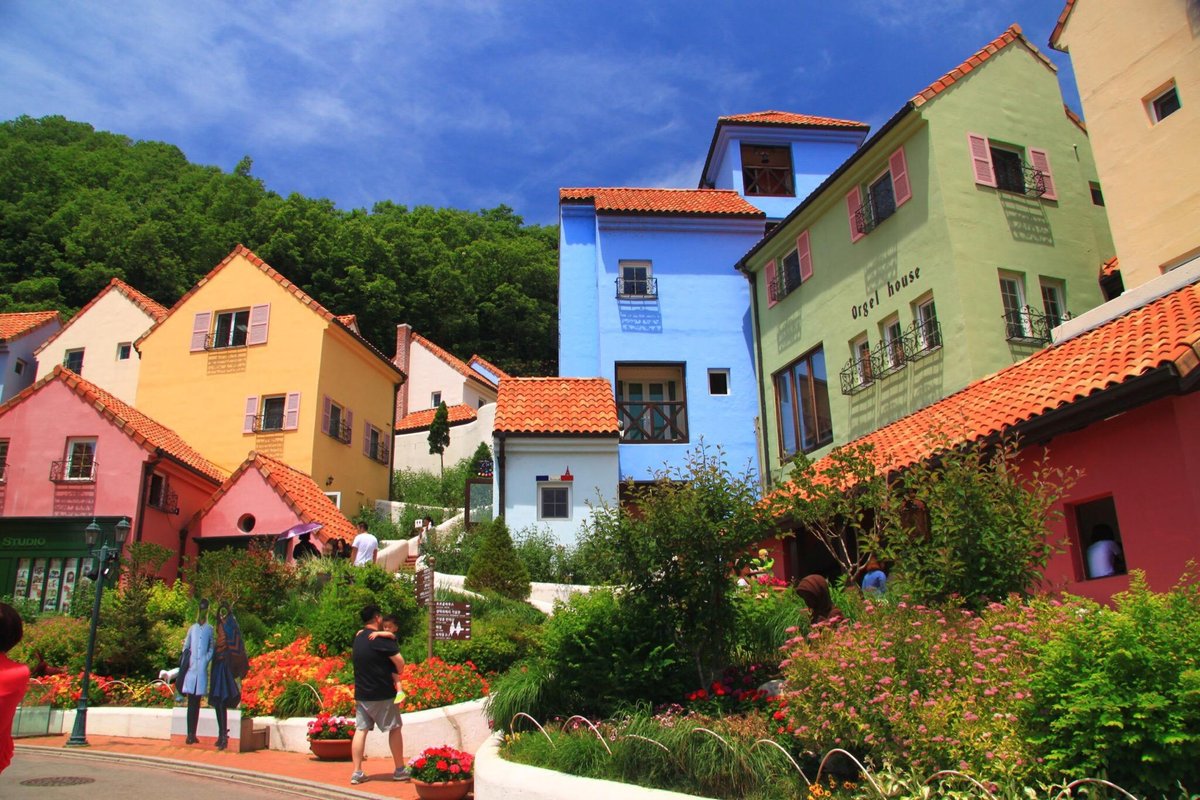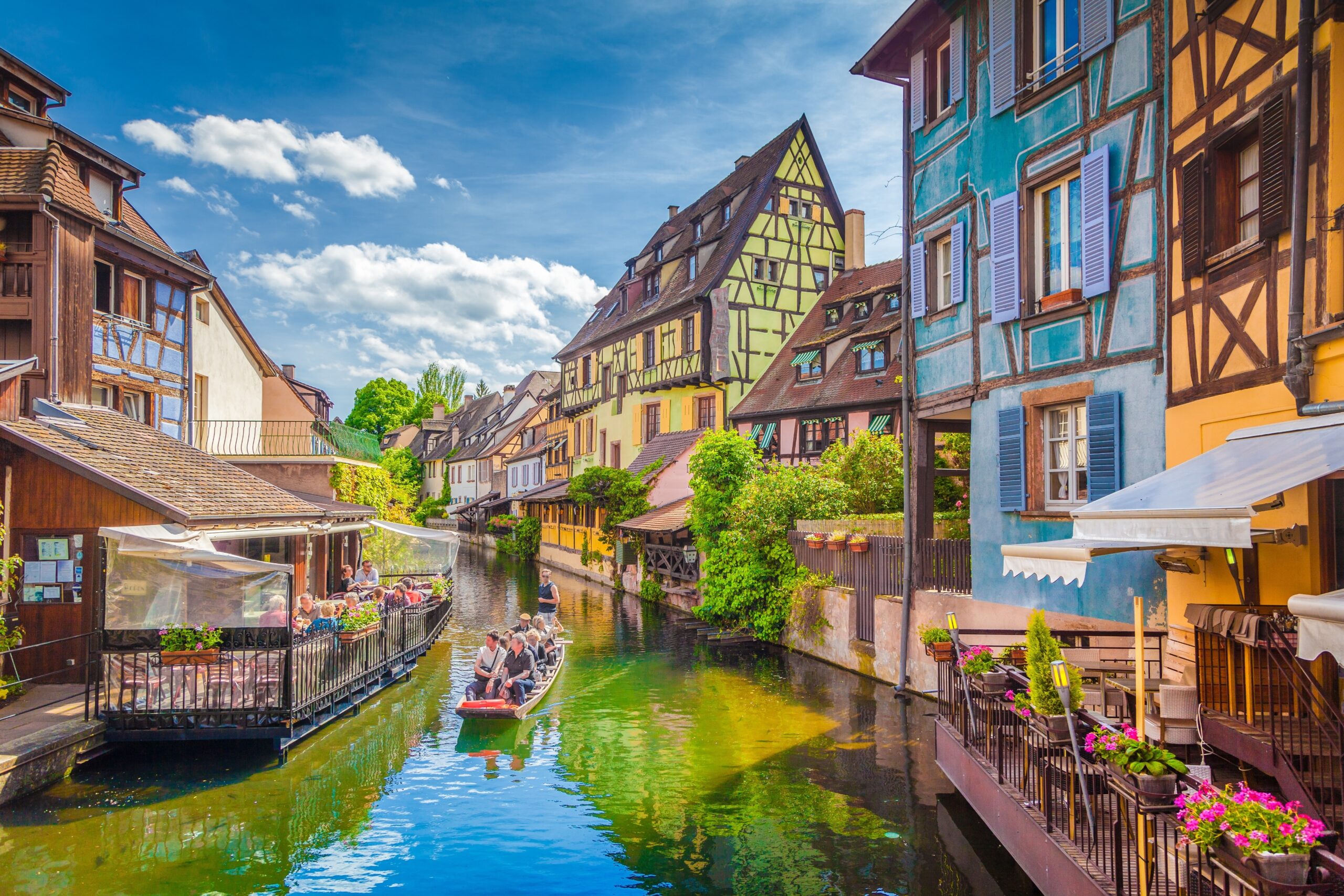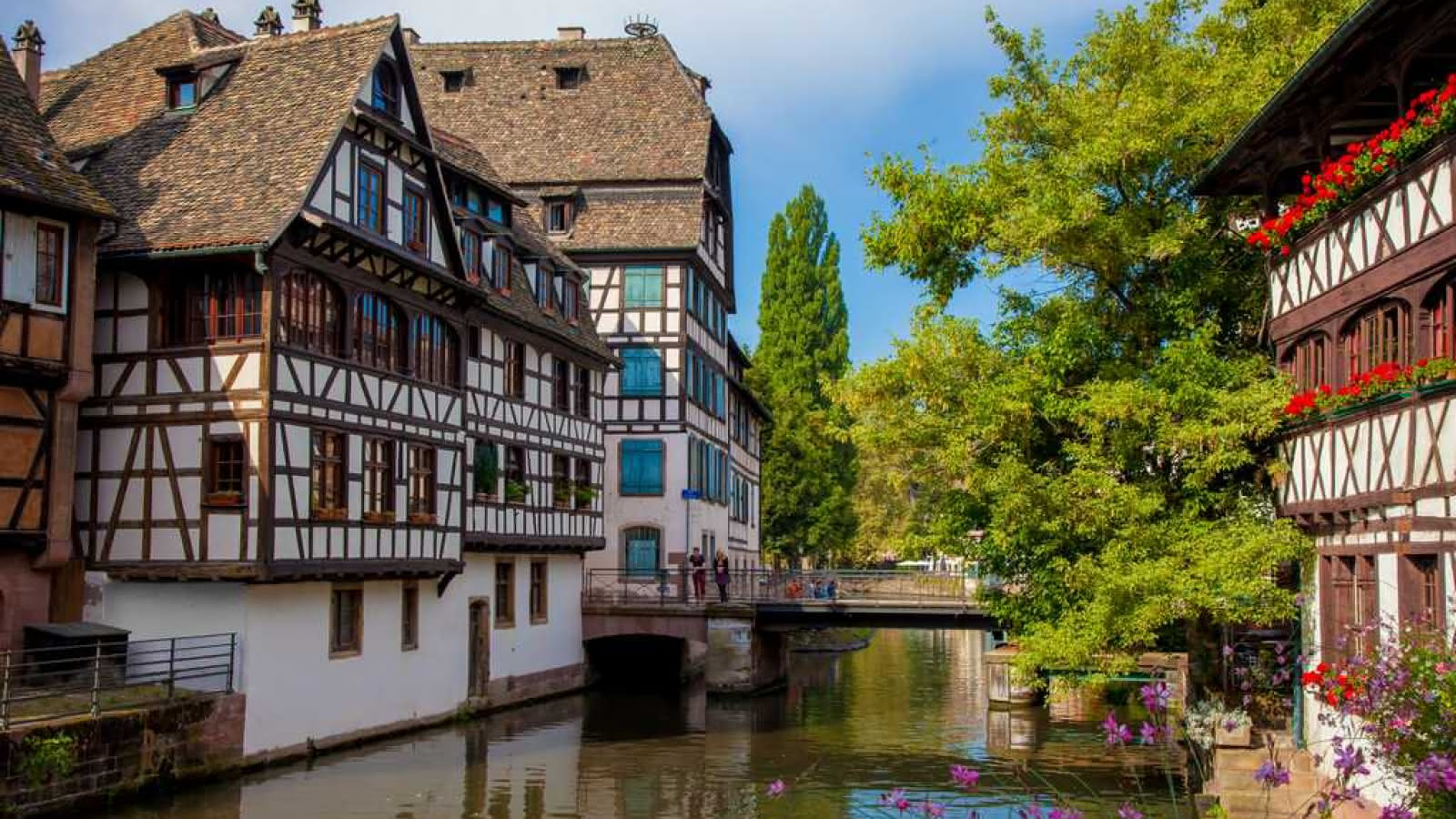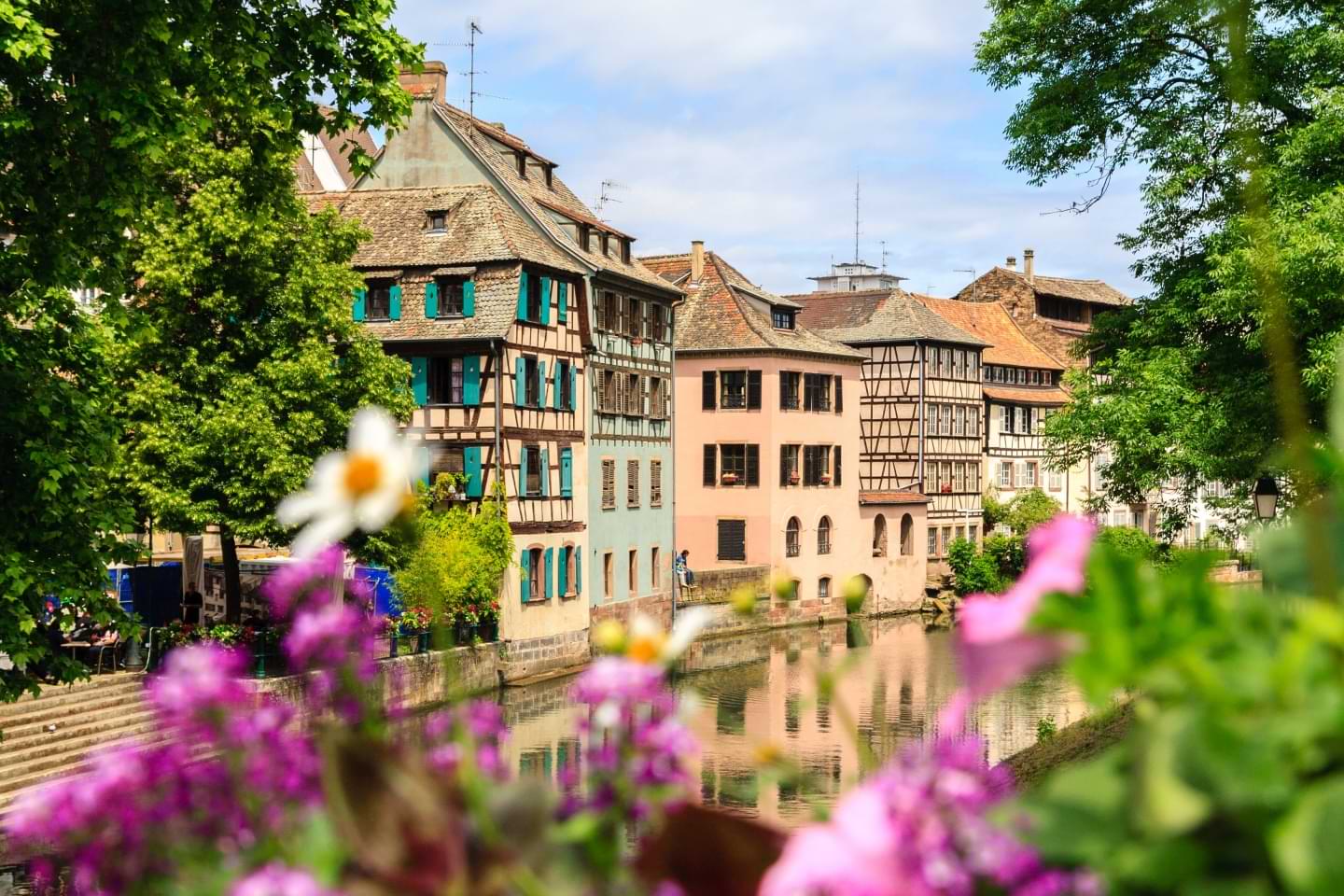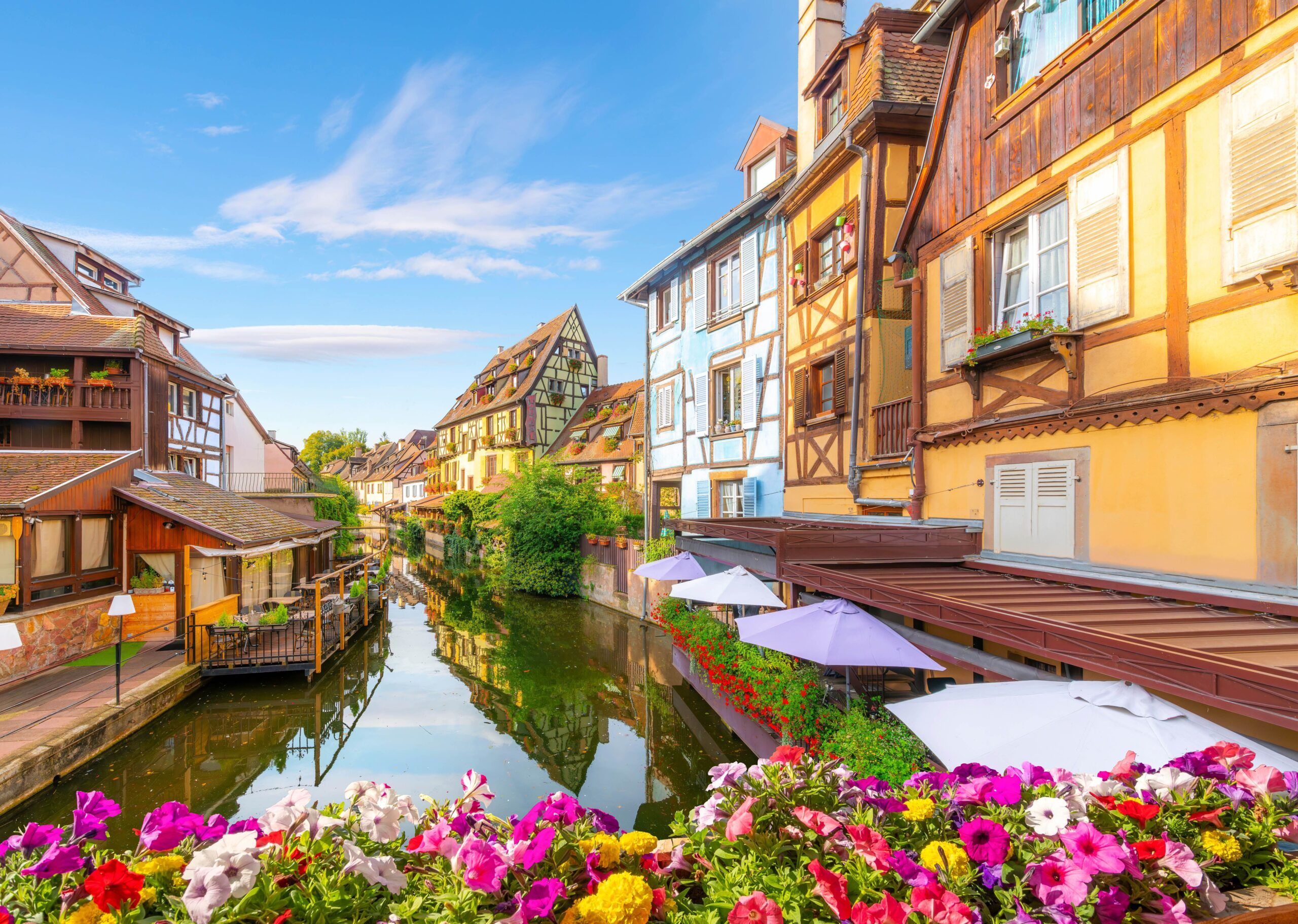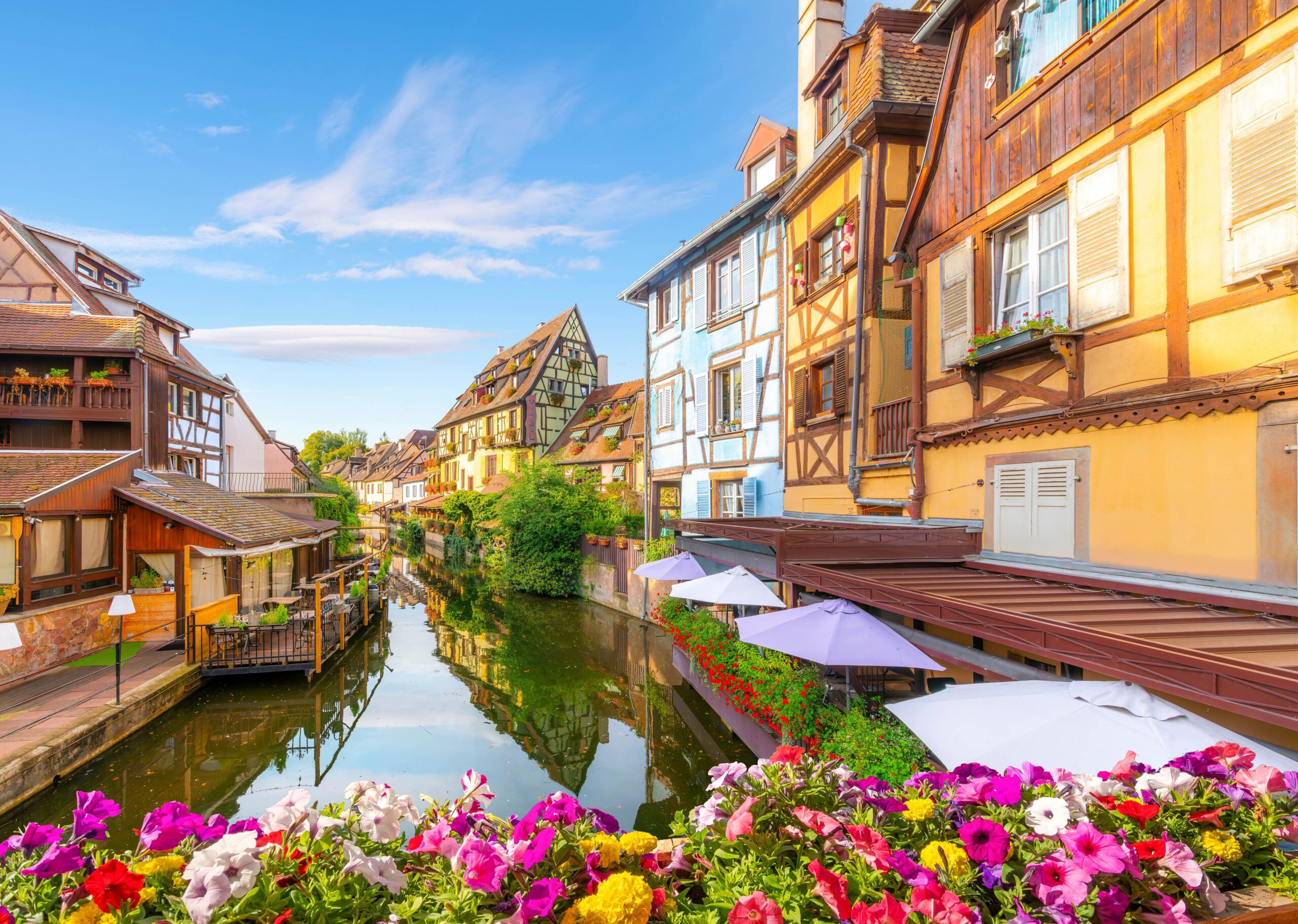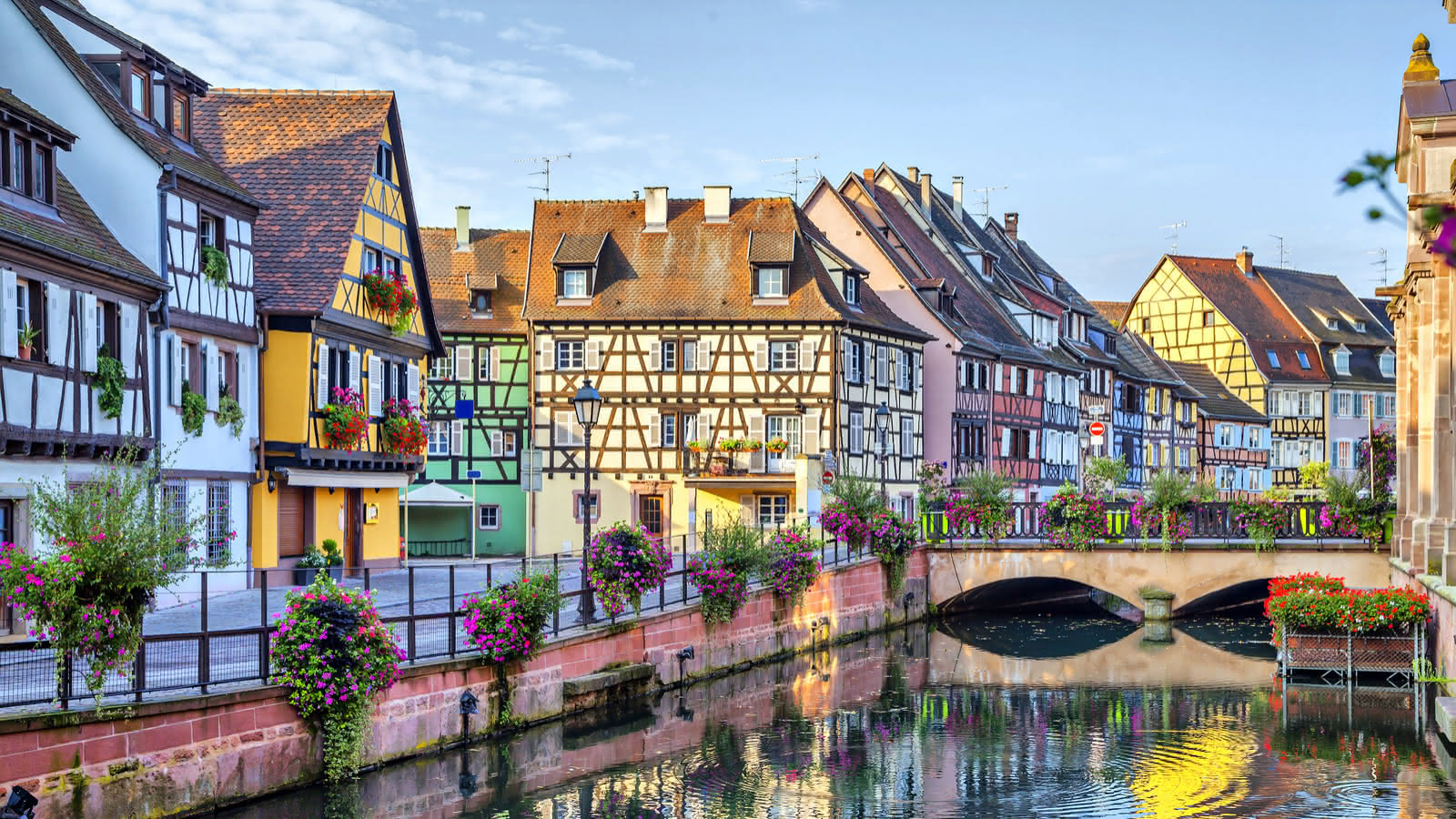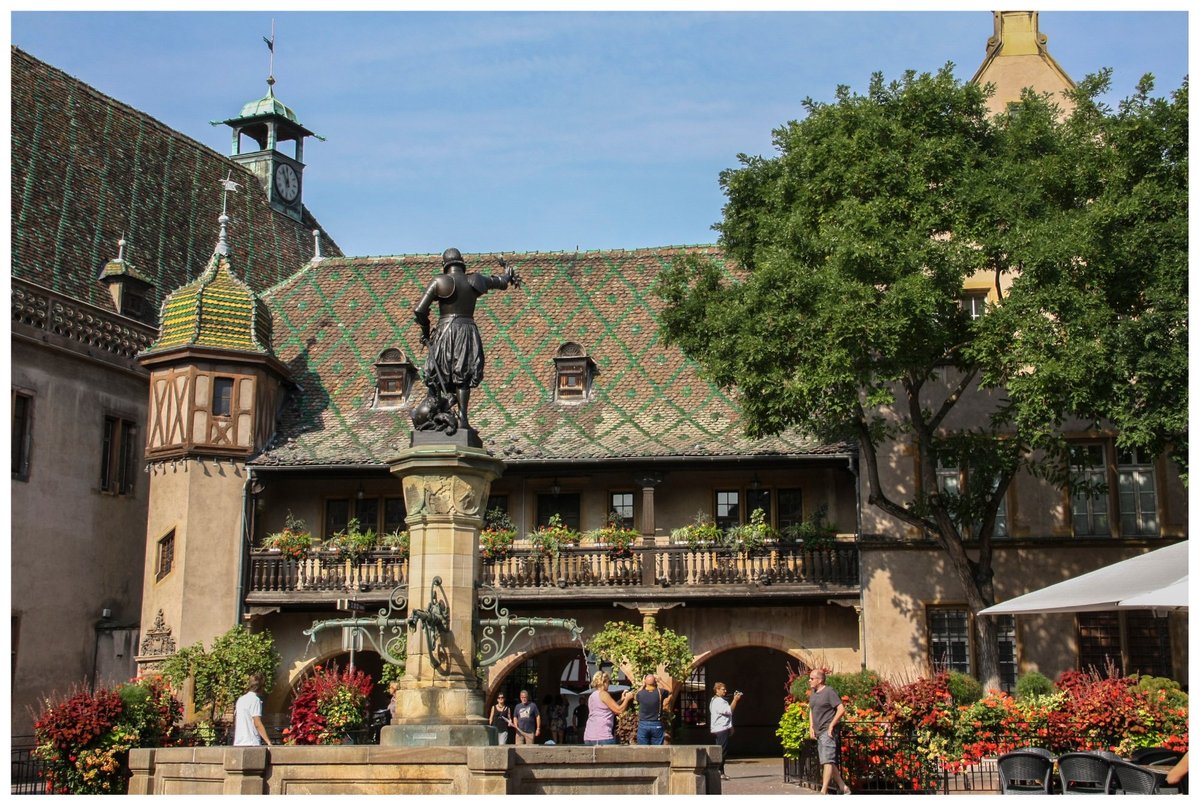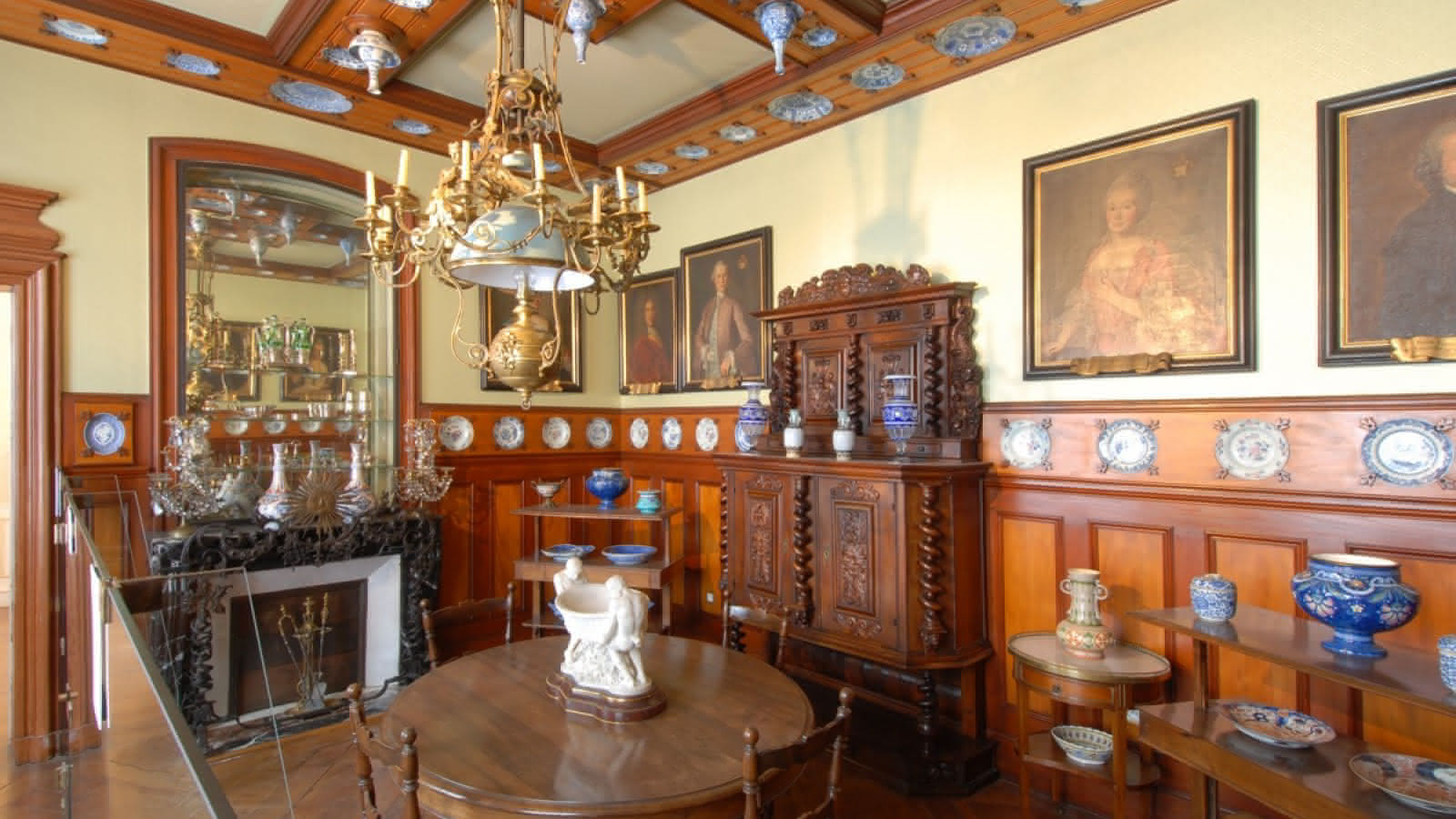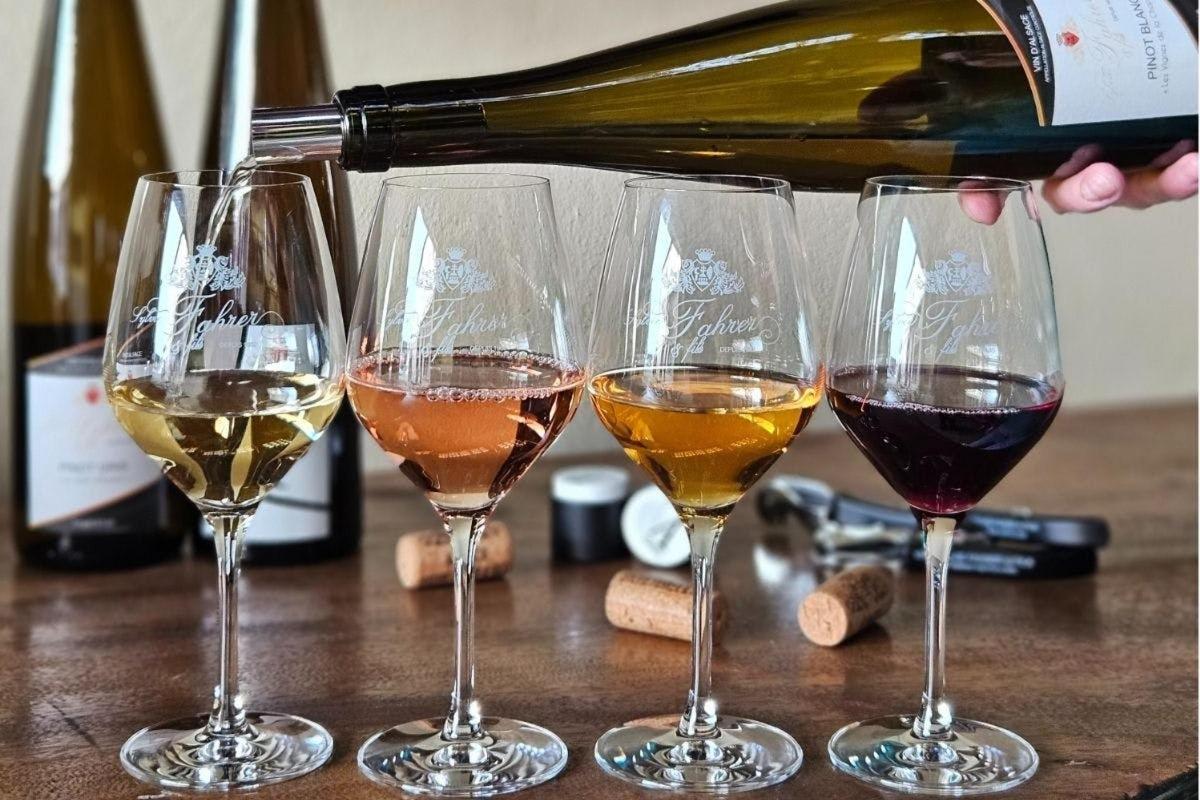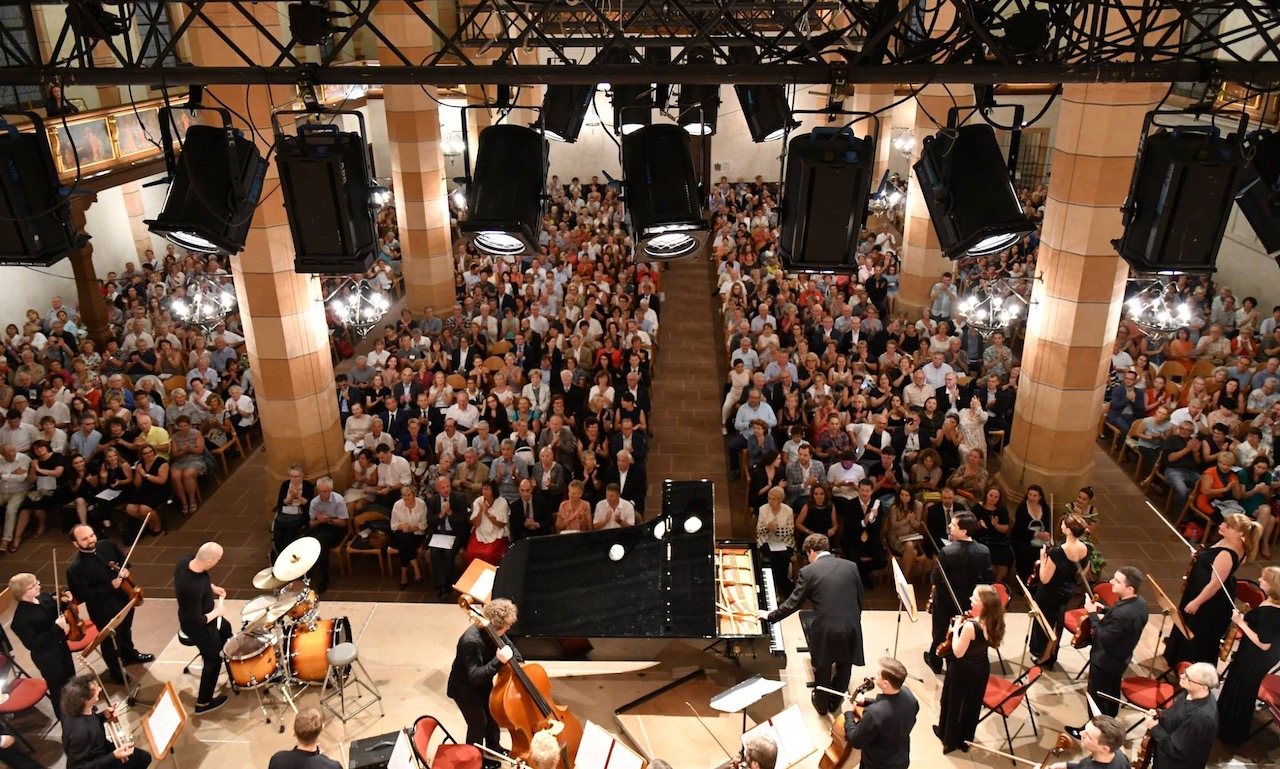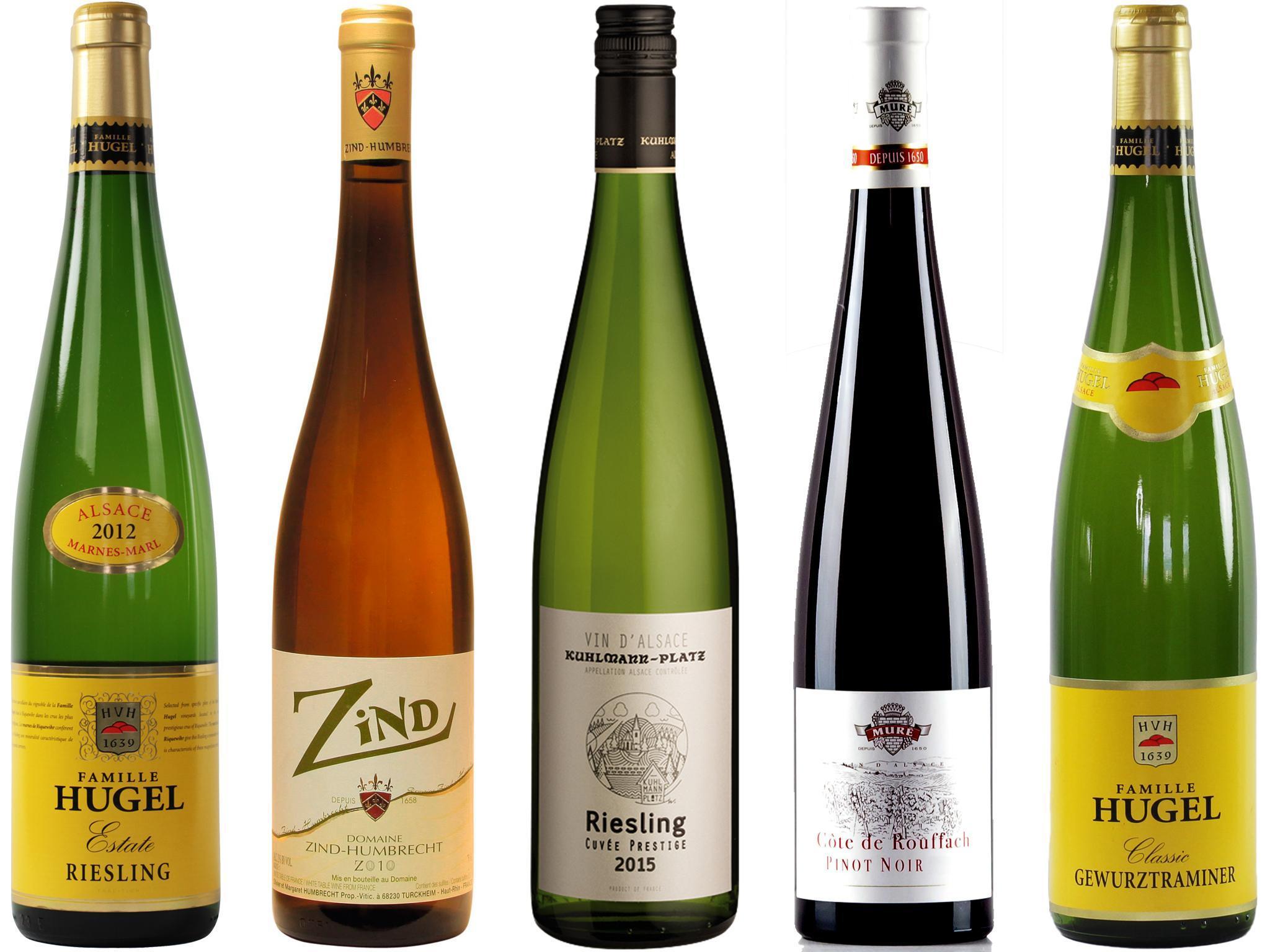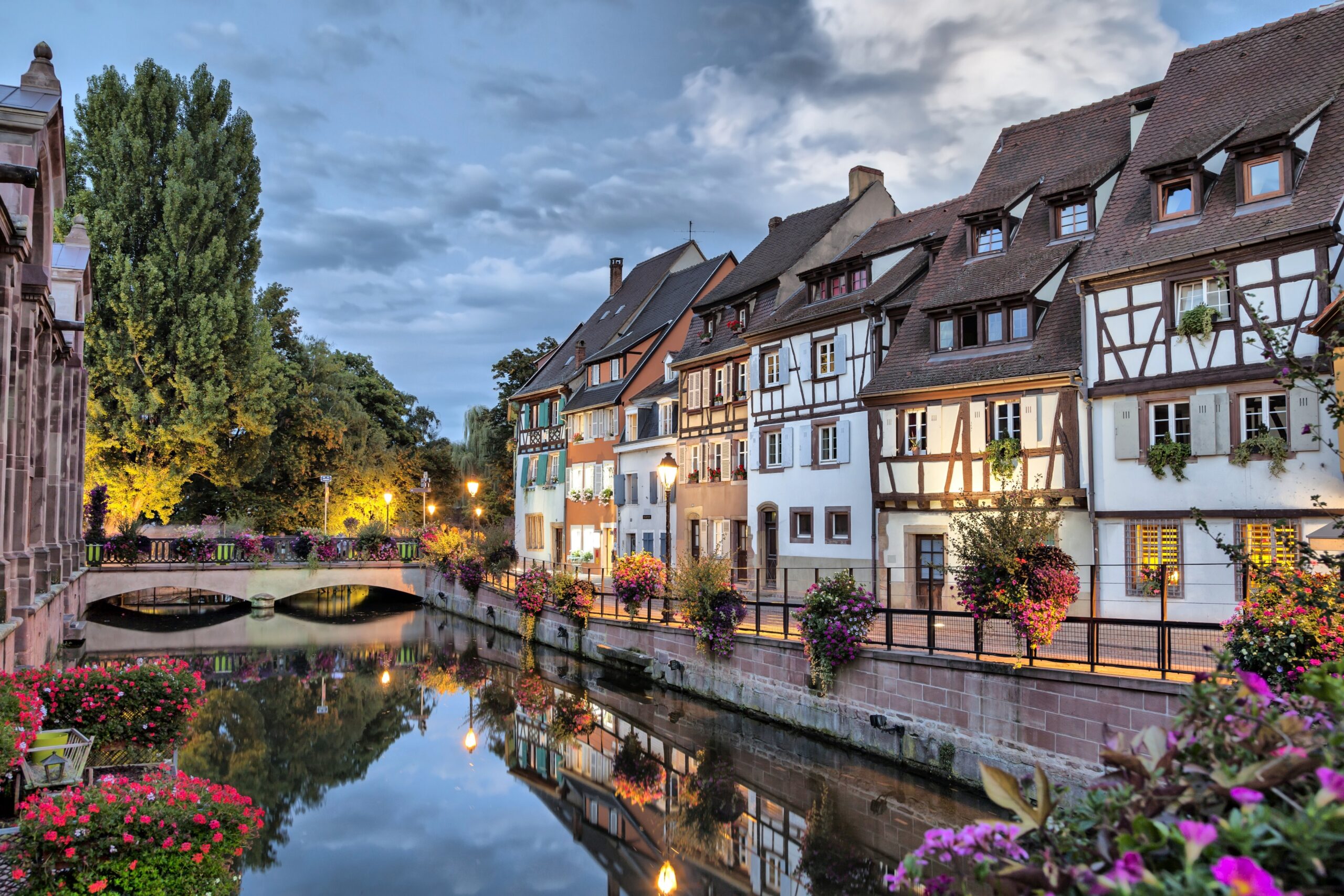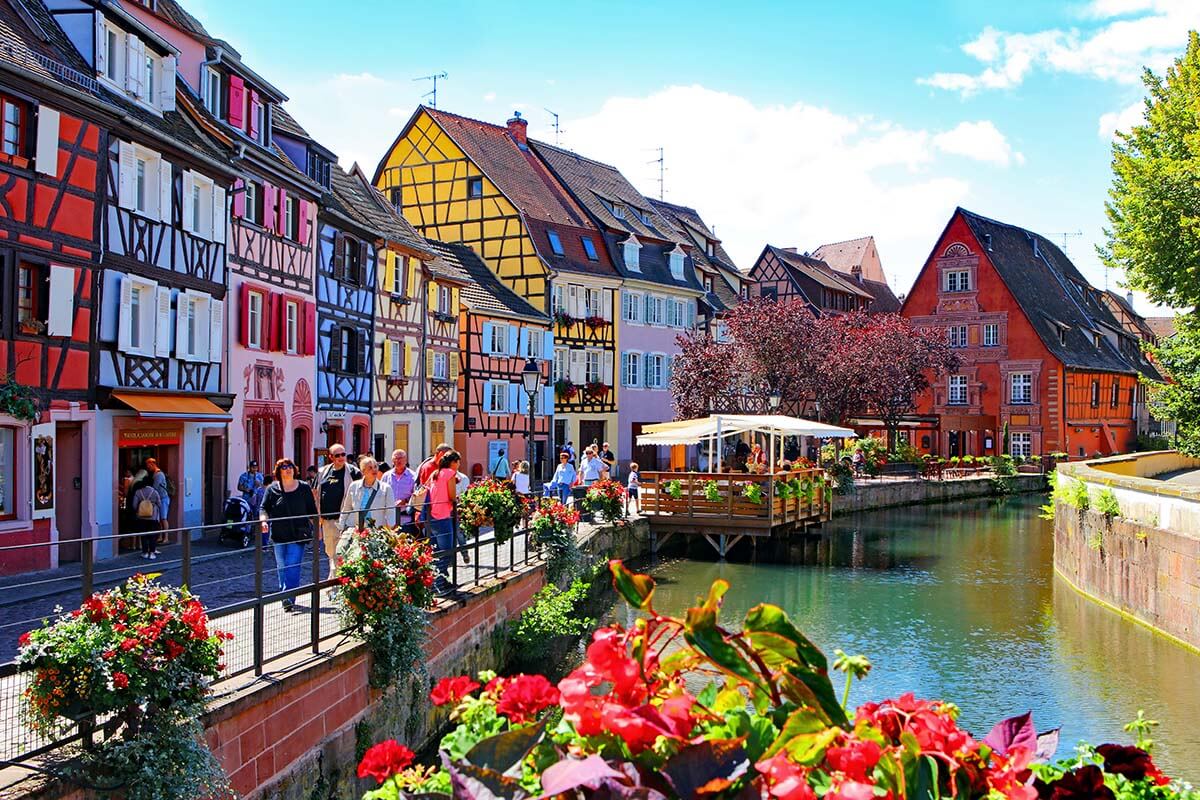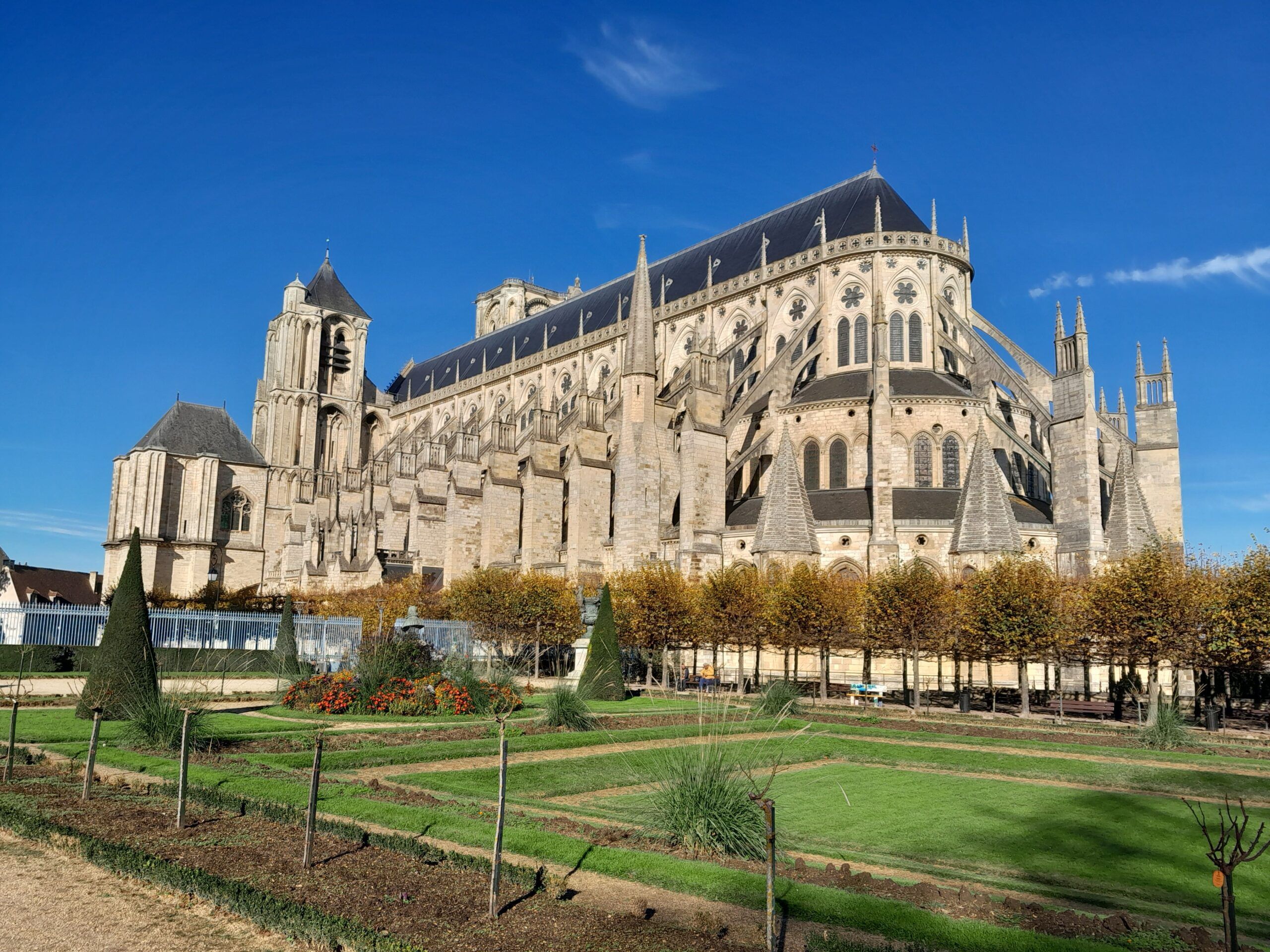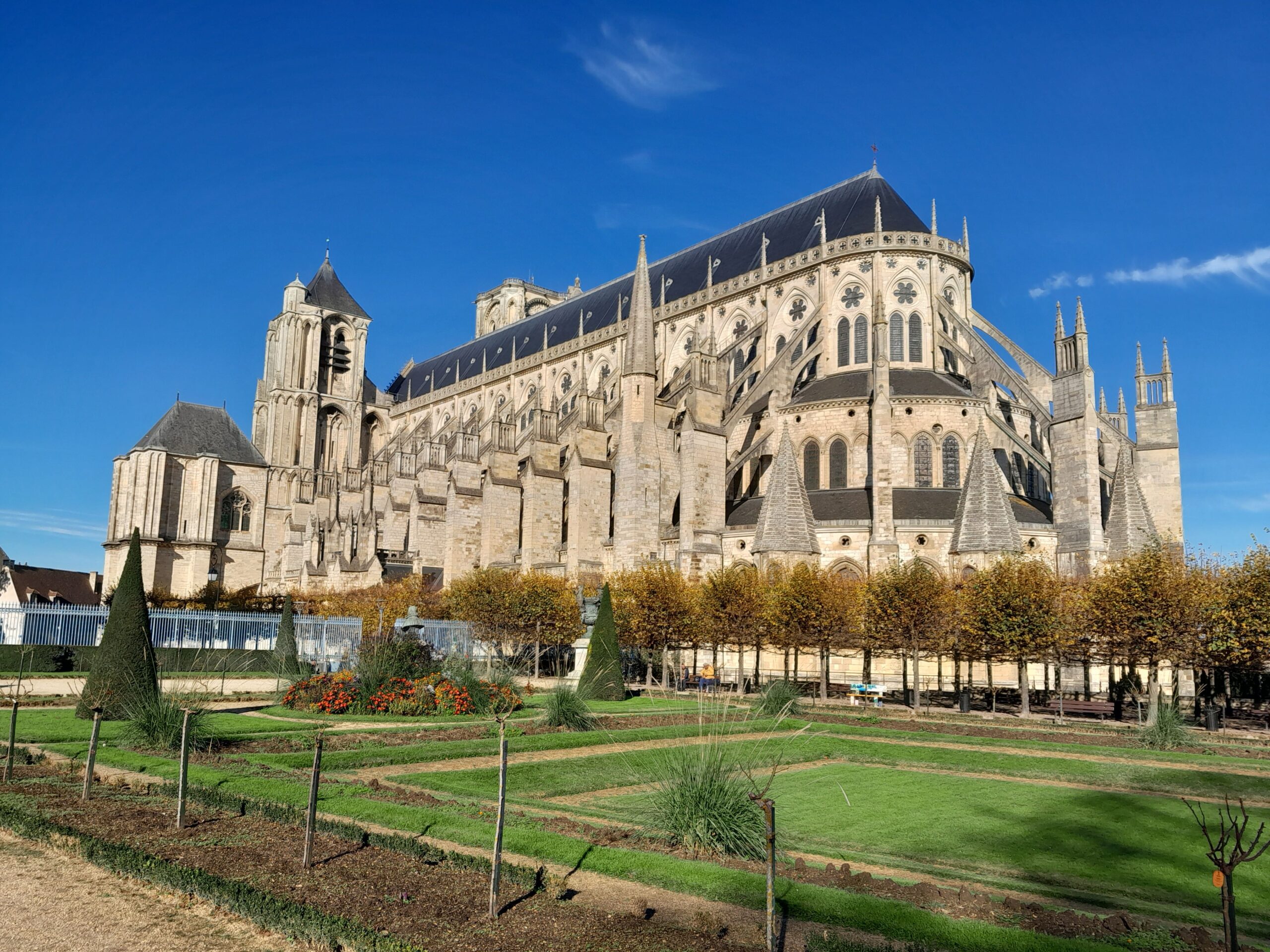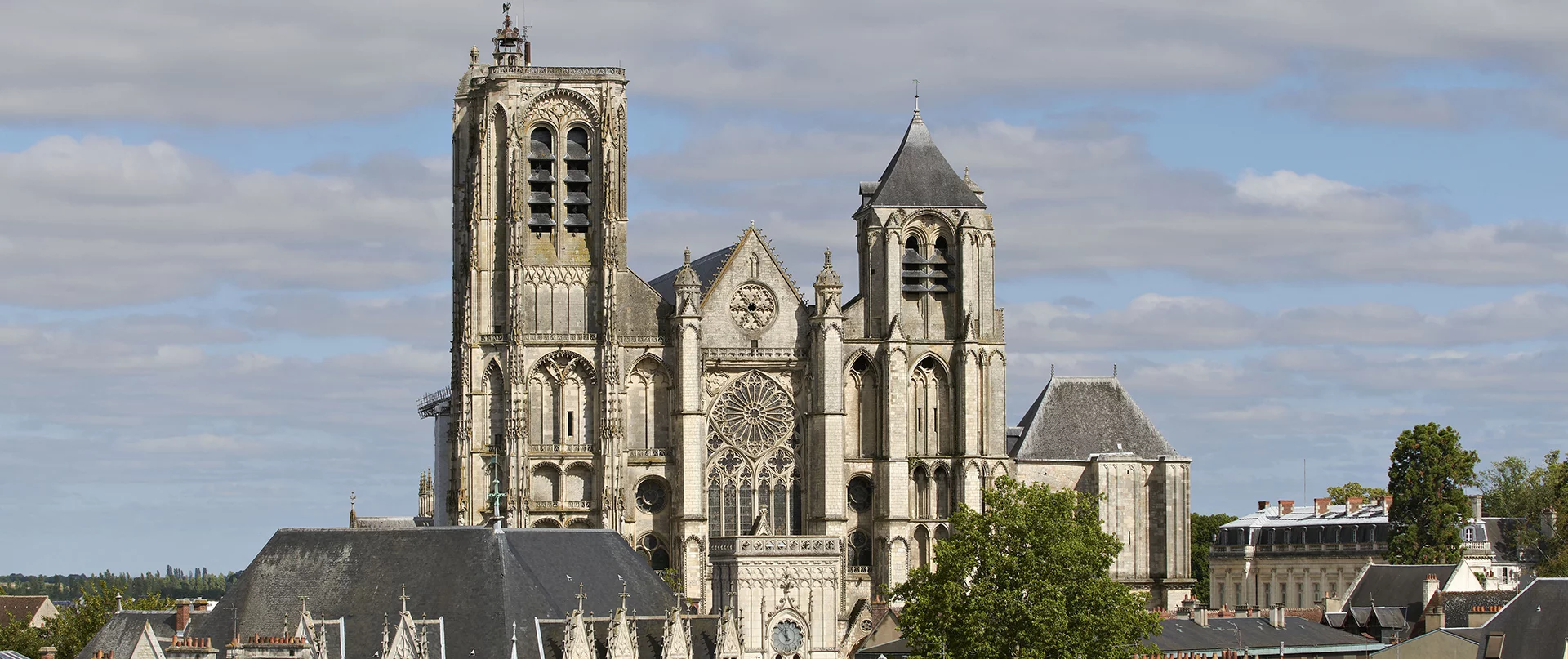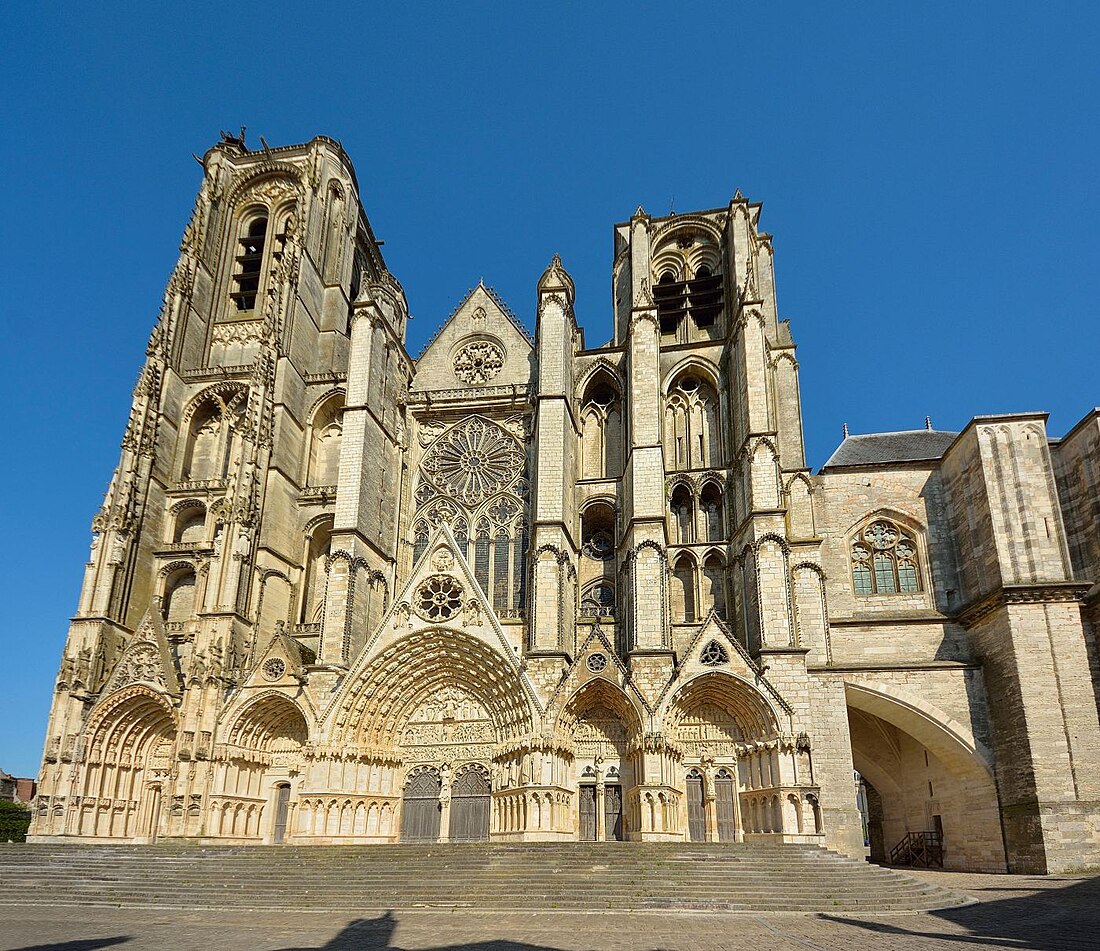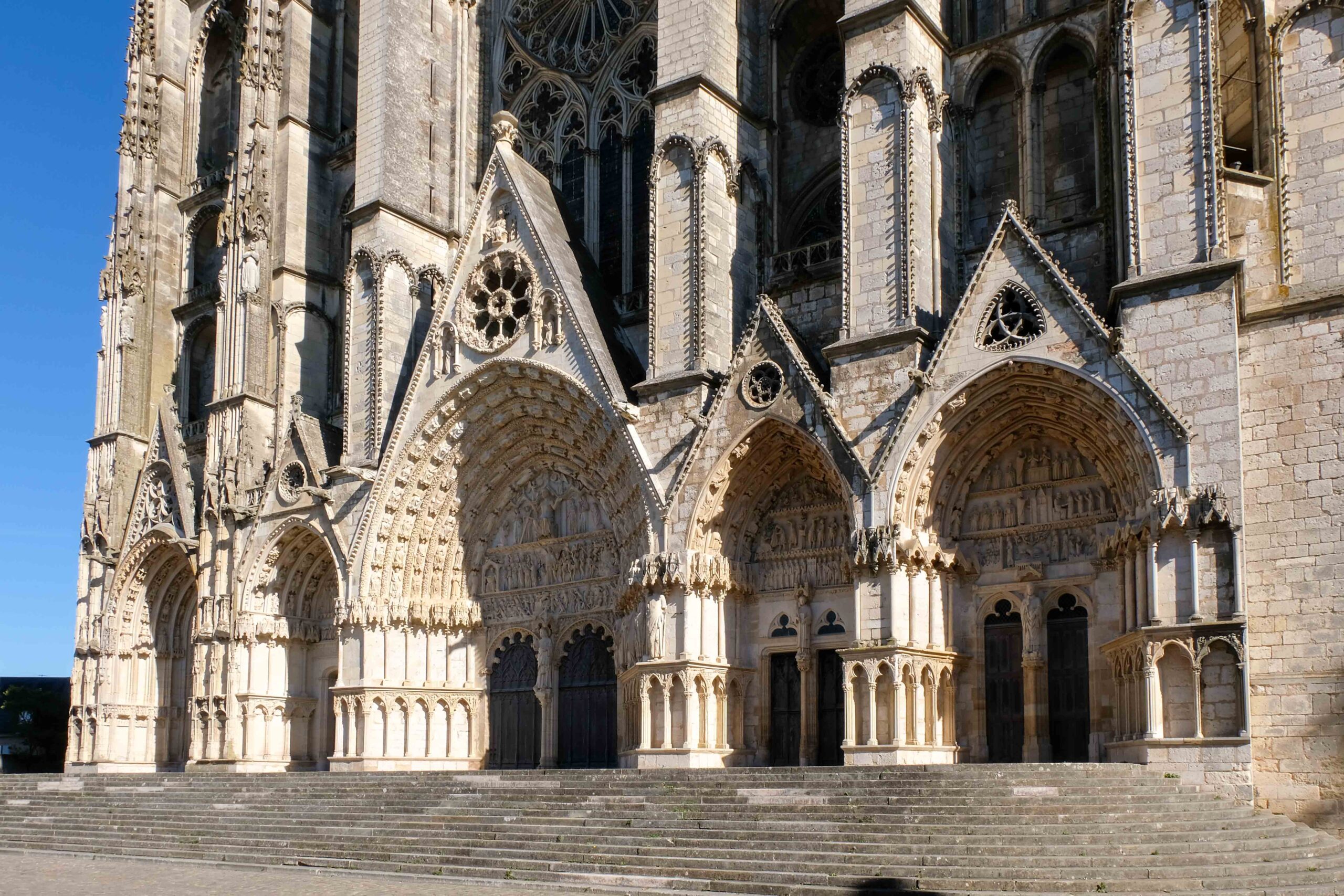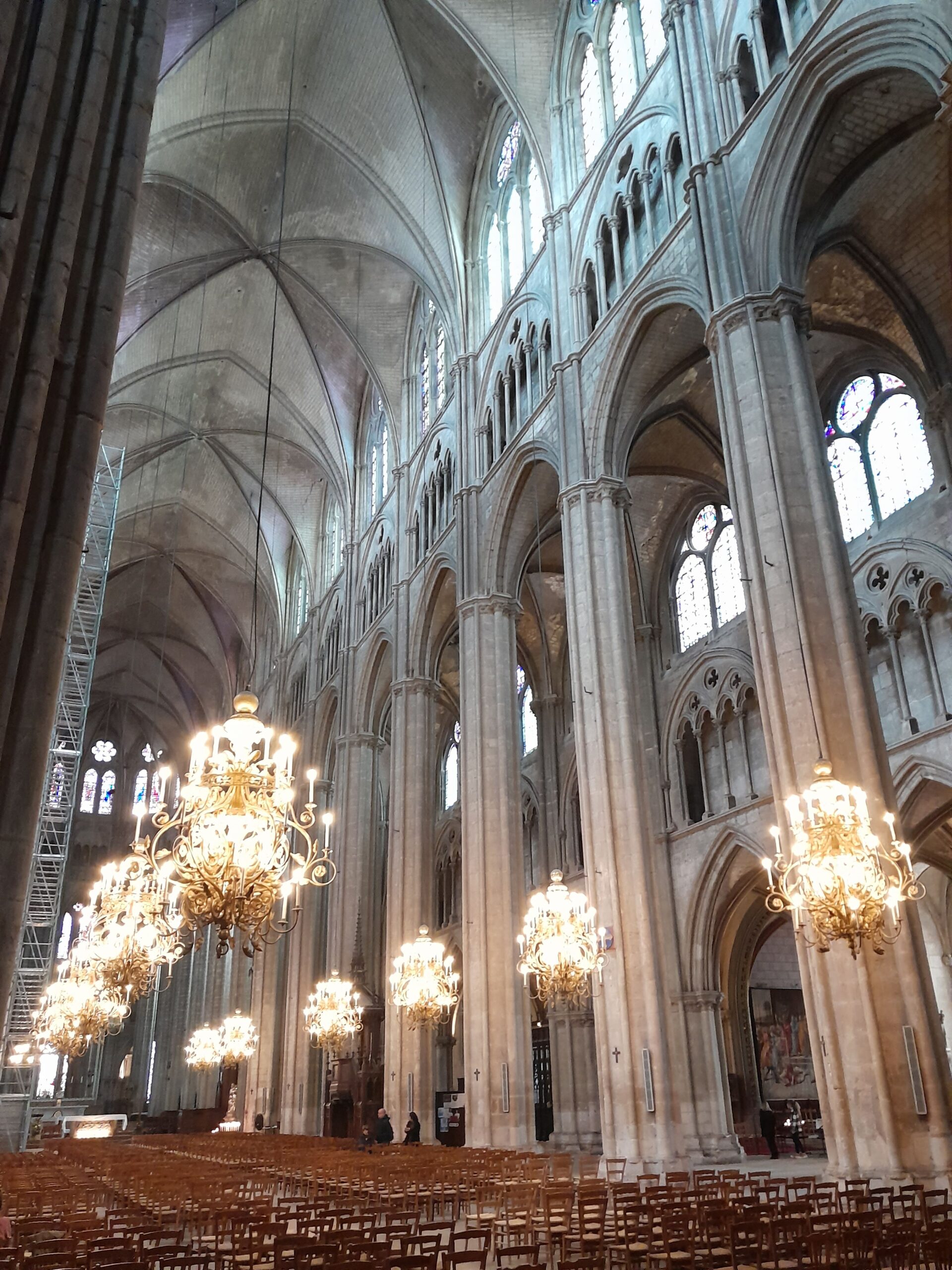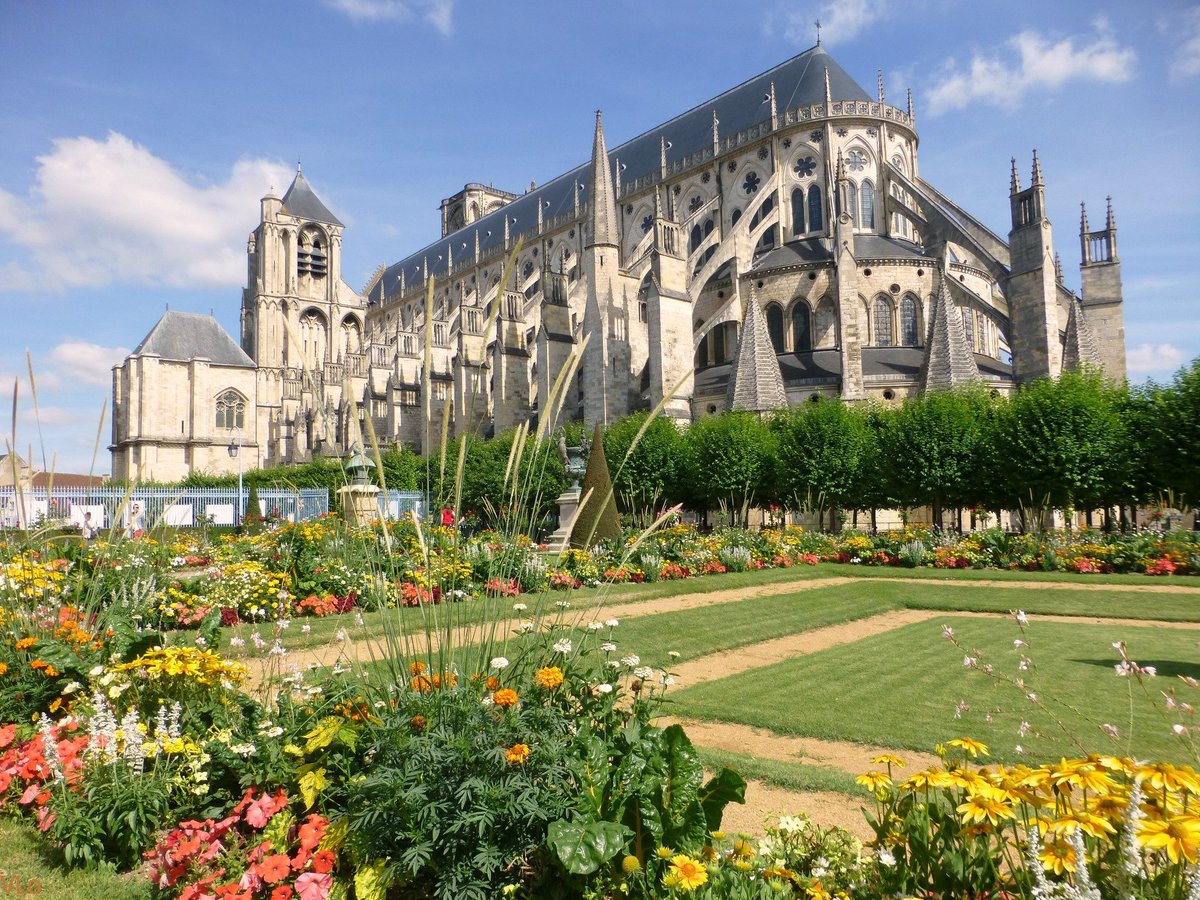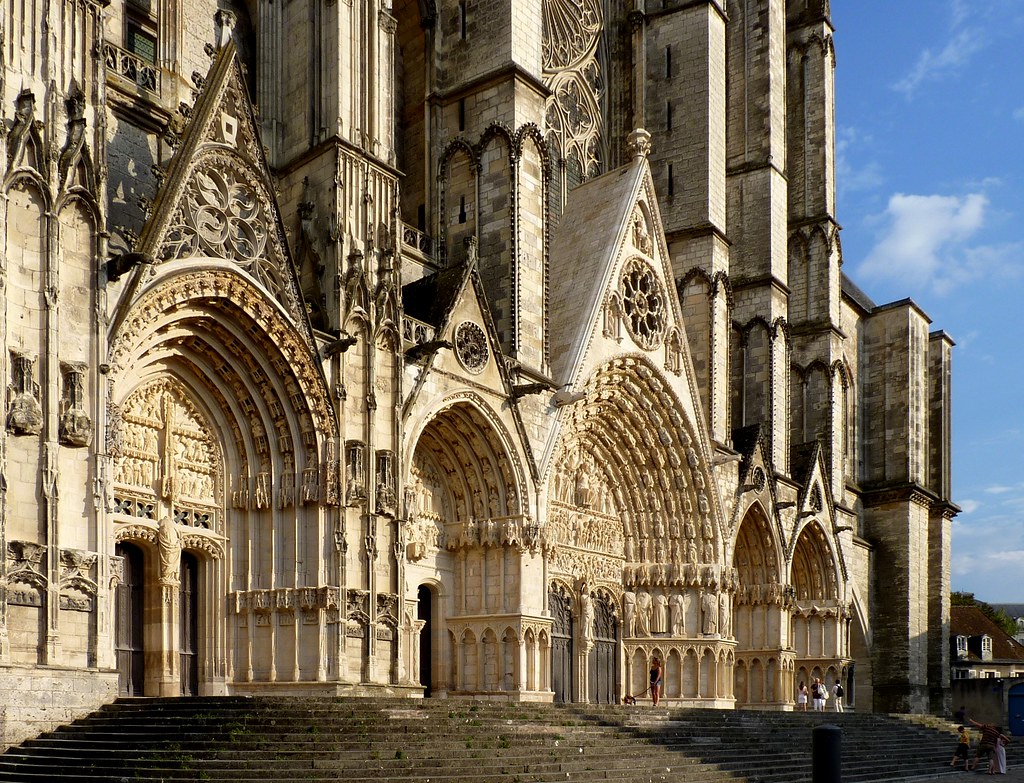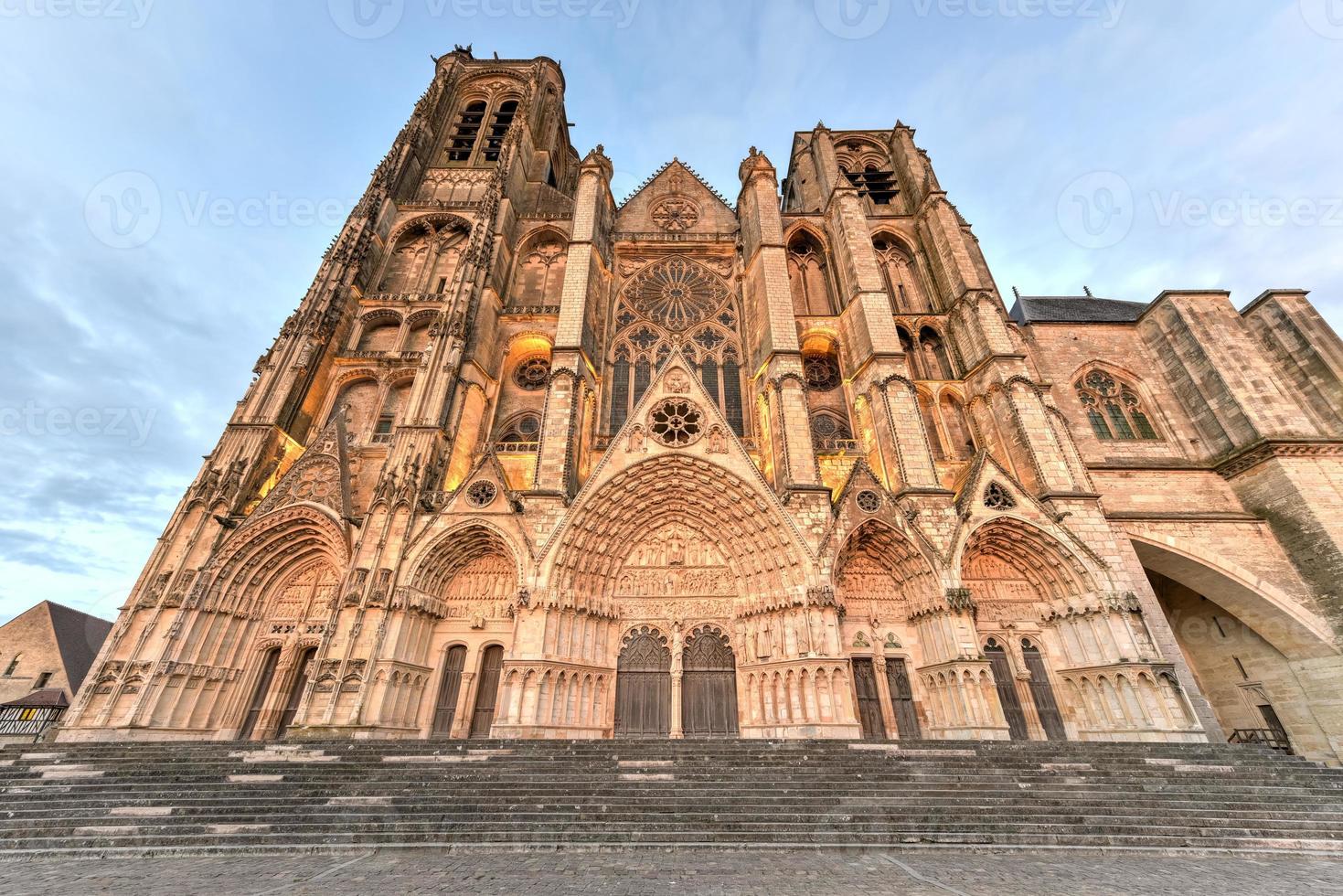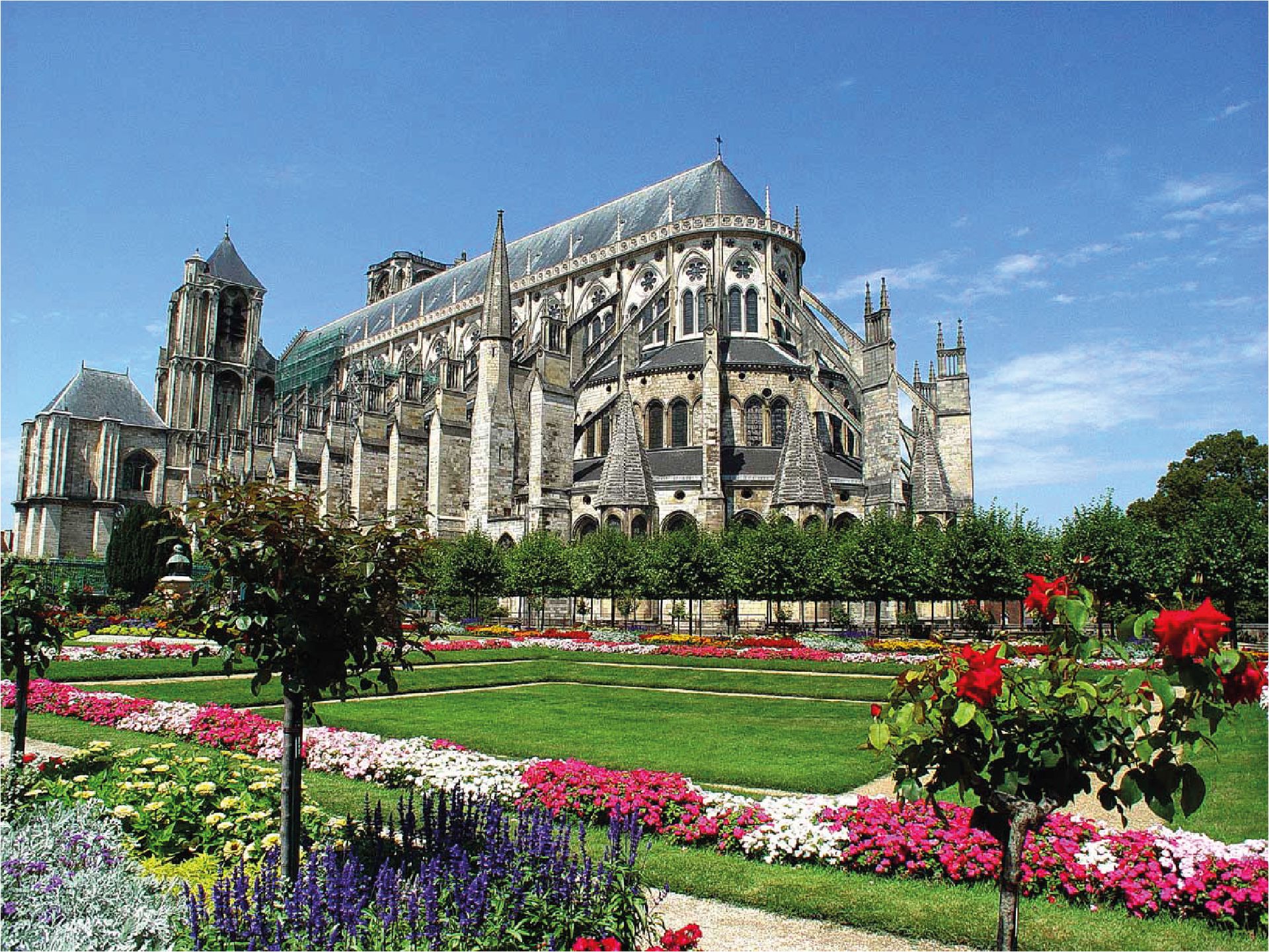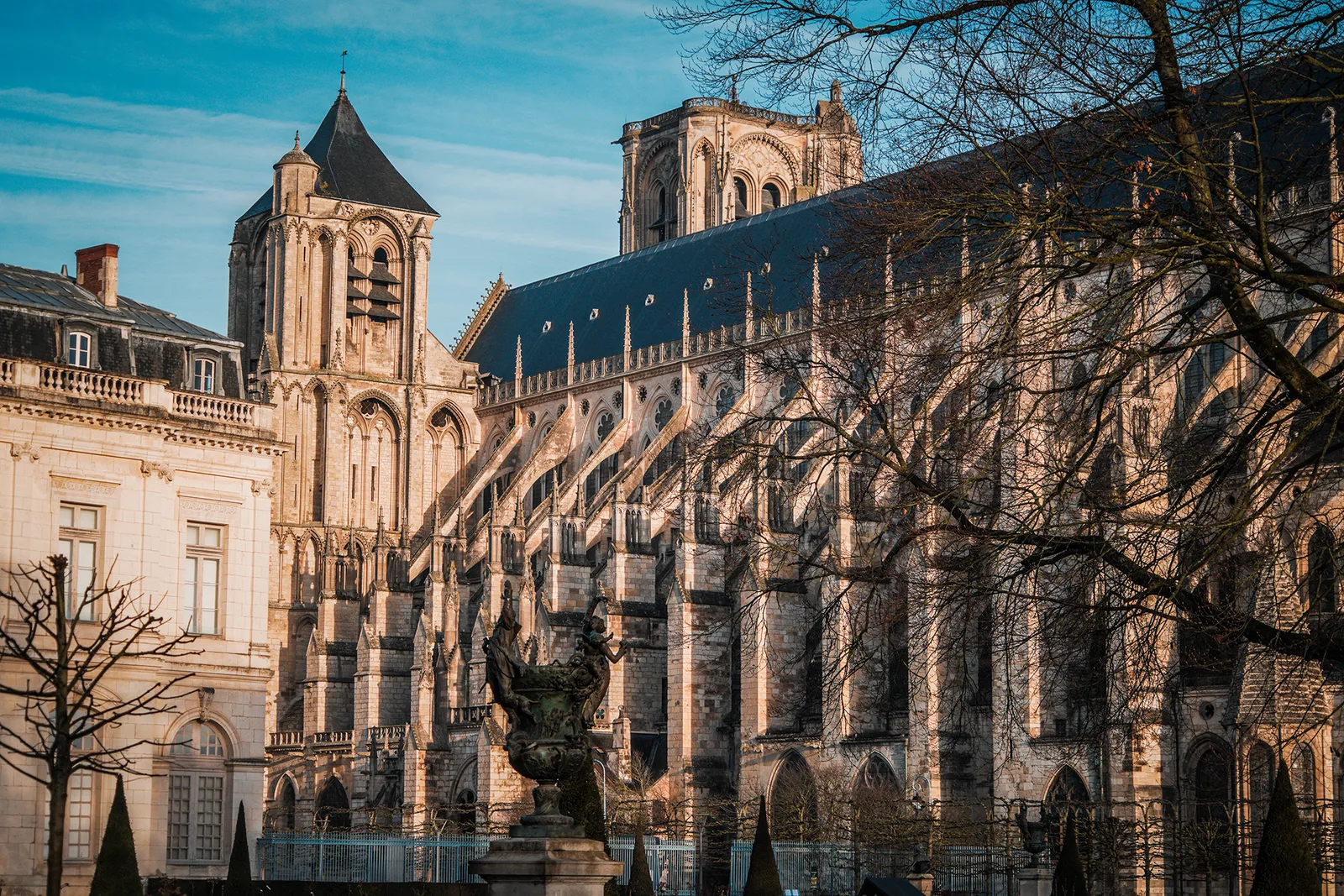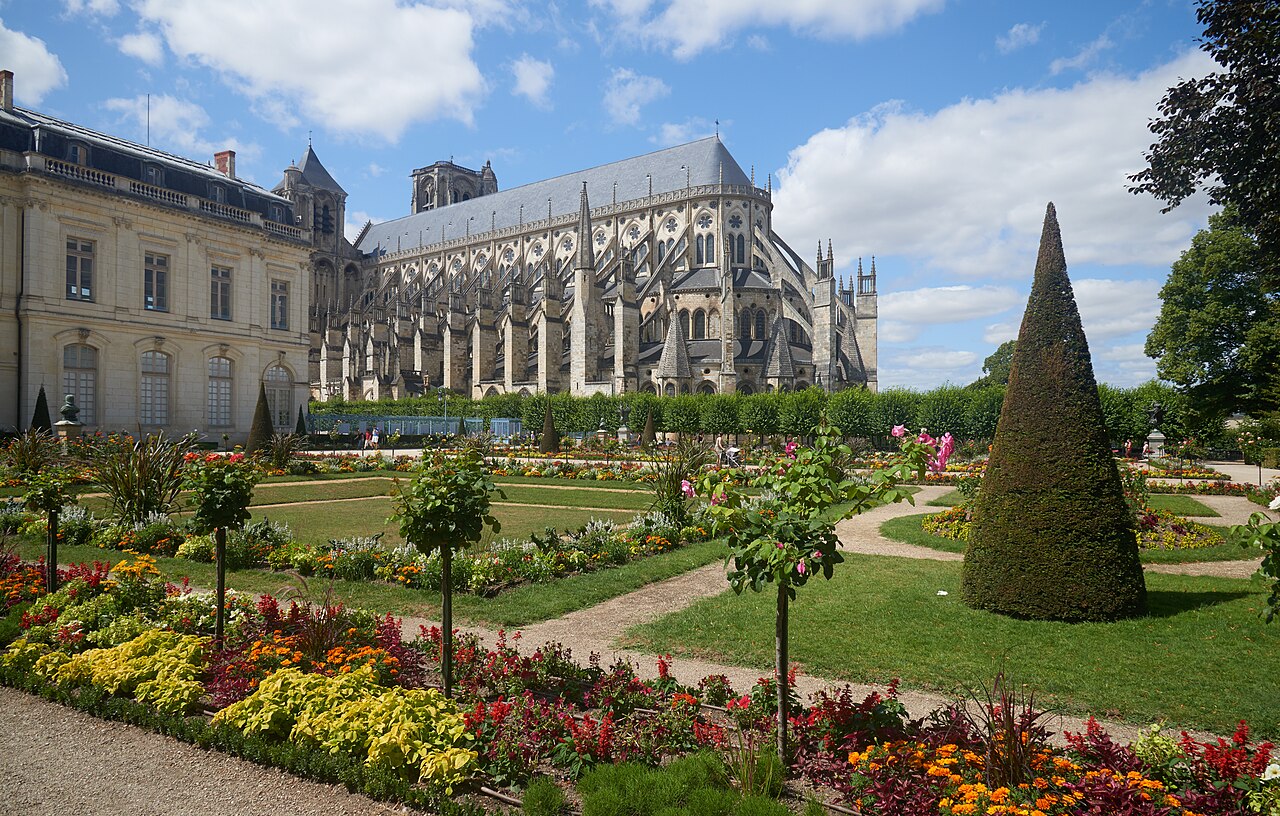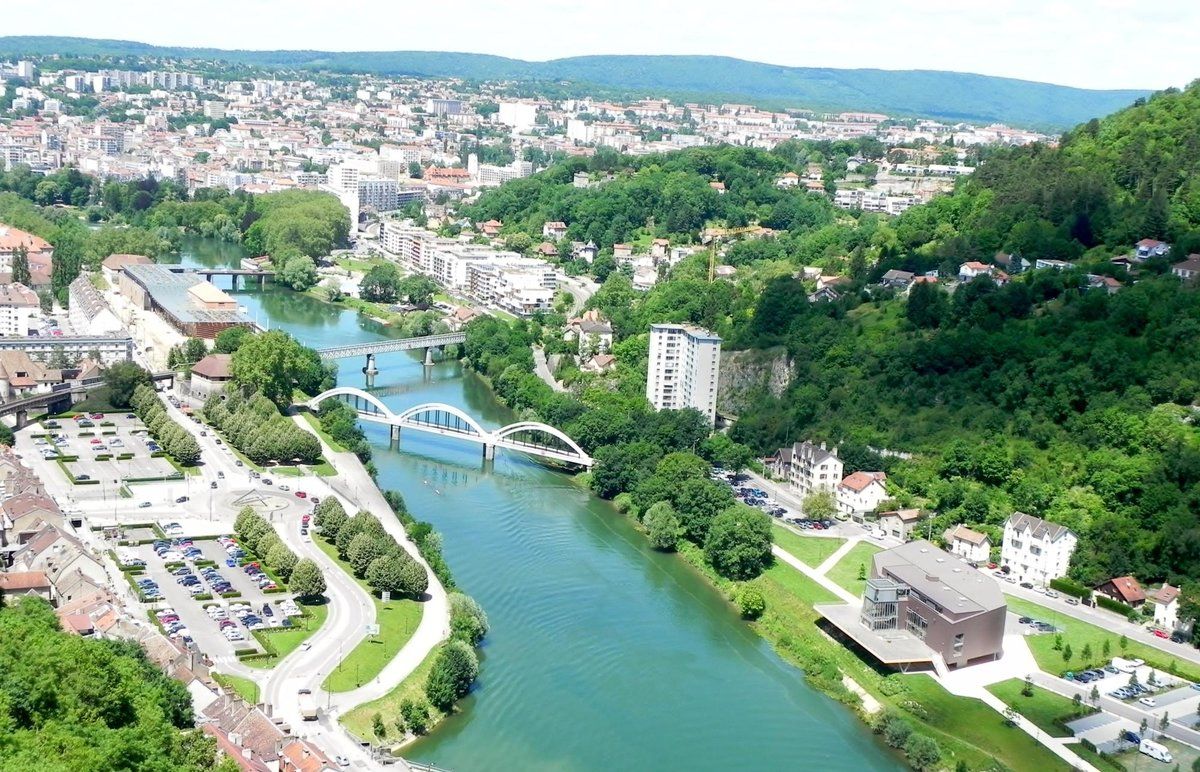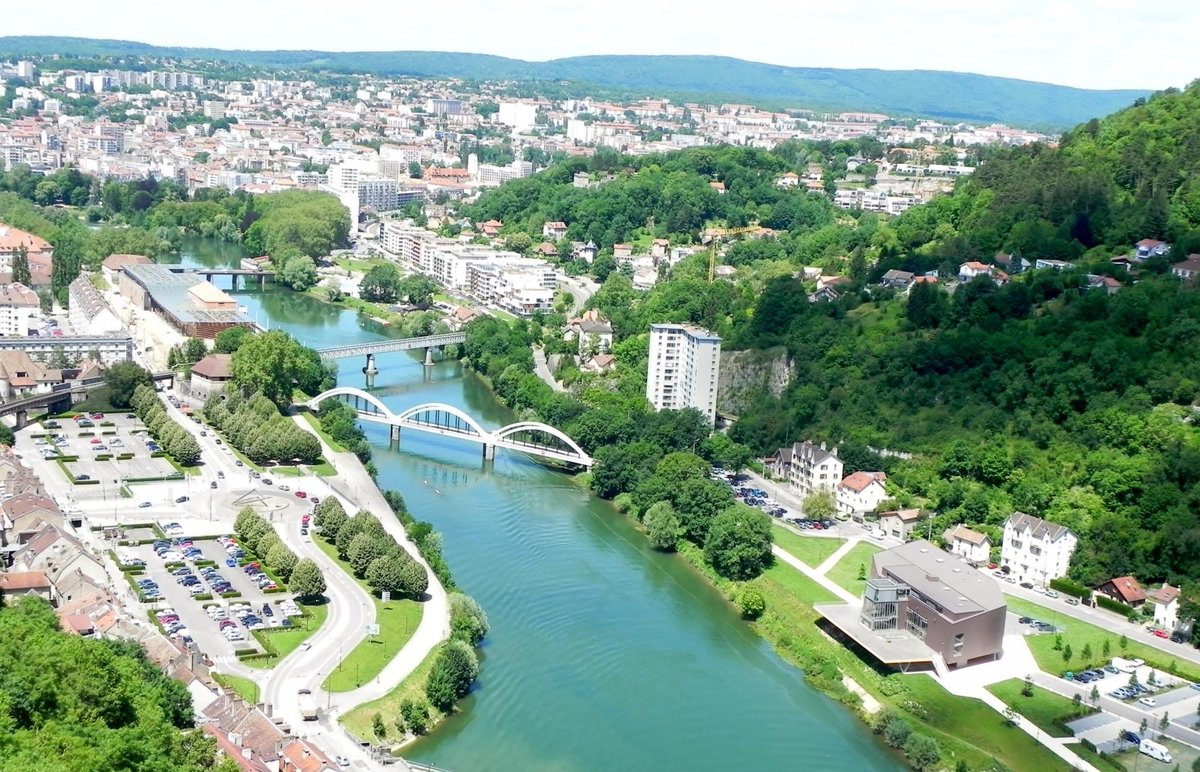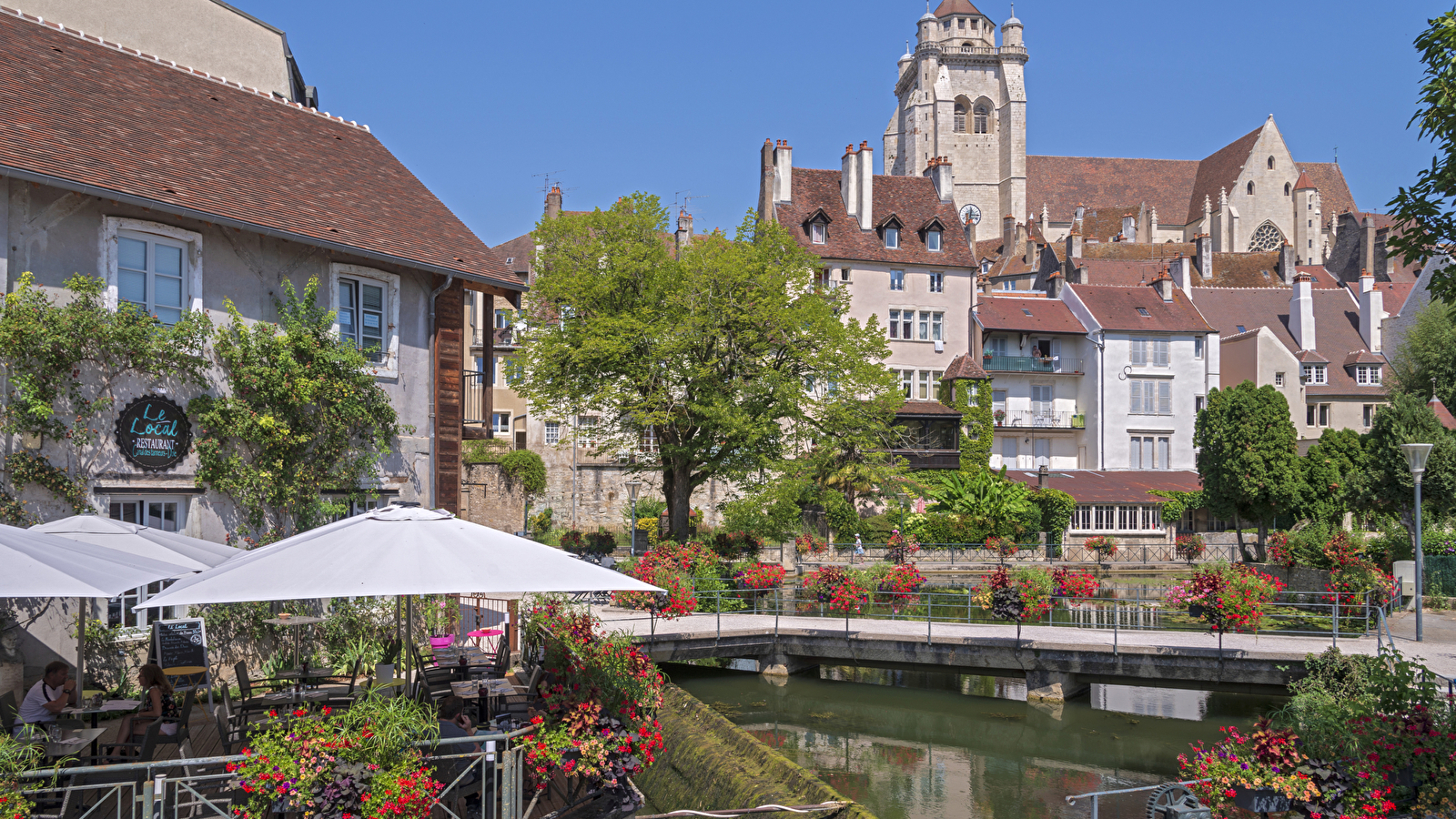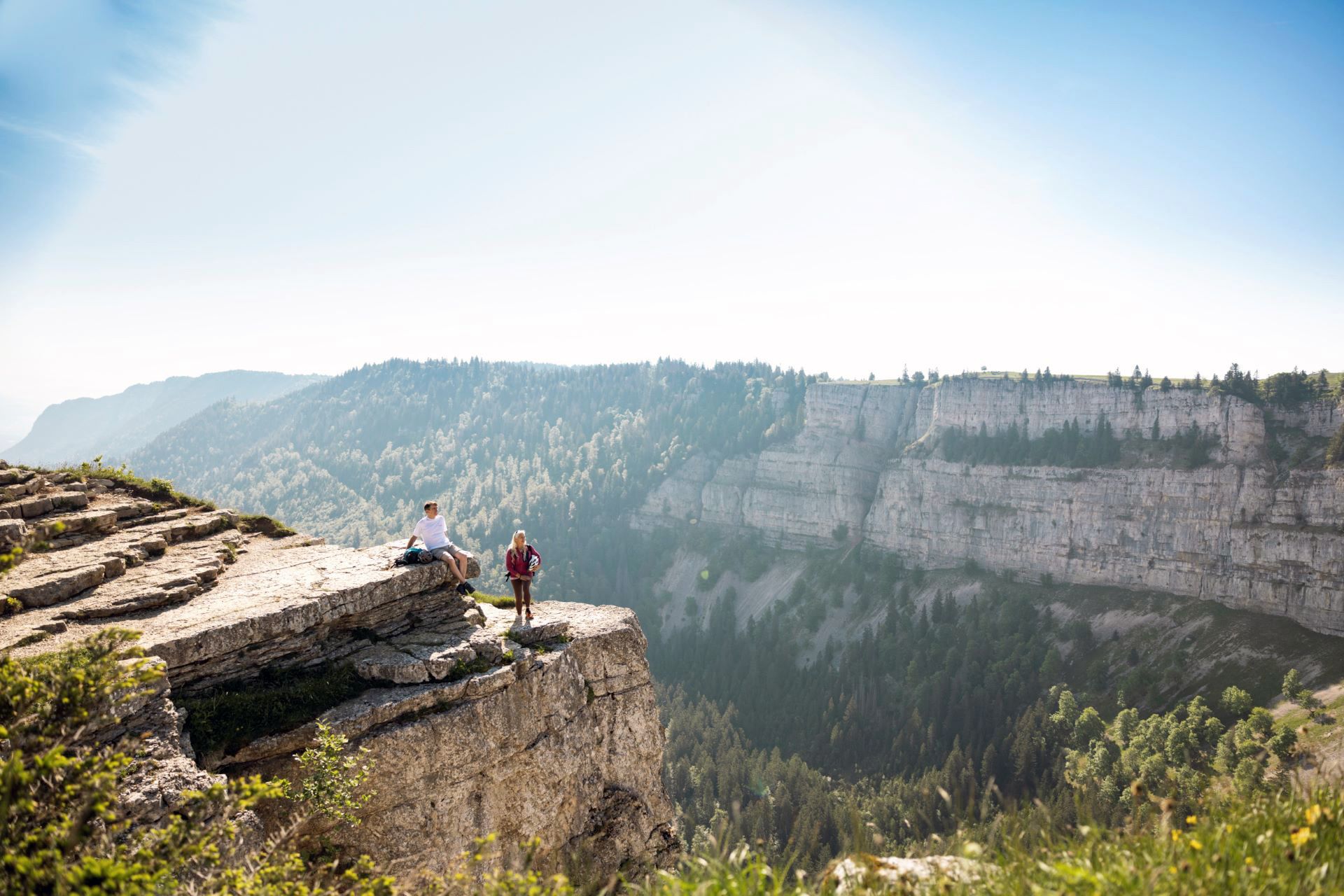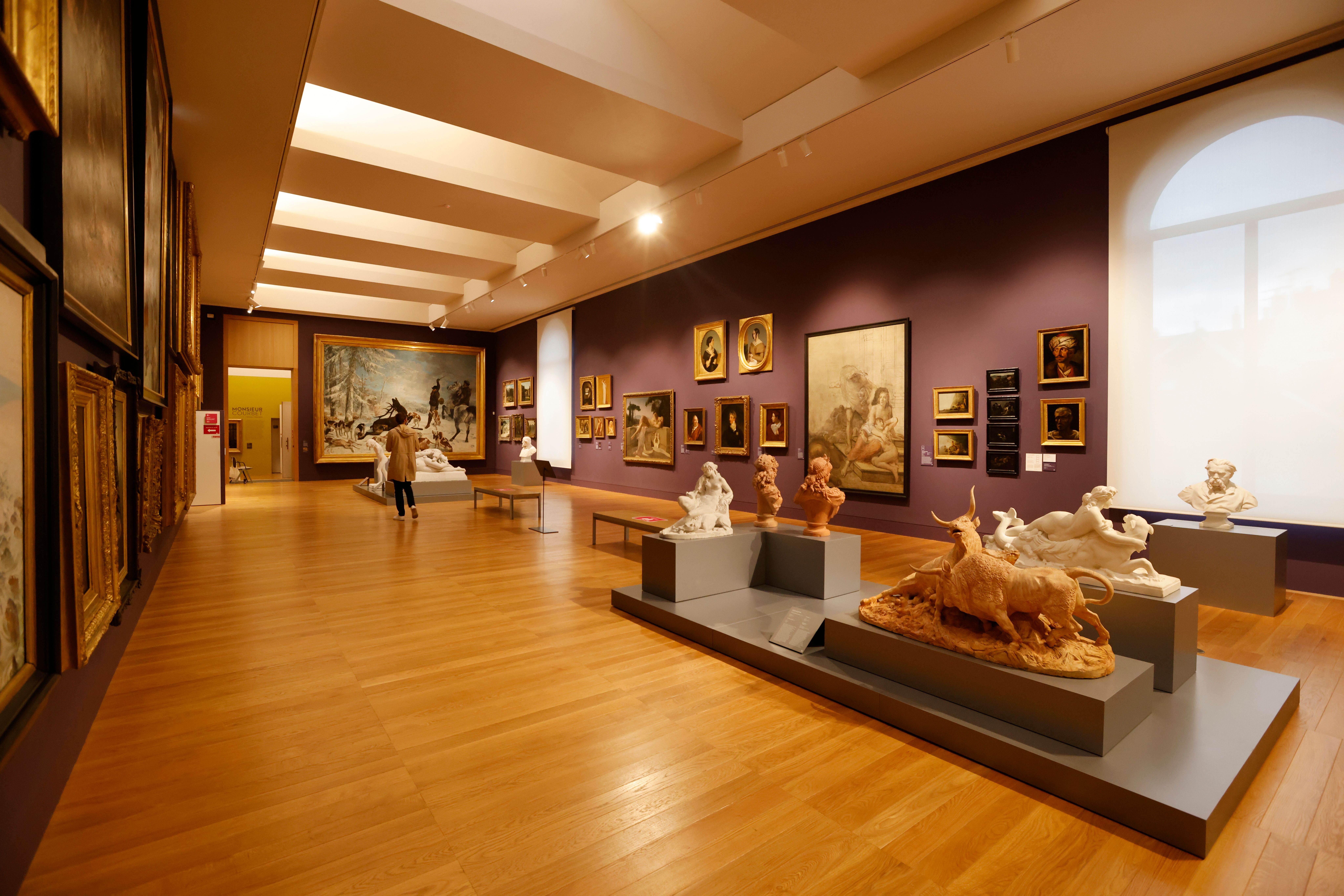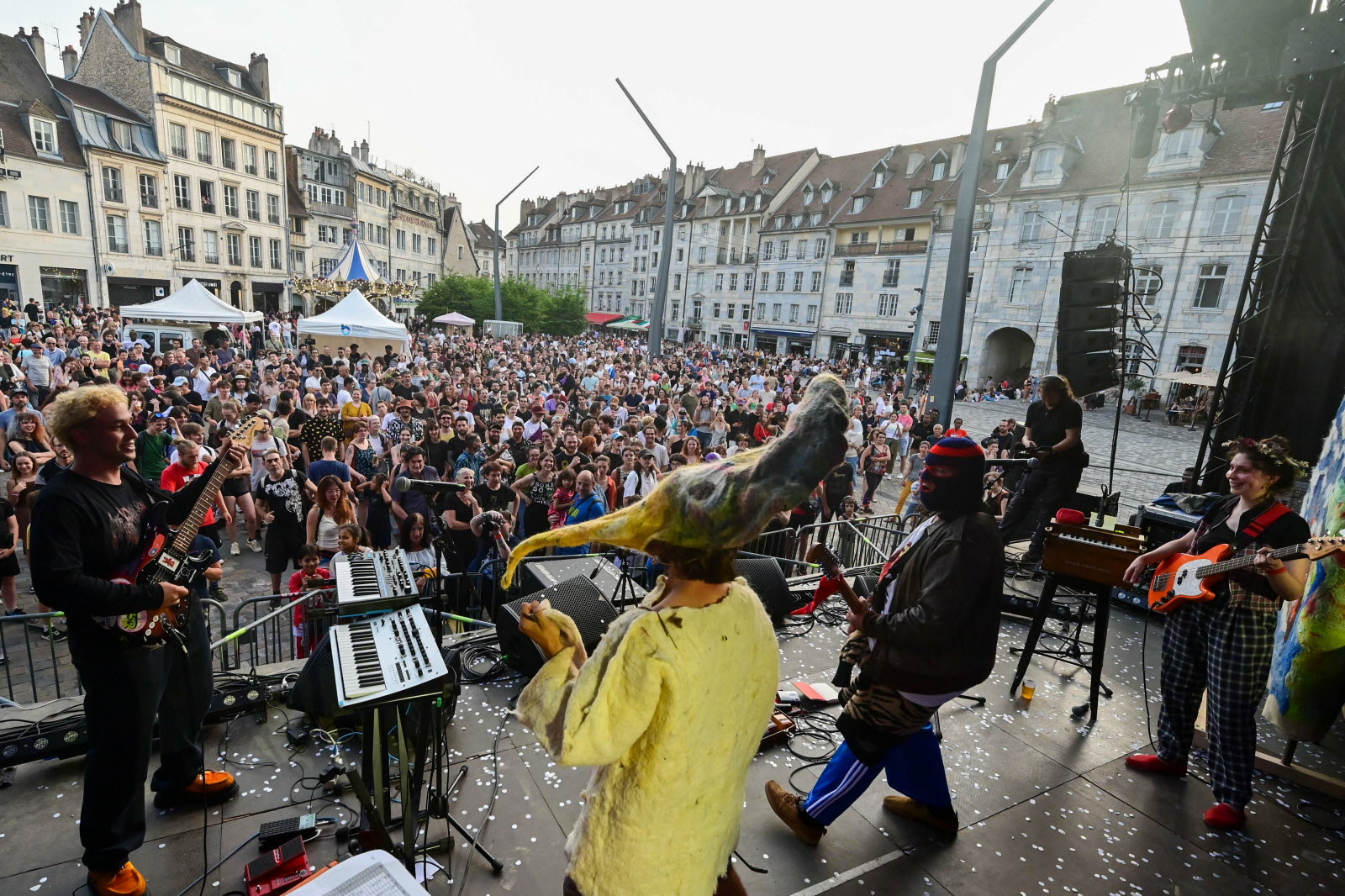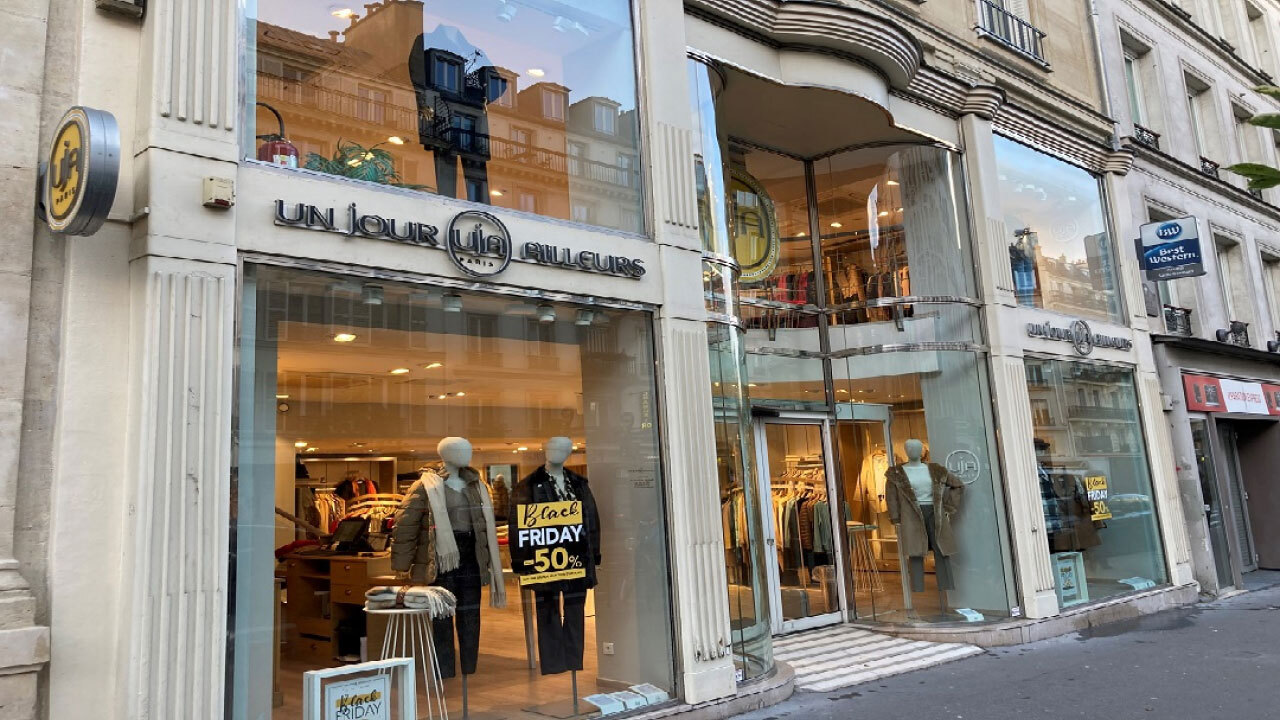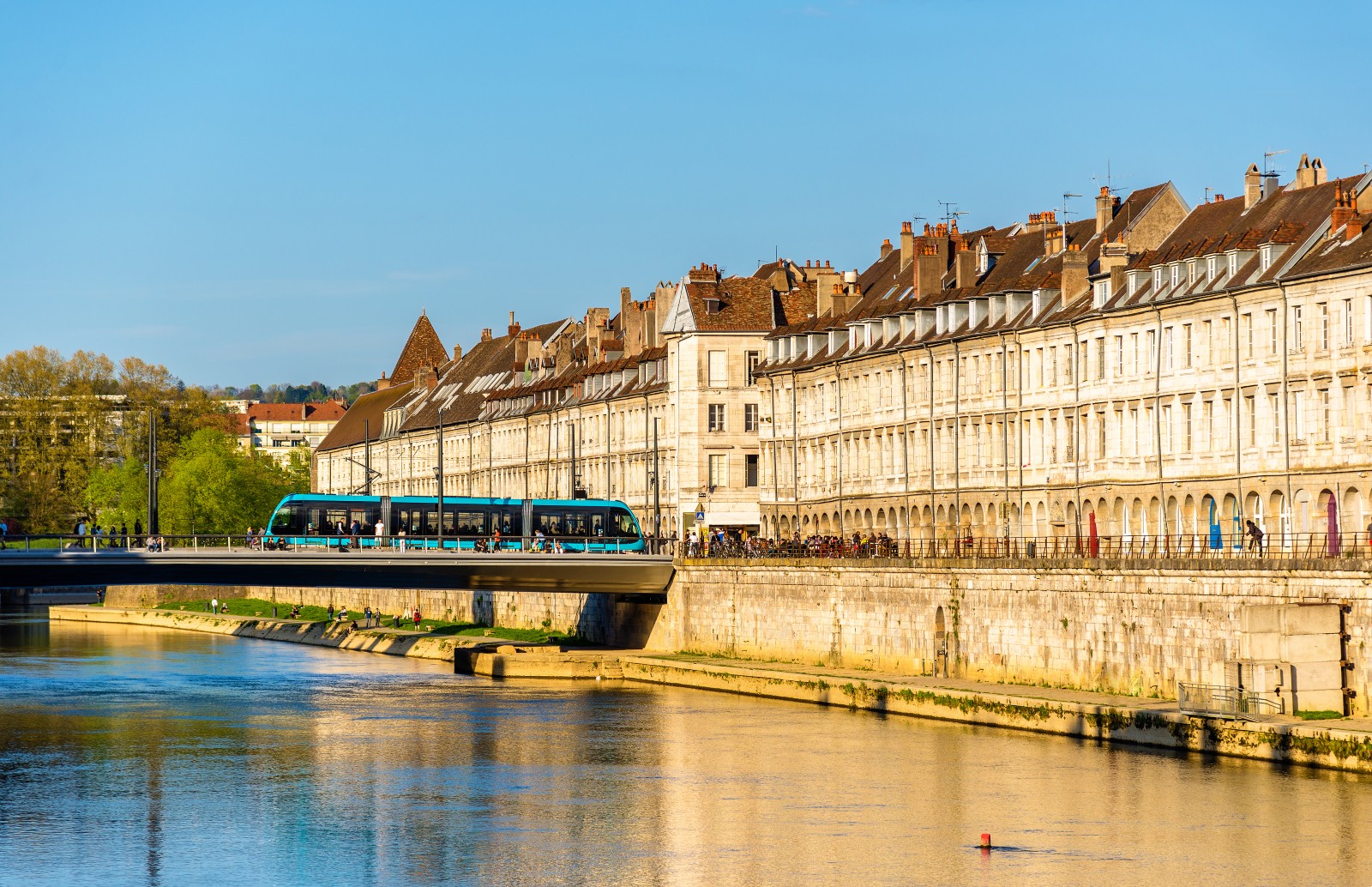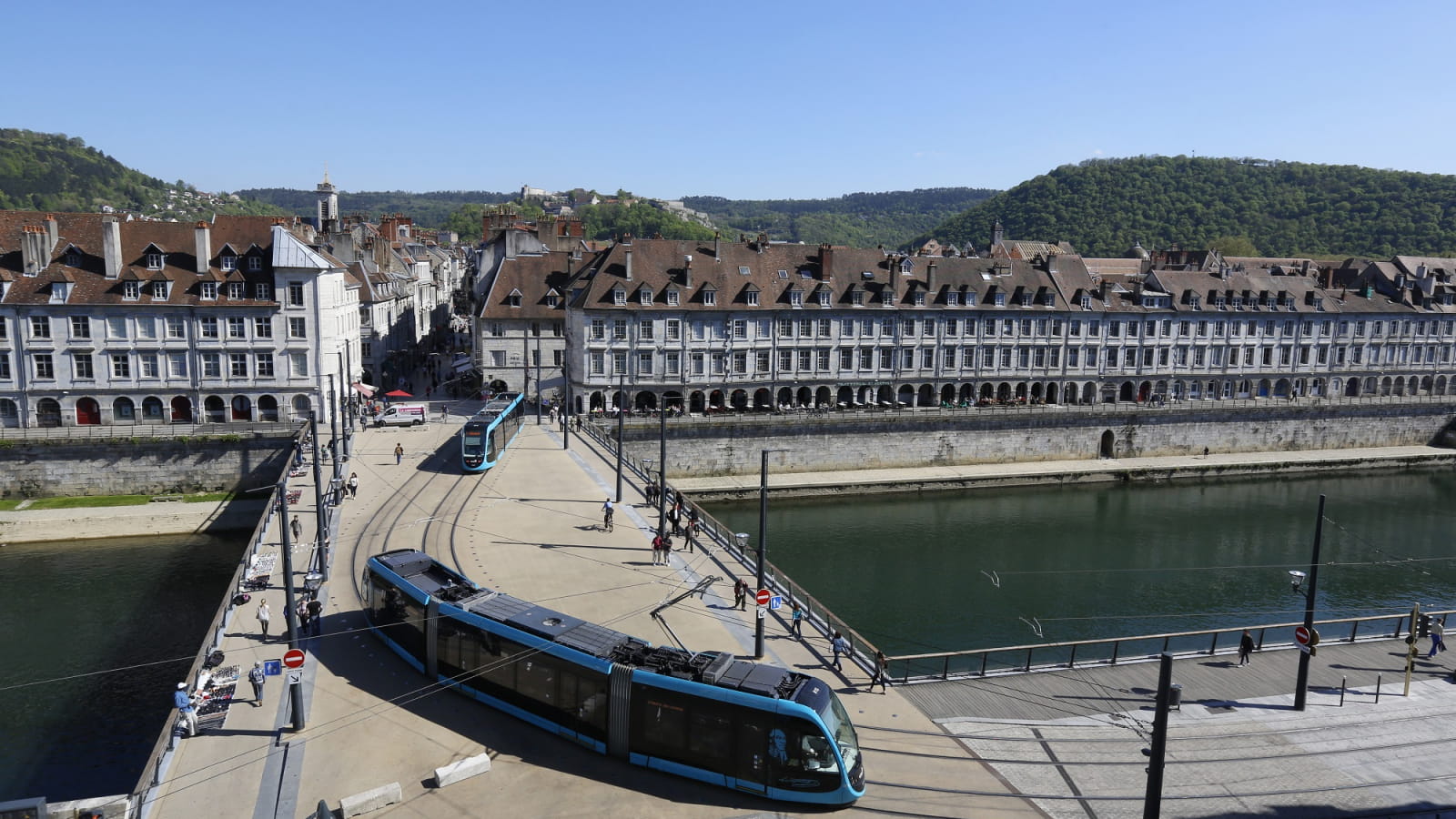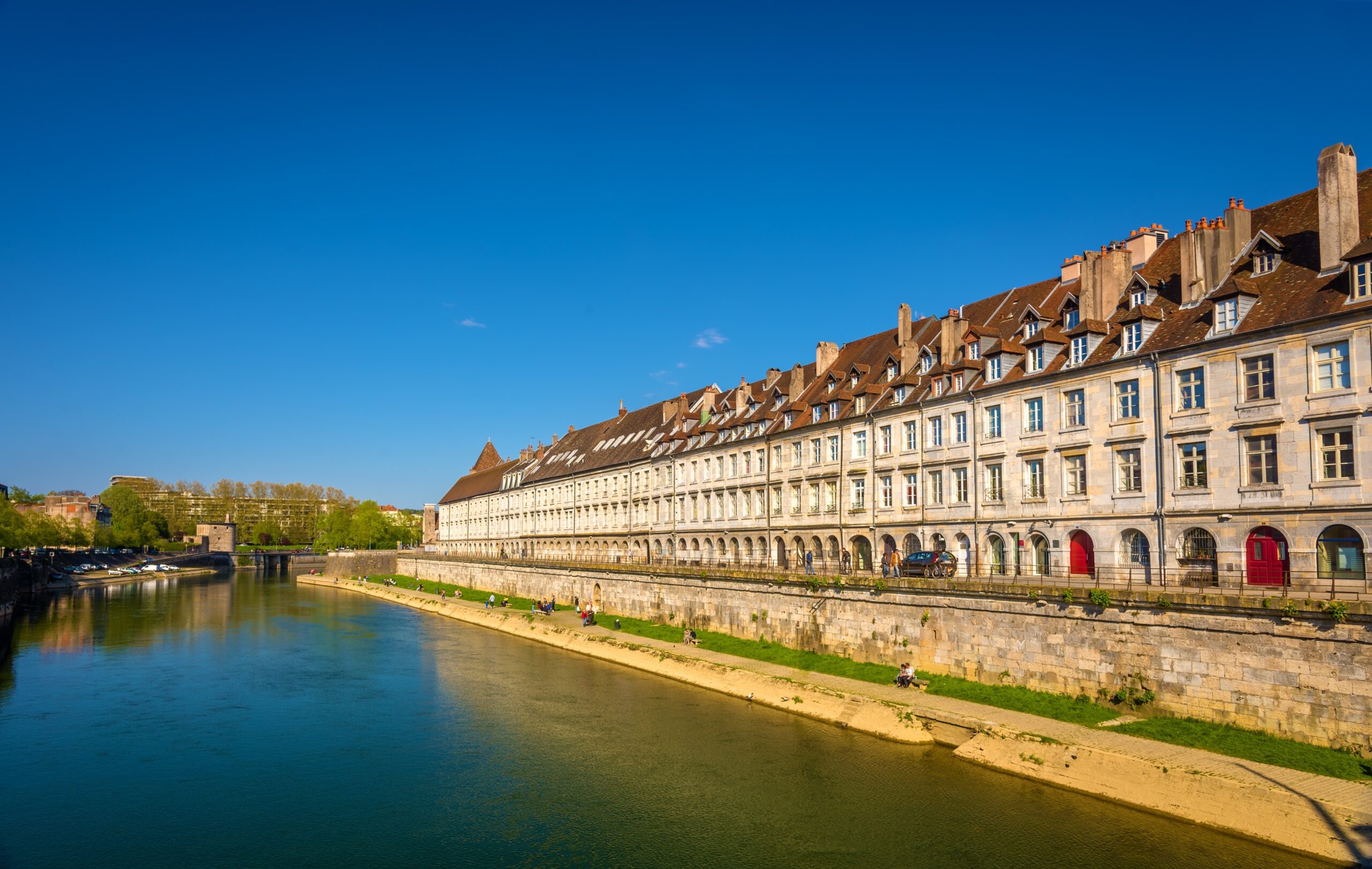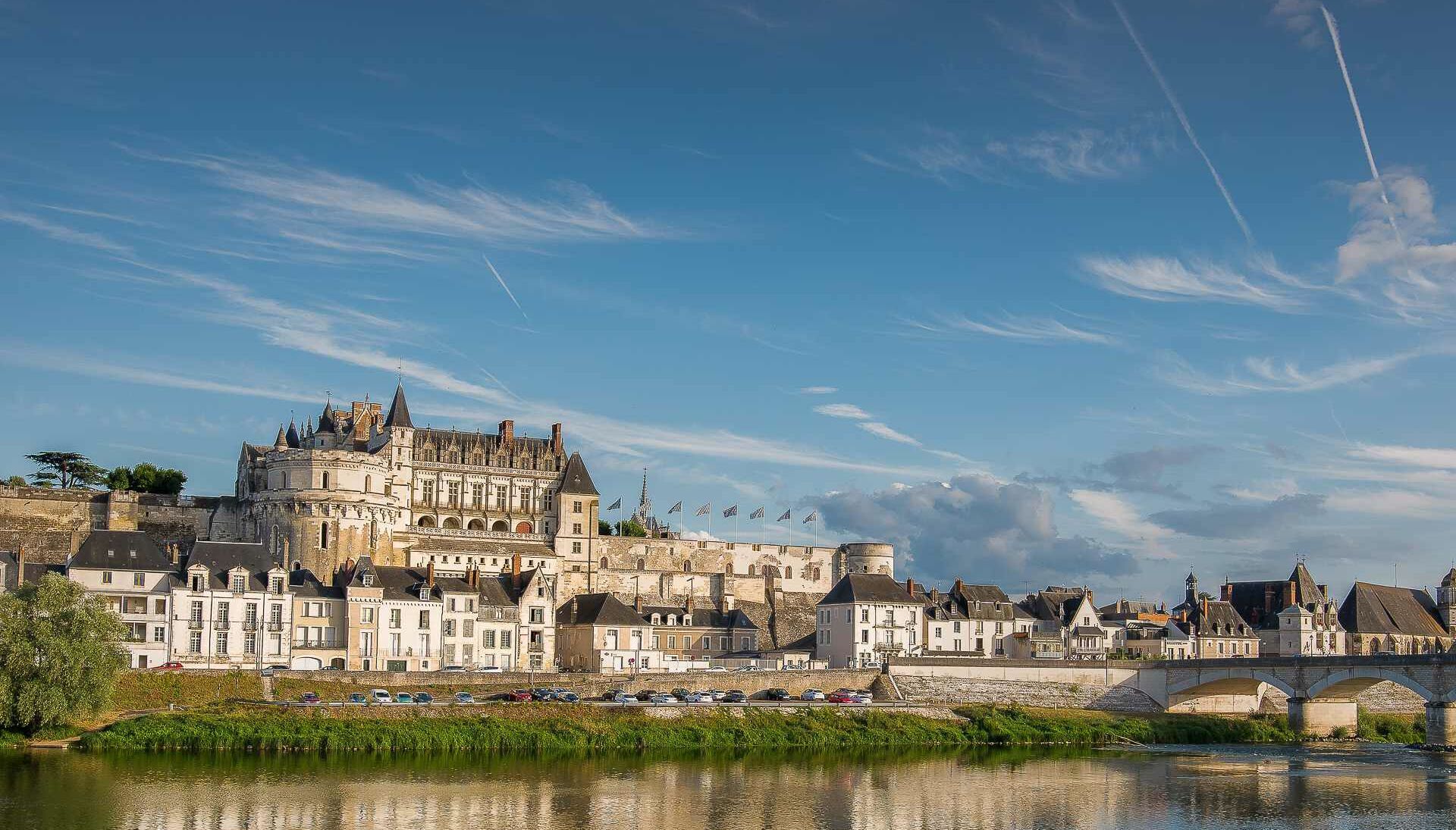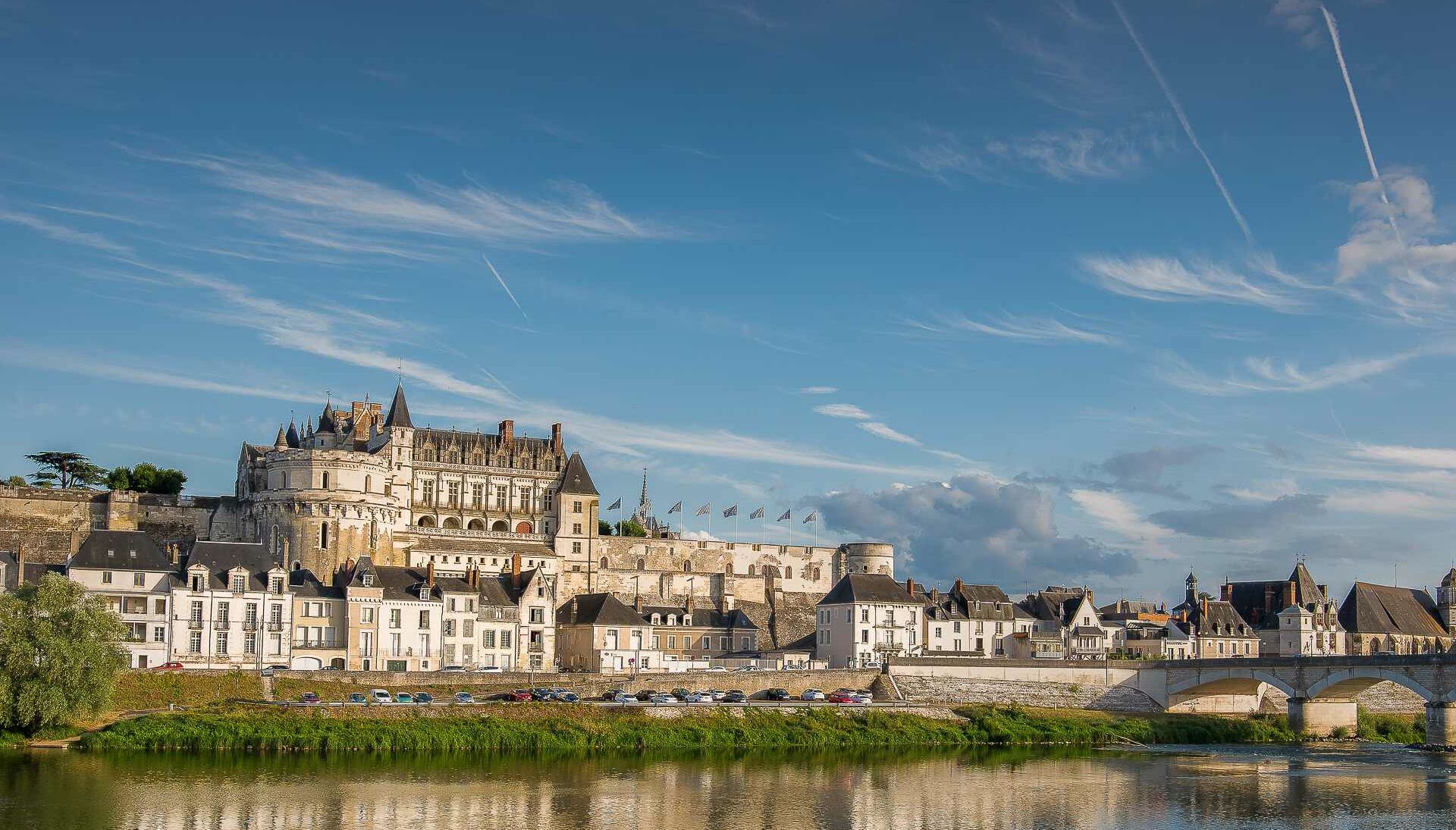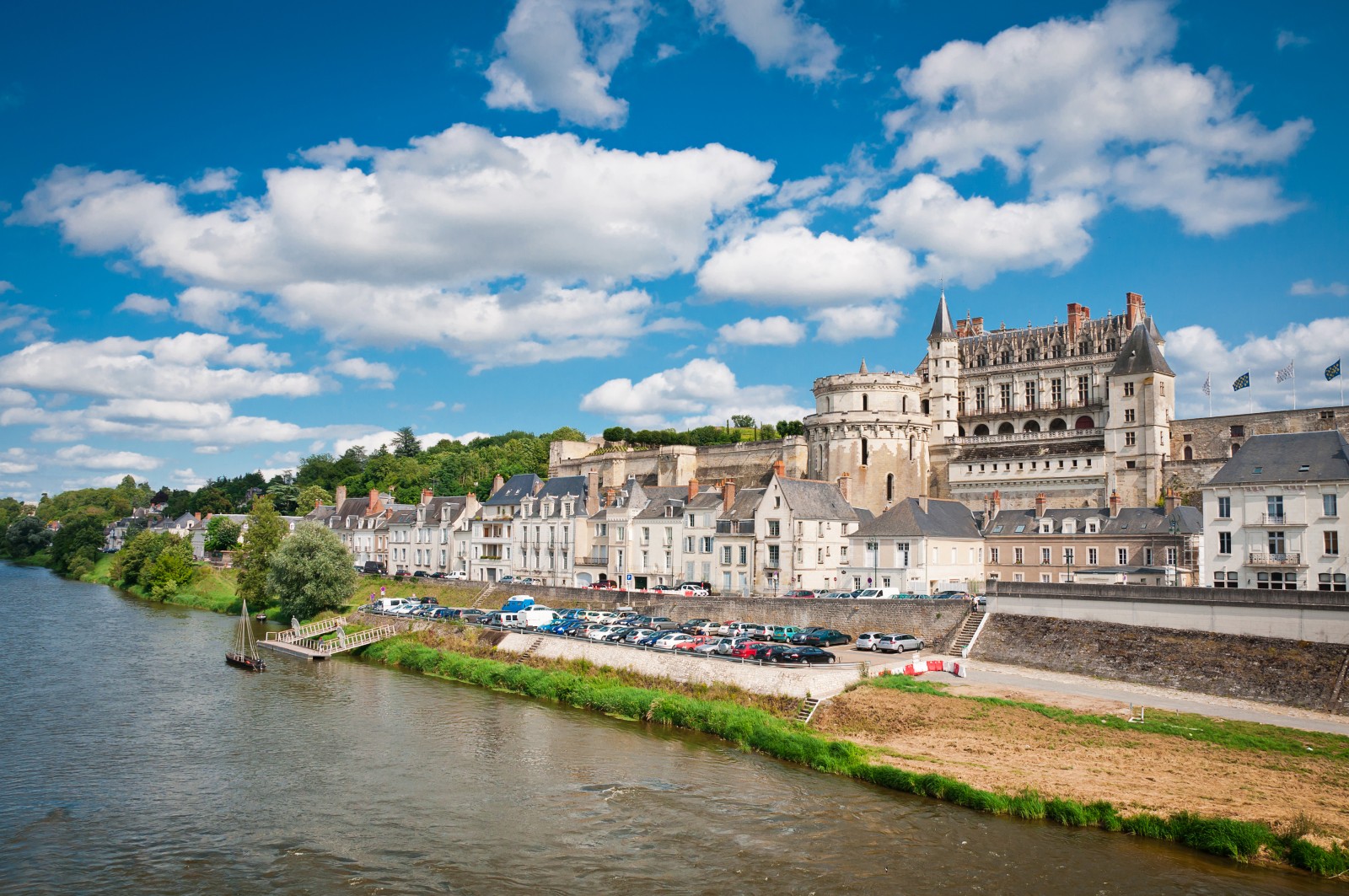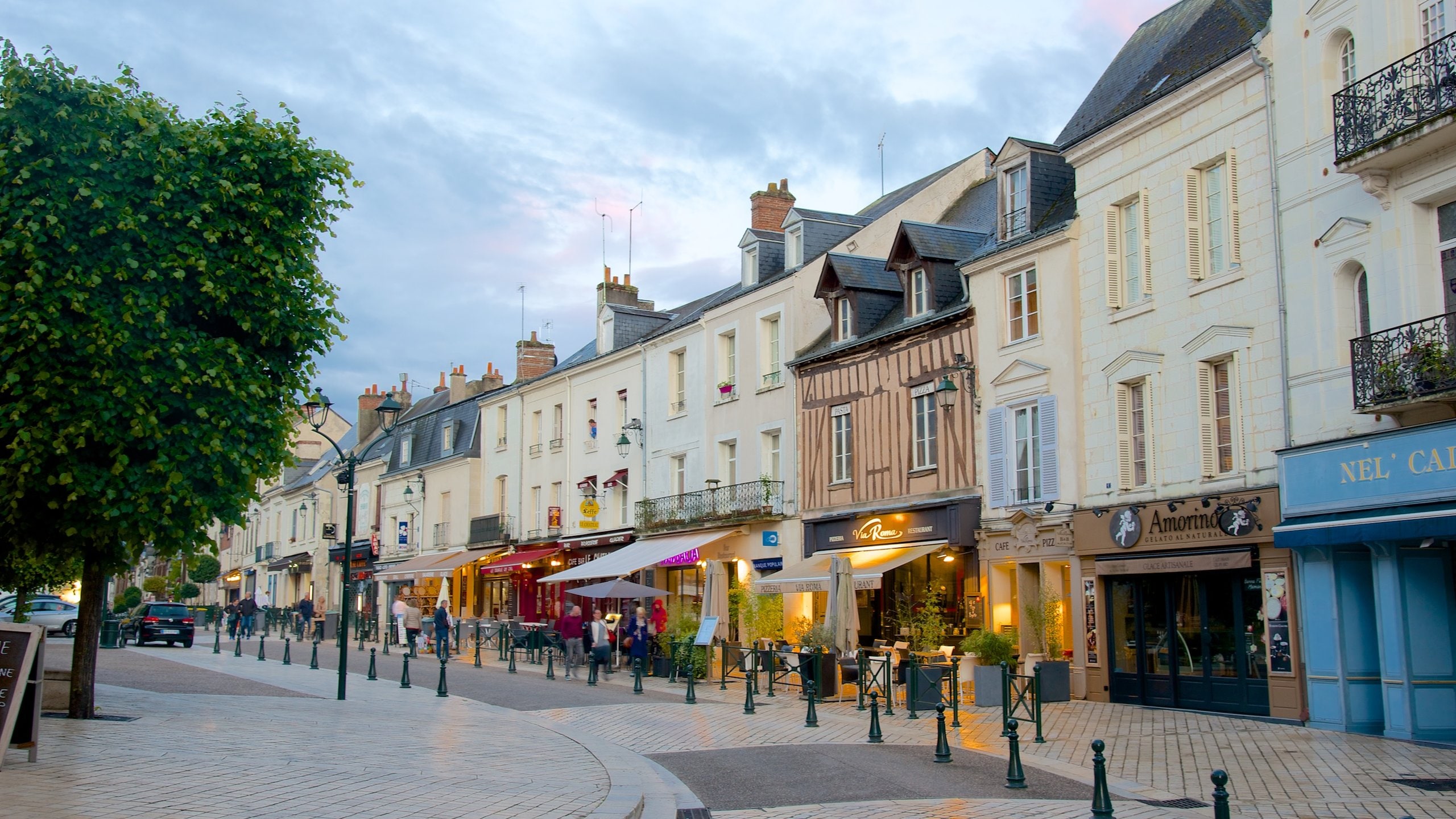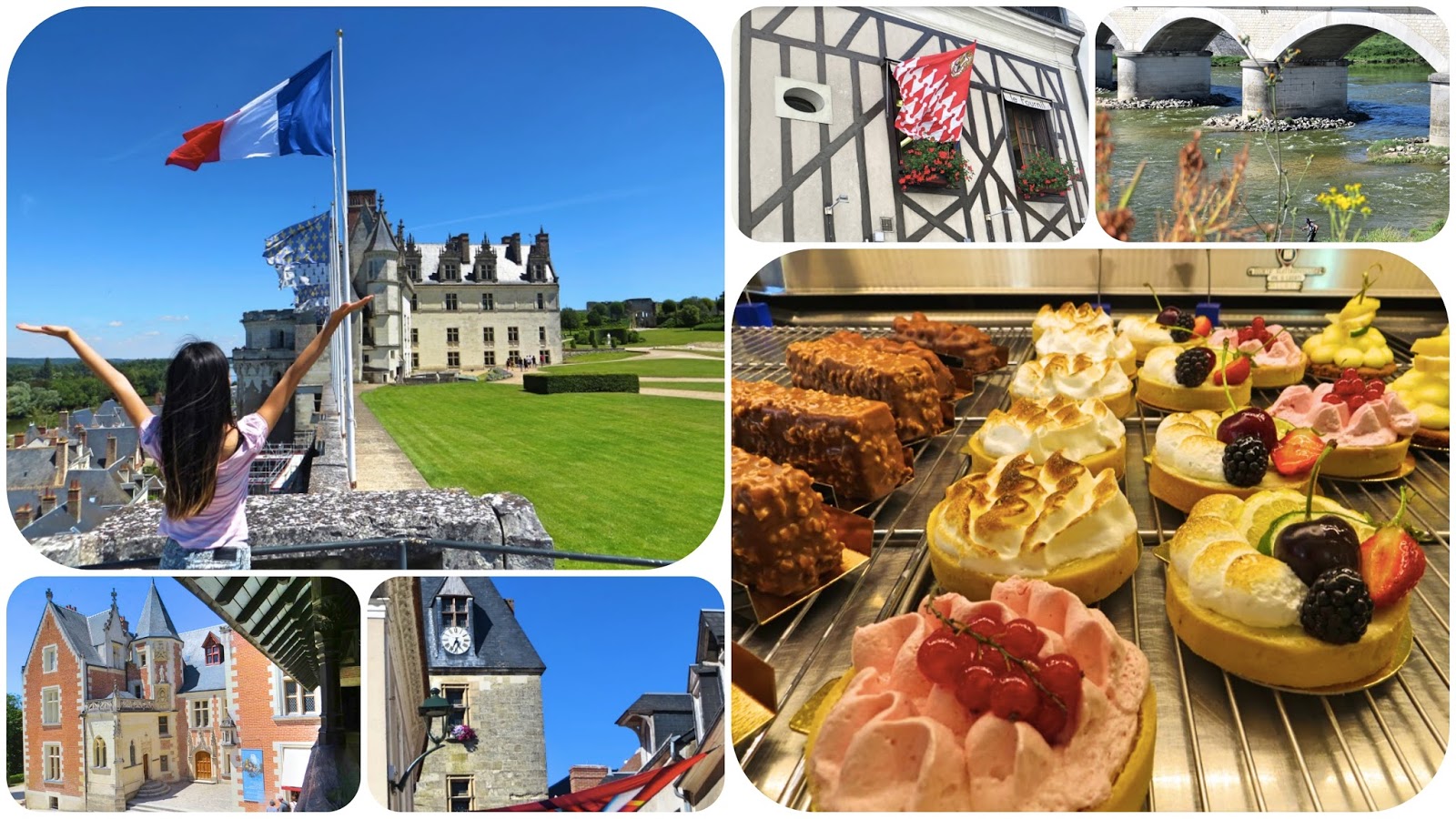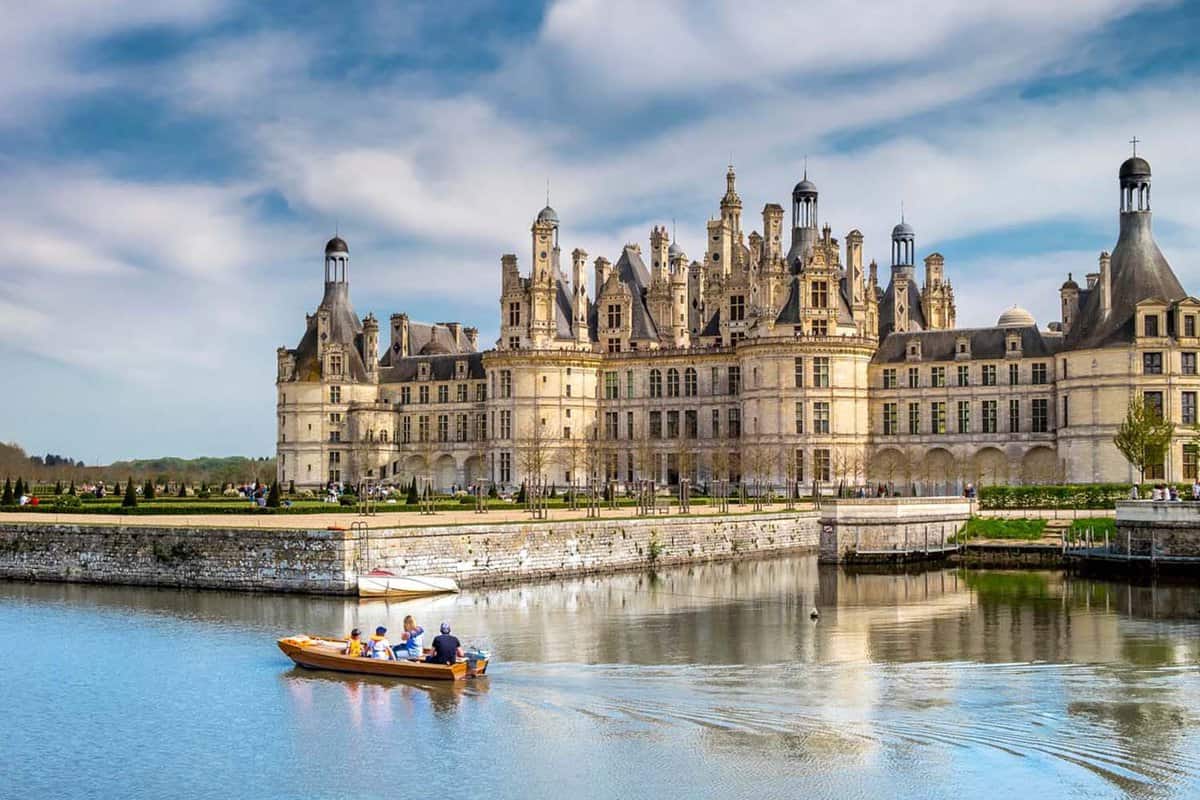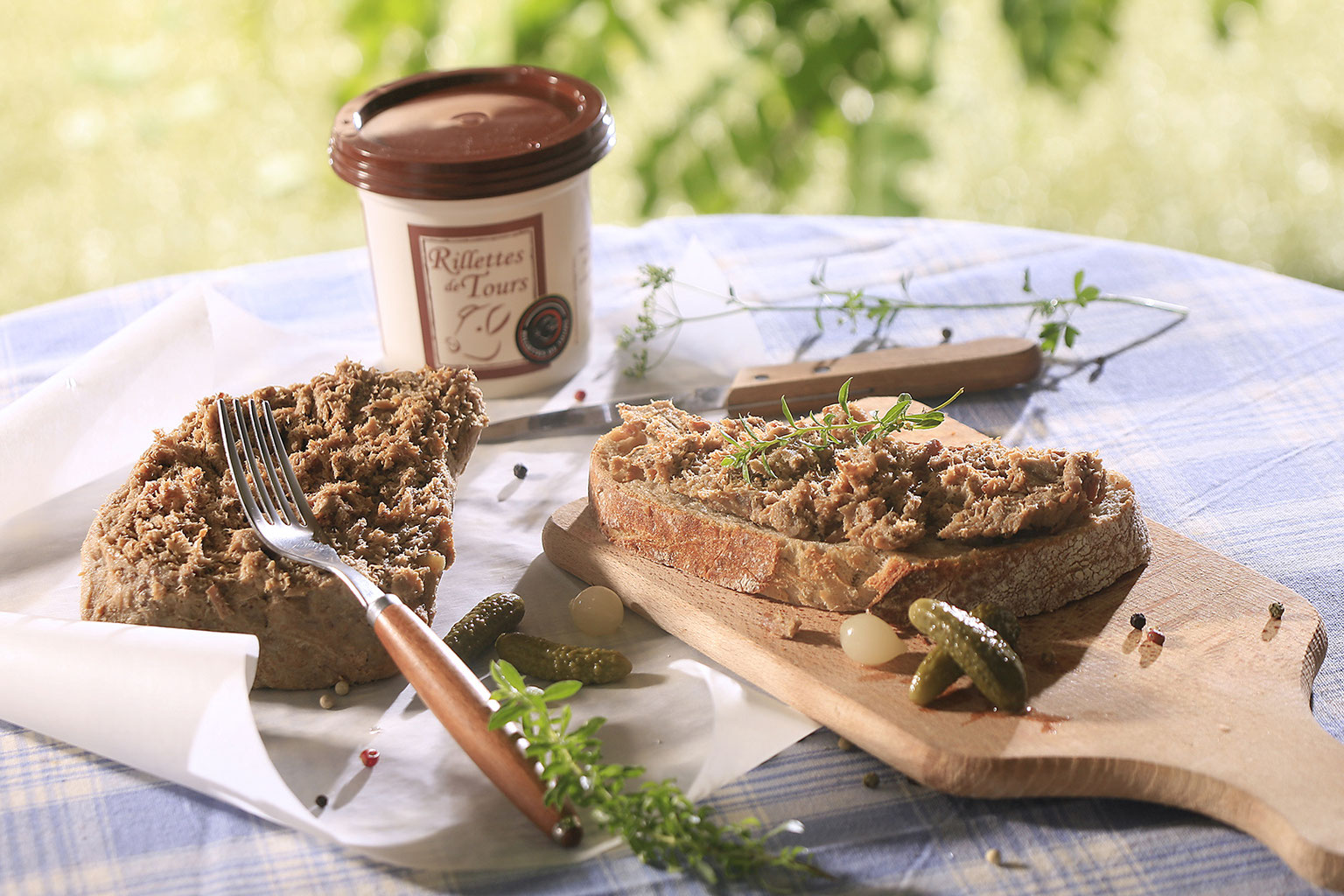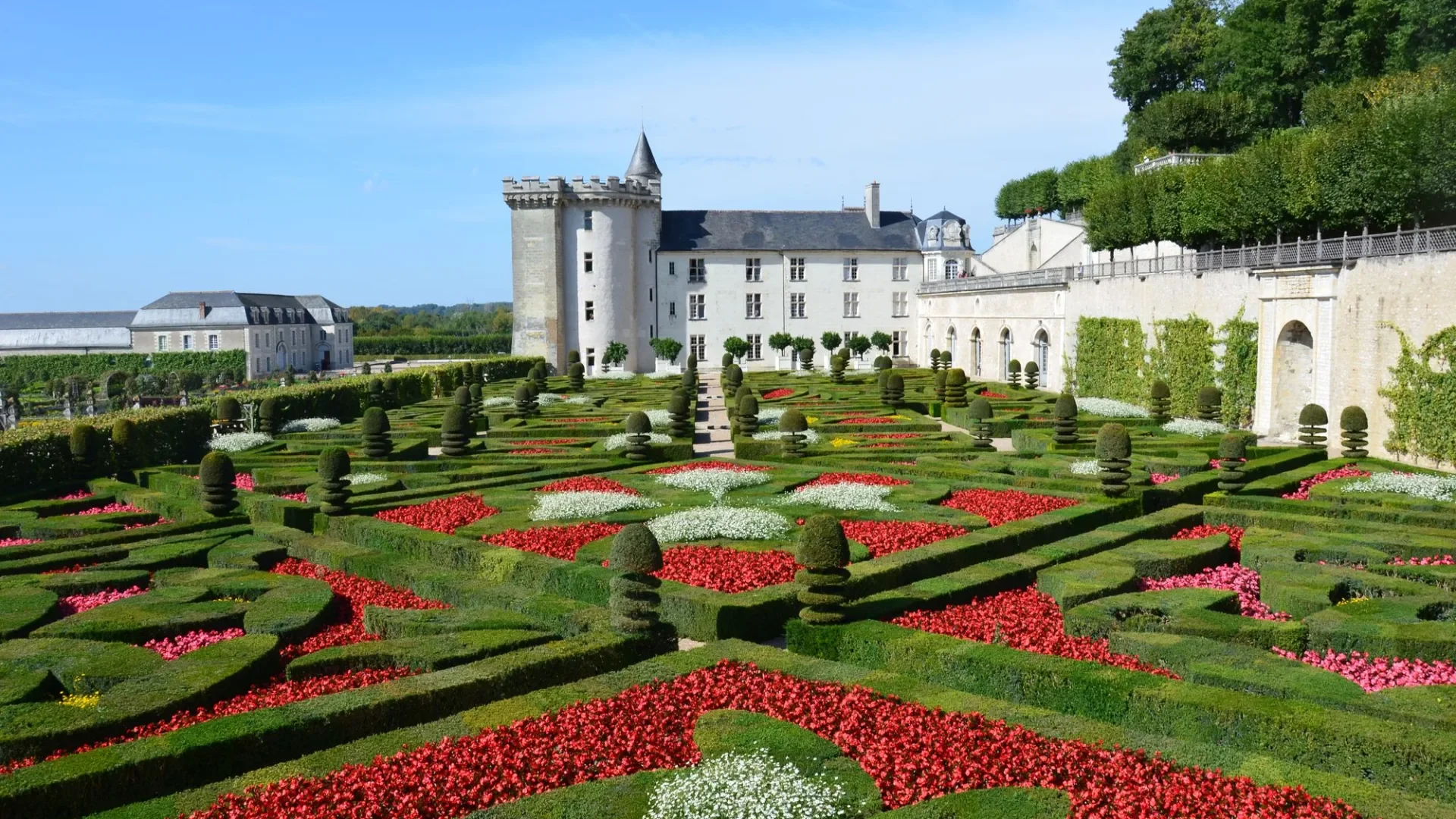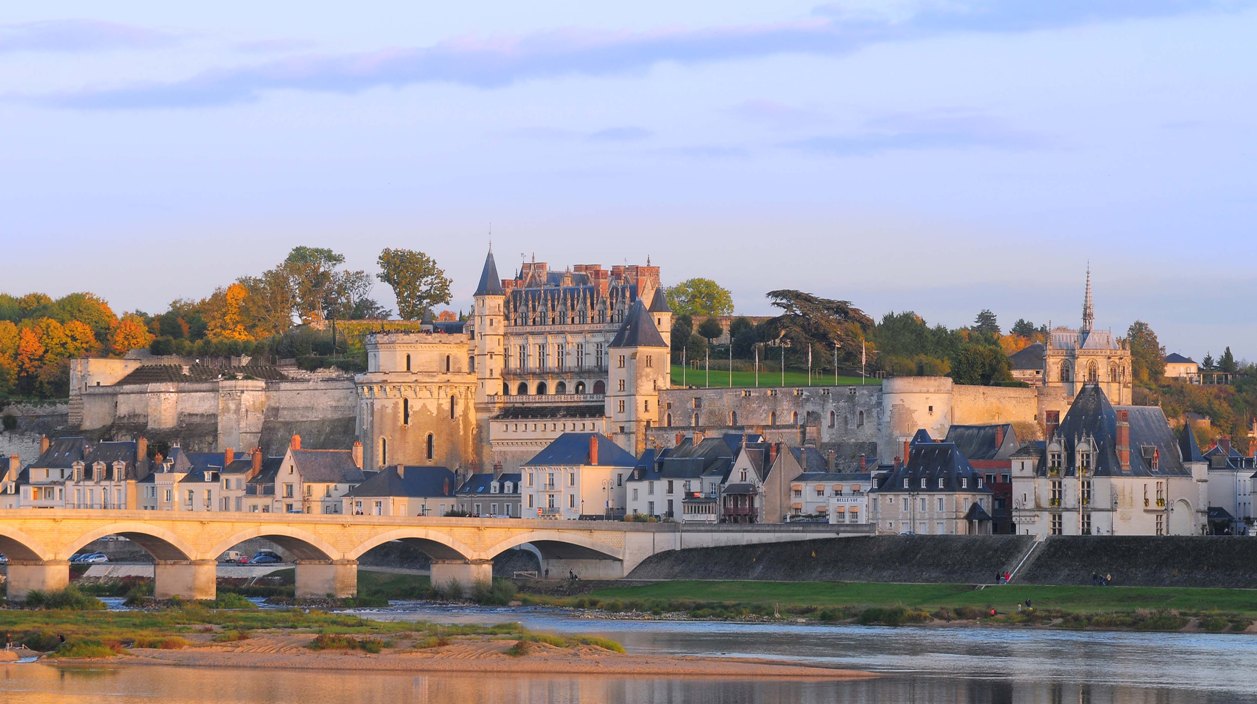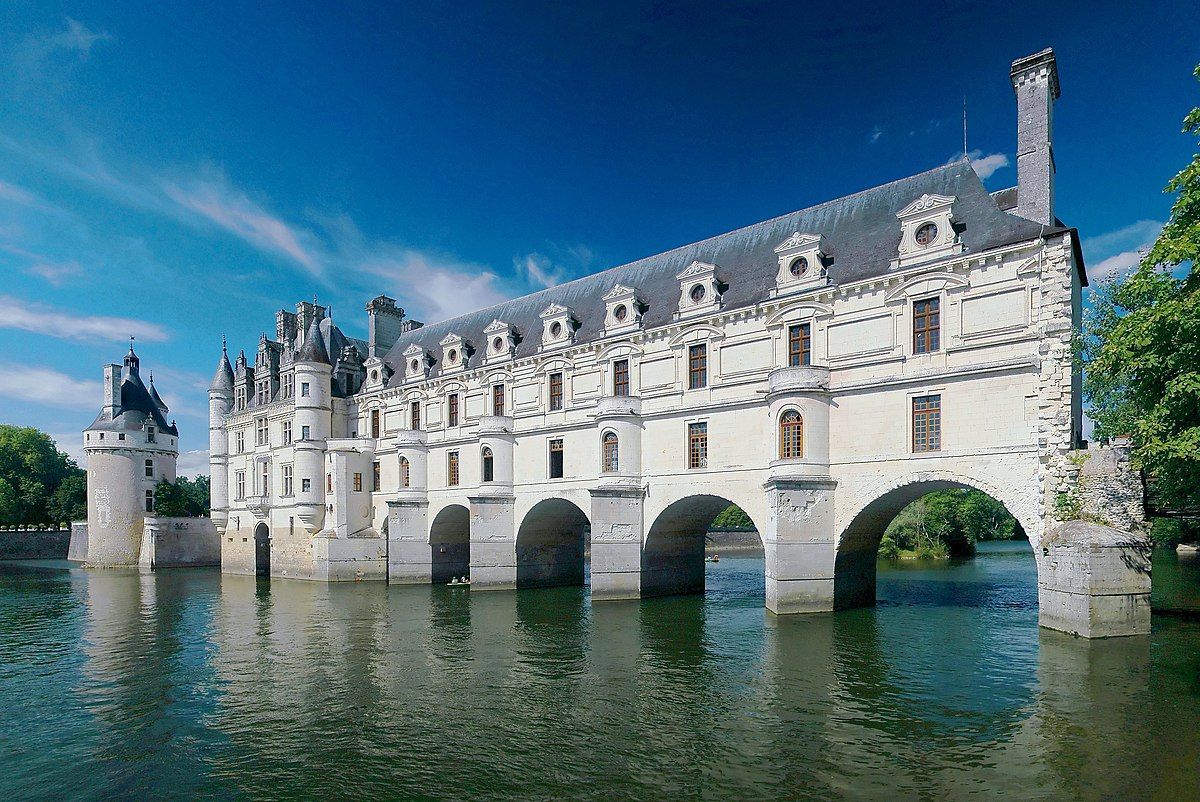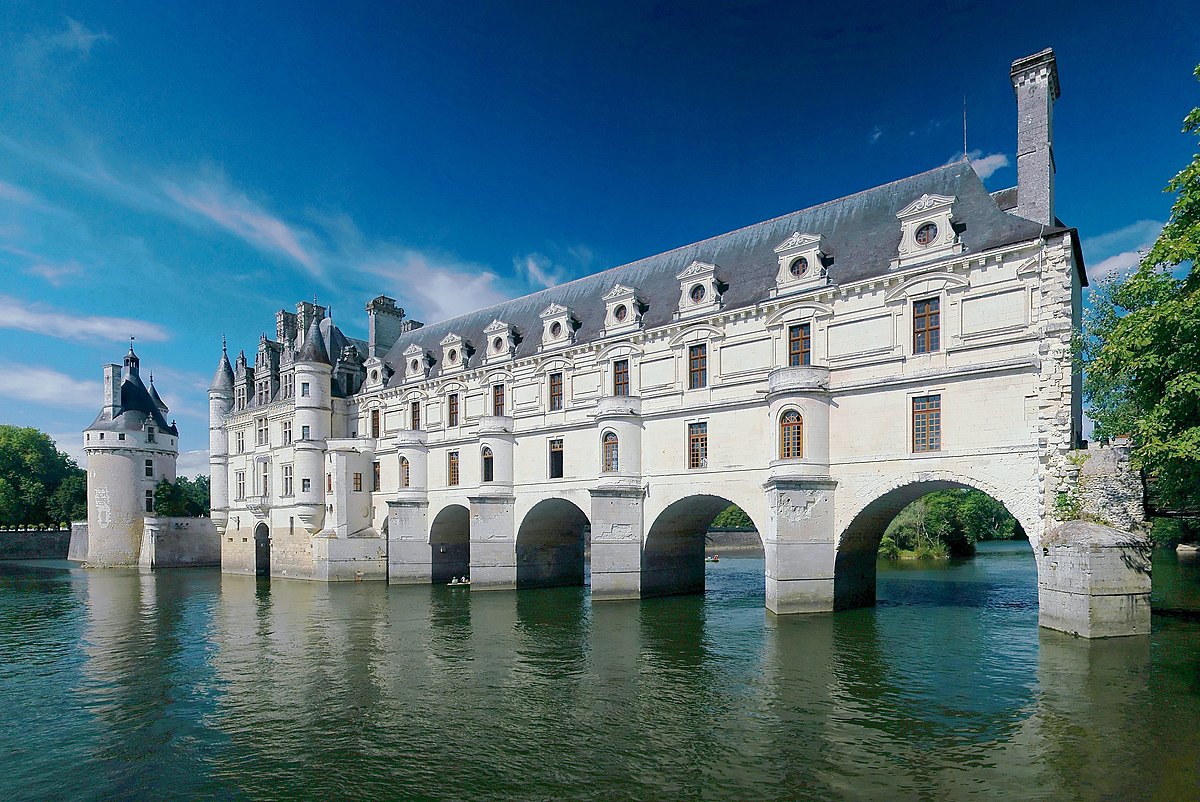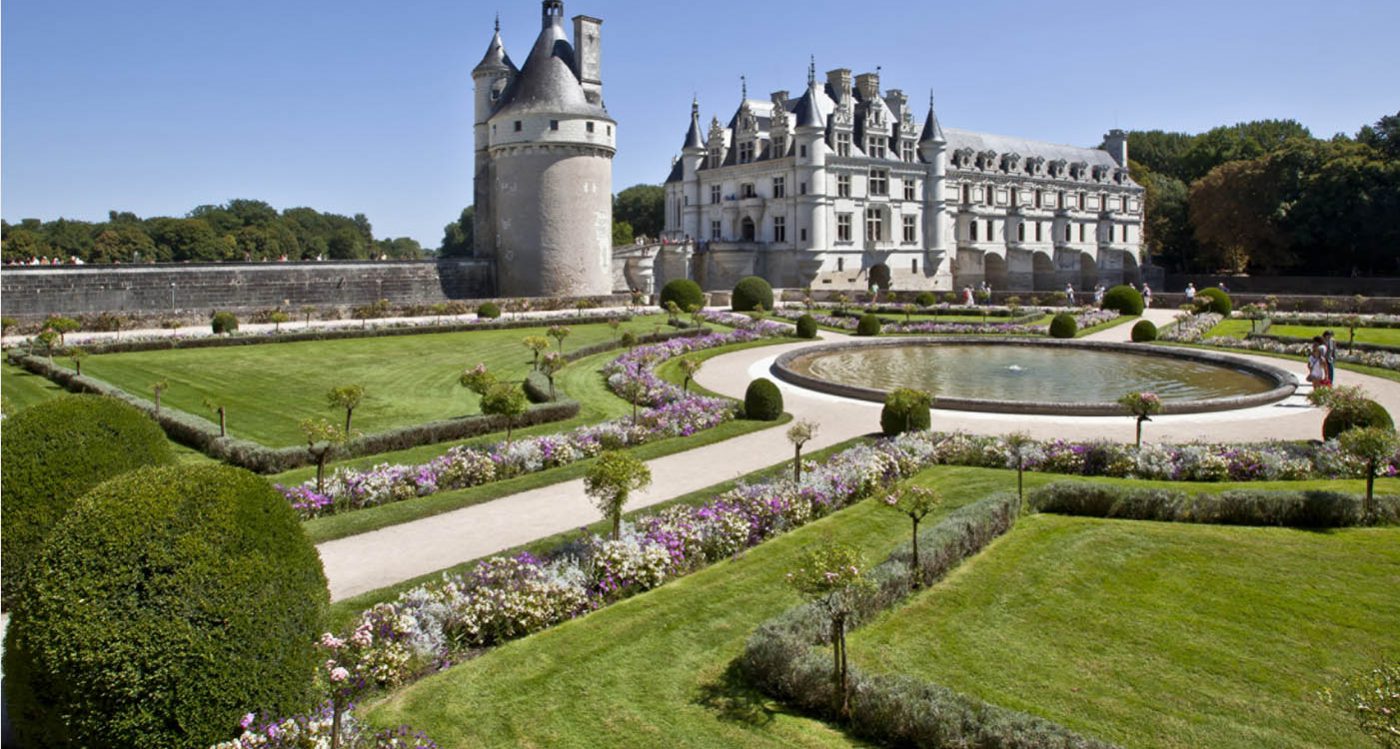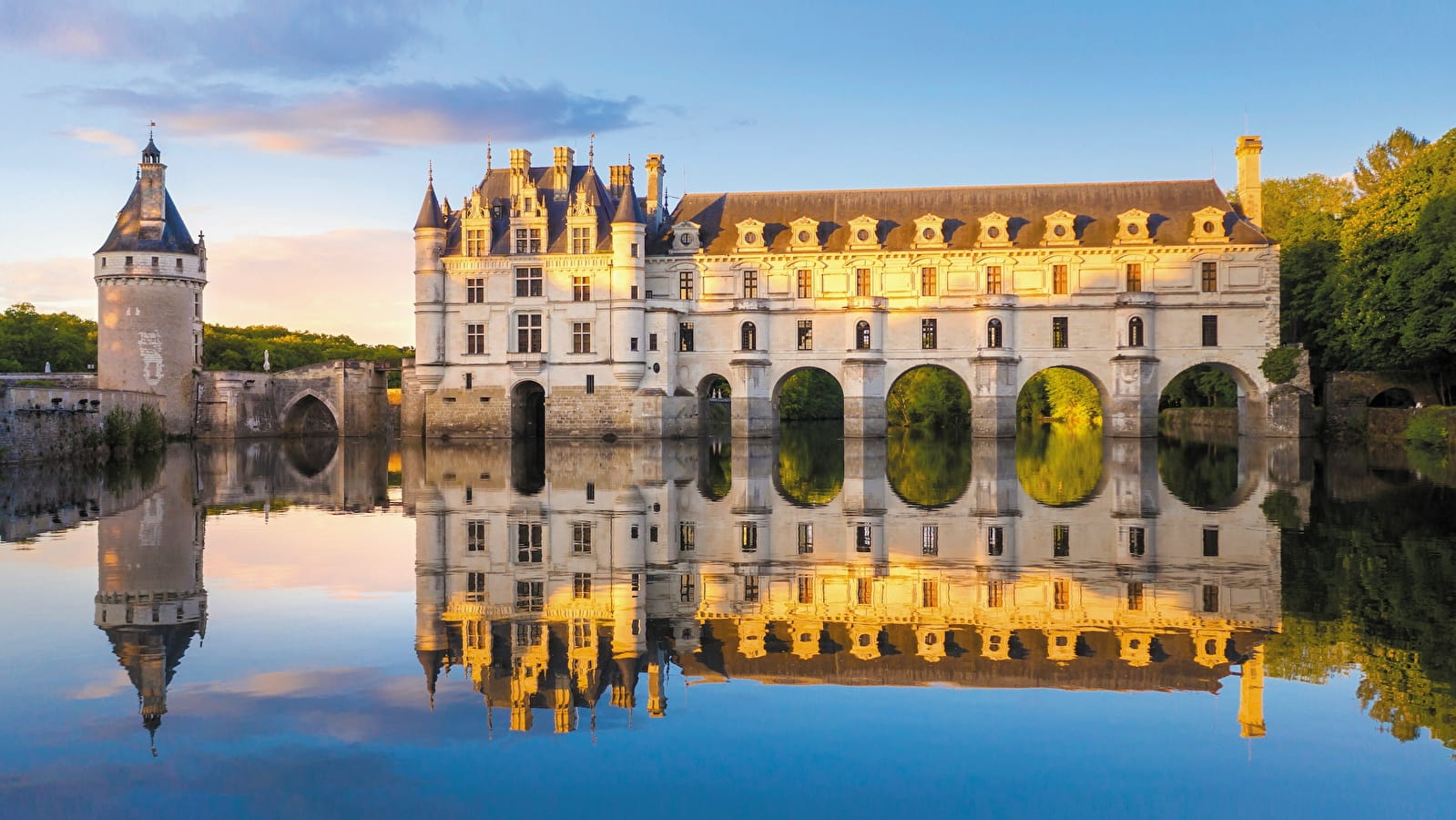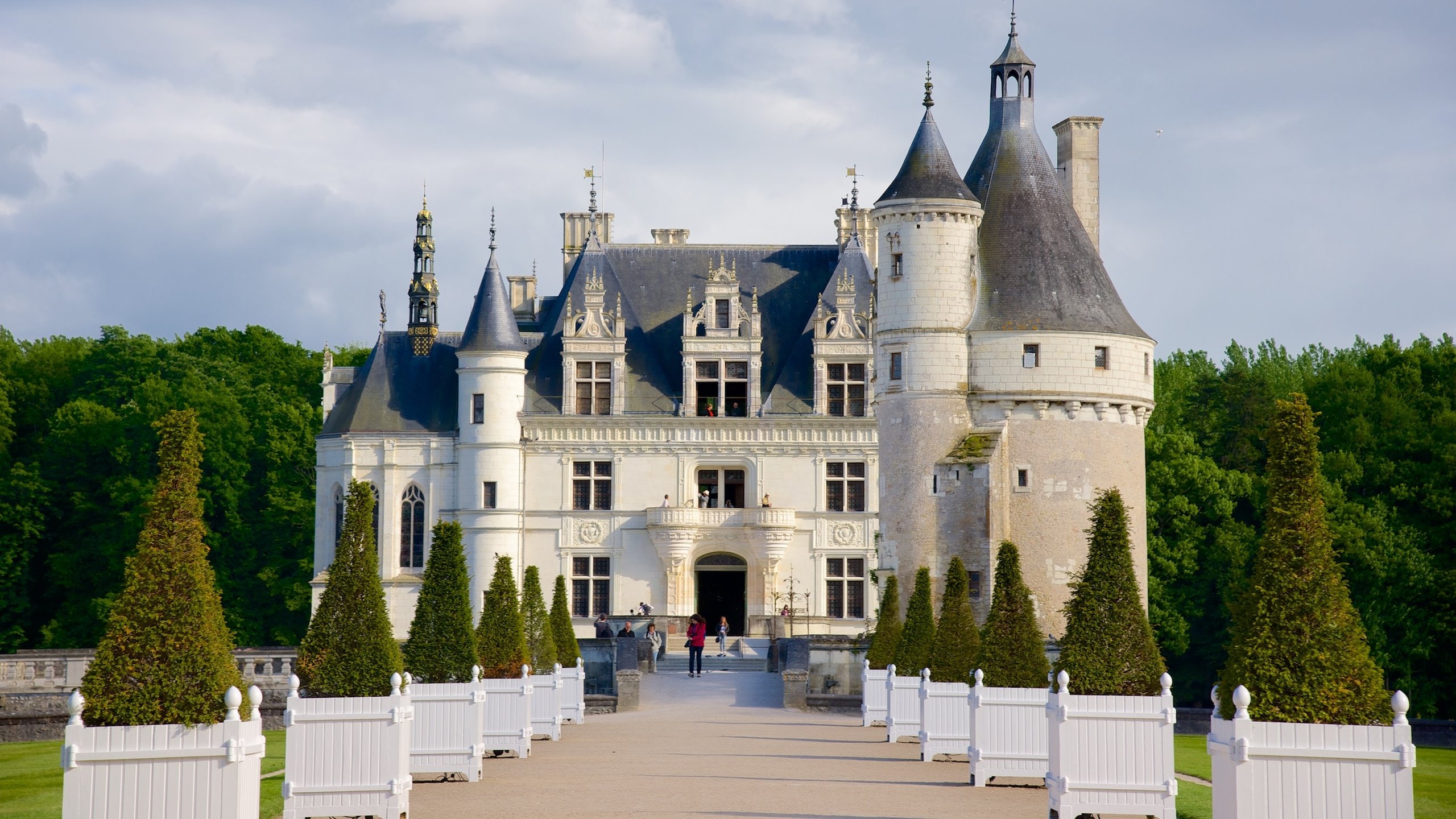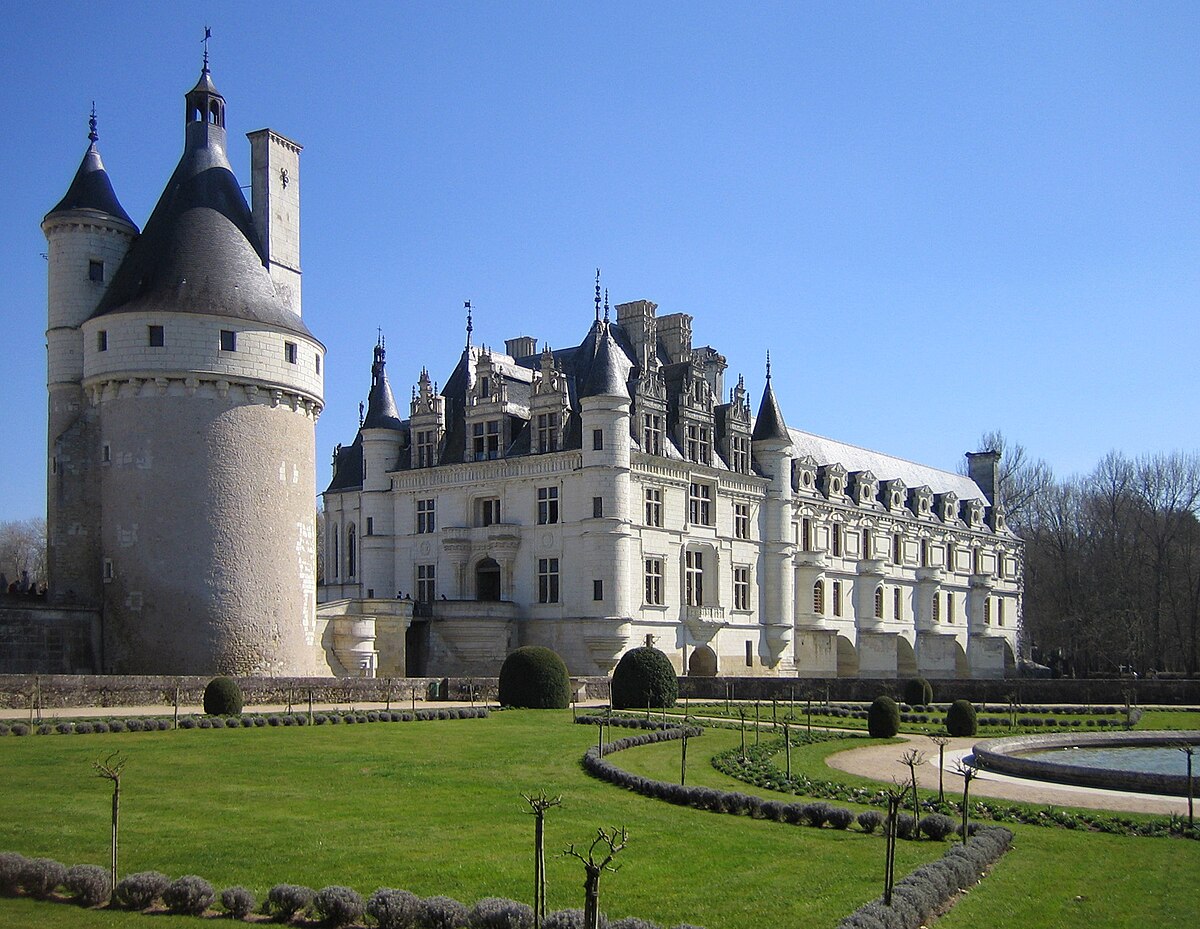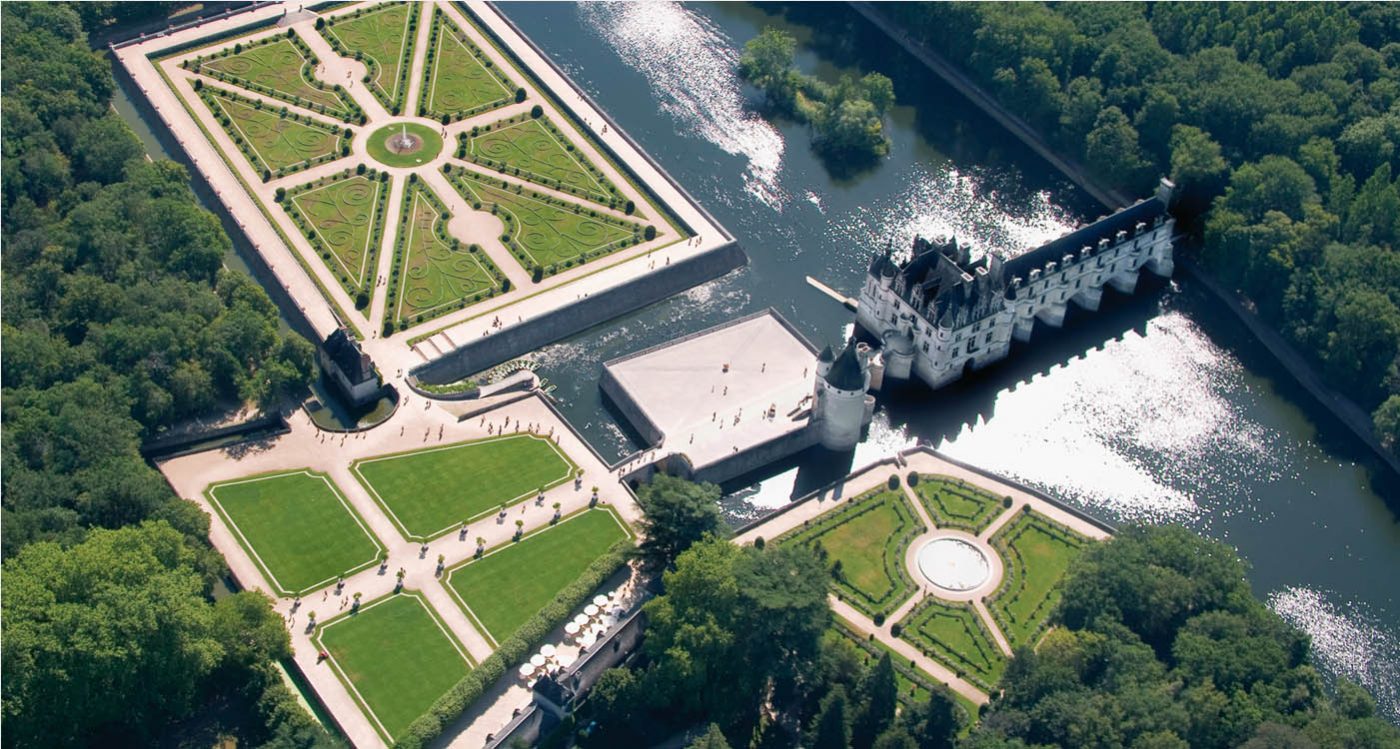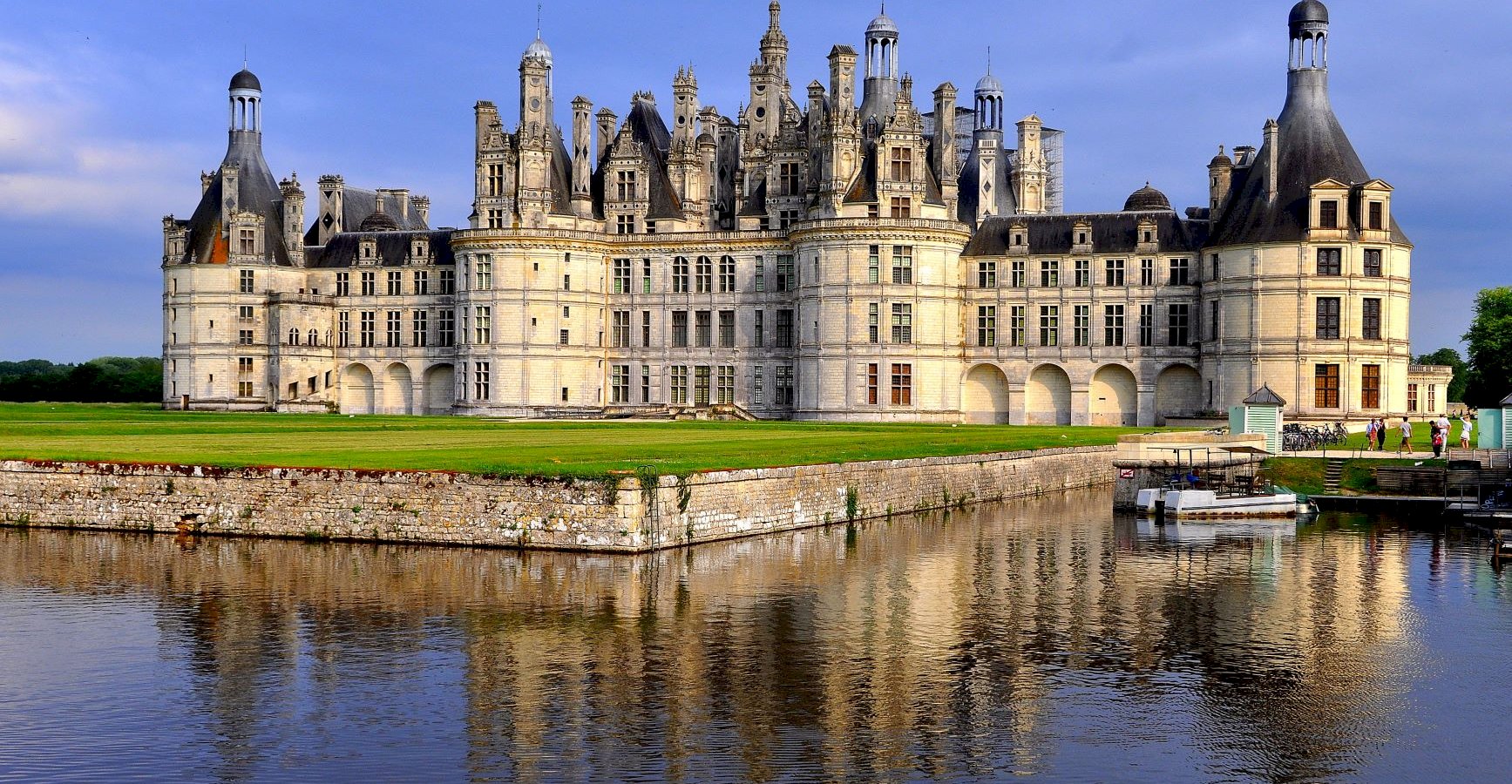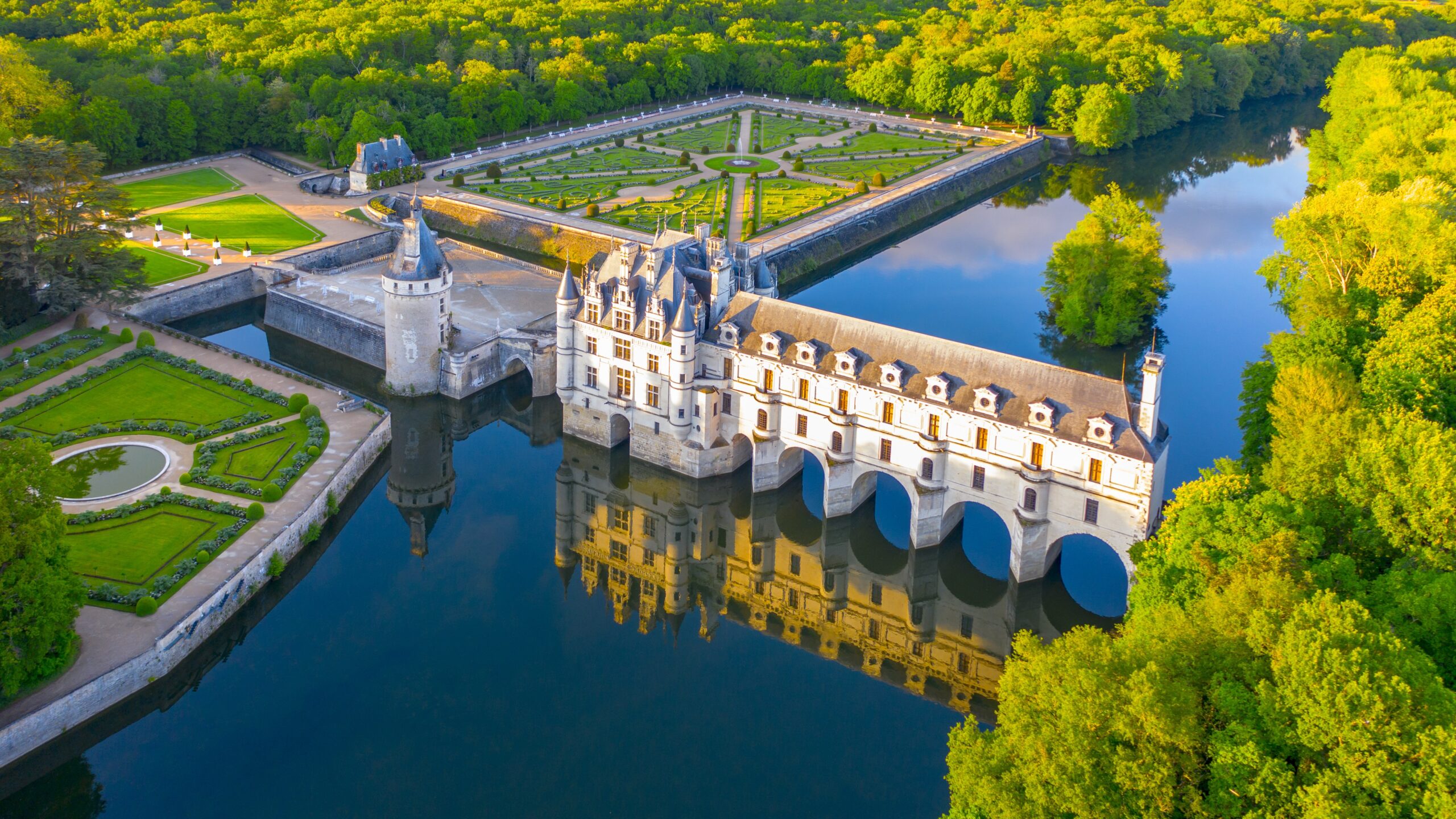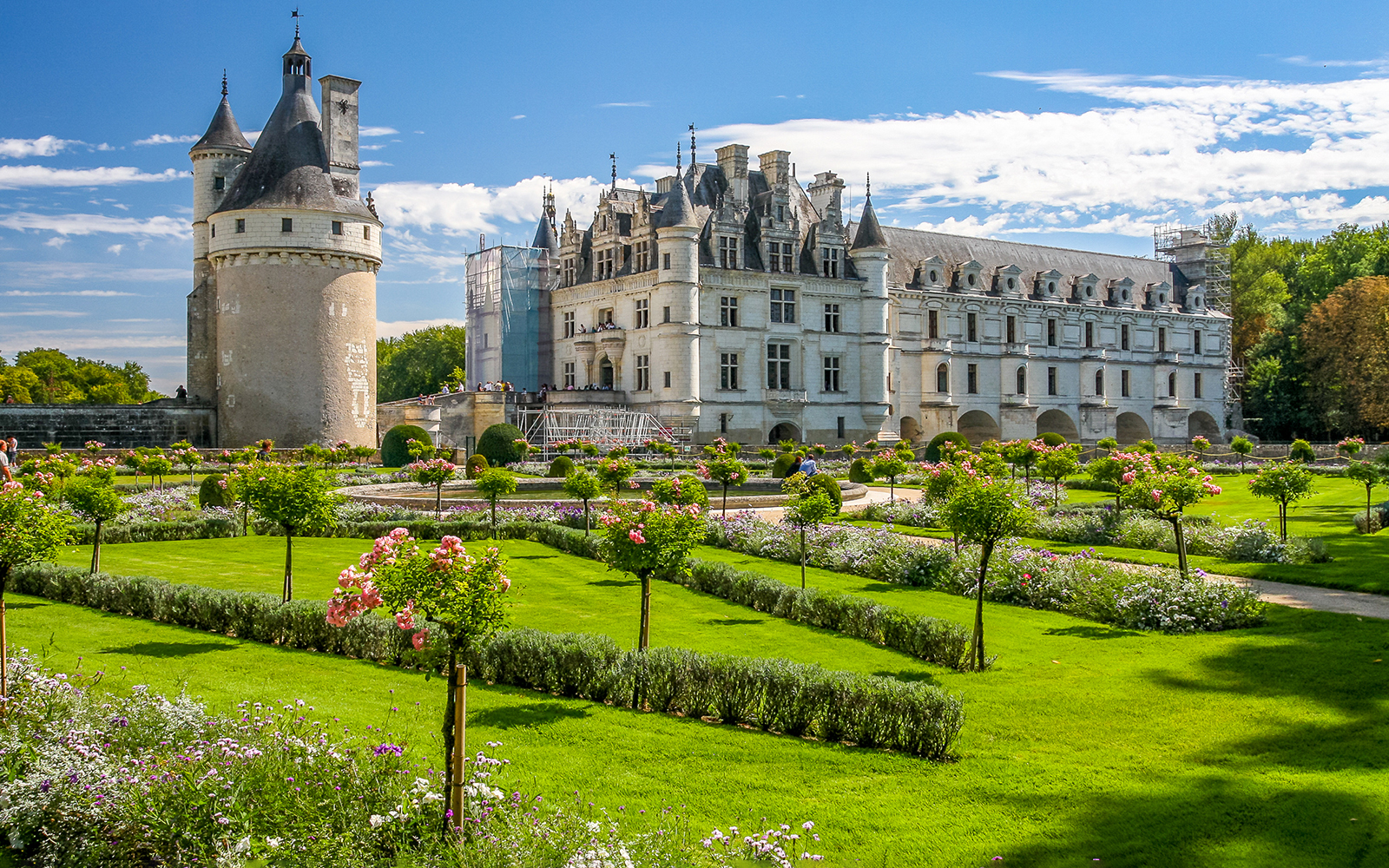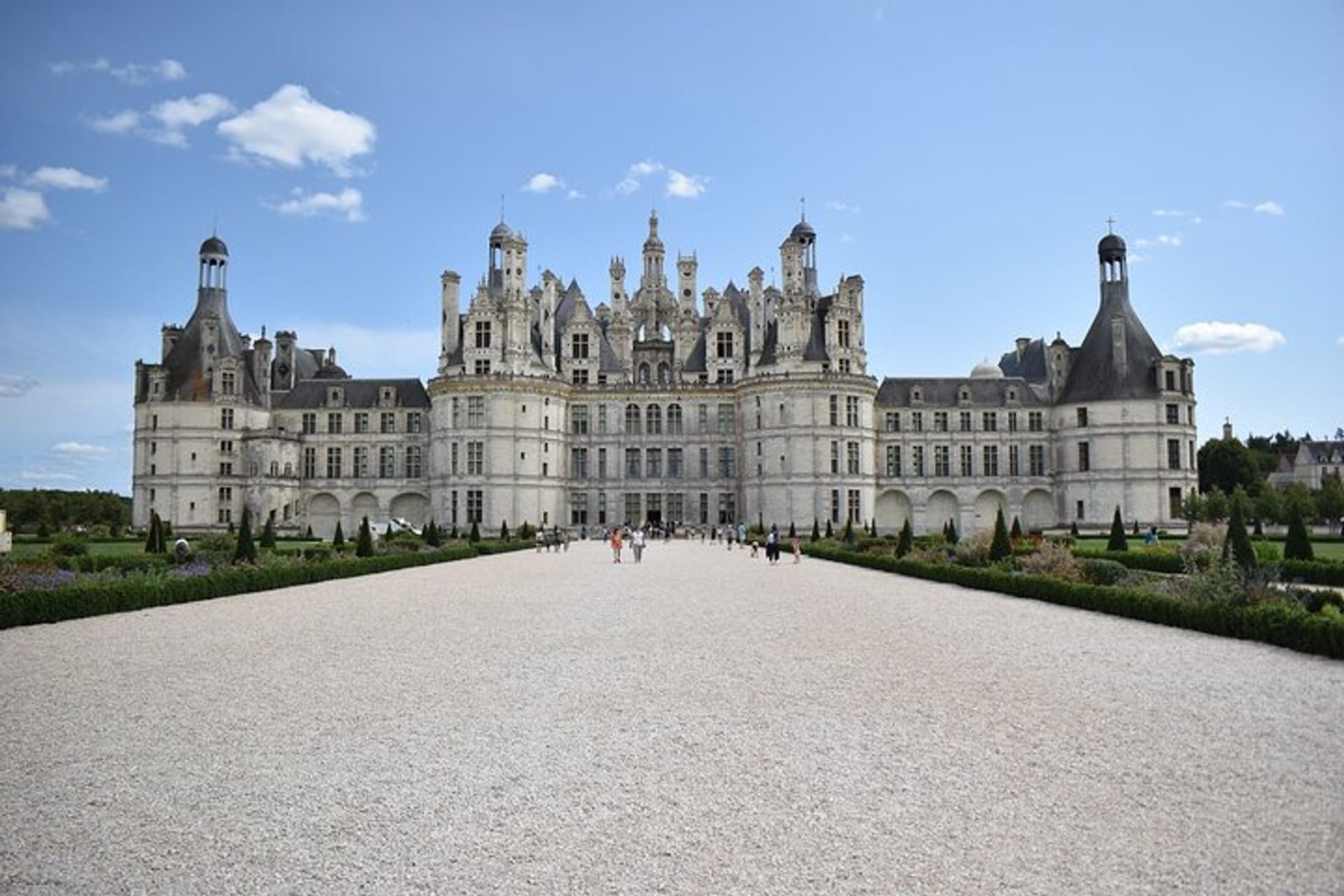Sancerre: Discover the Hidden Gem of France and Why You Must Visit
When you think of France, Paris, Lyon, and Bordeaux may come to mind. But if you’re looking to truly immerse yourself in the authentic charm of French vineyards, small-town beauty, and a slower pace of life, then Sancerre is the place to be. Situated in the heart of the Loire Valley, this village is not only famous for its world-class wine but also for its stunning landscapes, rich history, and vibrant culture. Together with Hotel Jardin De Neuilly, we explore what makes Sancerre a must-visit destination for anyone who appreciates the finer things in life.
Nestled atop a hill overlooking the Loire River, the picturesque town of Sancerre offers much more than just exquisite wine tasting—it offers a full experience. Whether you’re a wine connoisseur or a traveler looking for natural beauty, historic charm, and local cuisine, Sancerre has something to offer. In this article, we’ll dive deep into the many reasons why Sancerre should be on your bucket list, as well as some tips on how to make the most of your visit.
The Location of Sancerre: A Perfect French Getaway
-
Address: Sancerre, Centre-Val de Loire, France
Located in the region of Centre-Val de Loire, Sancerre is a small, medieval village perched on a hill overlooking the rolling vineyards that produce some of the best wines in the world. With easy access from Paris (just a few hours by car), this makes it an ideal location for both a weekend getaway or a long vacation.
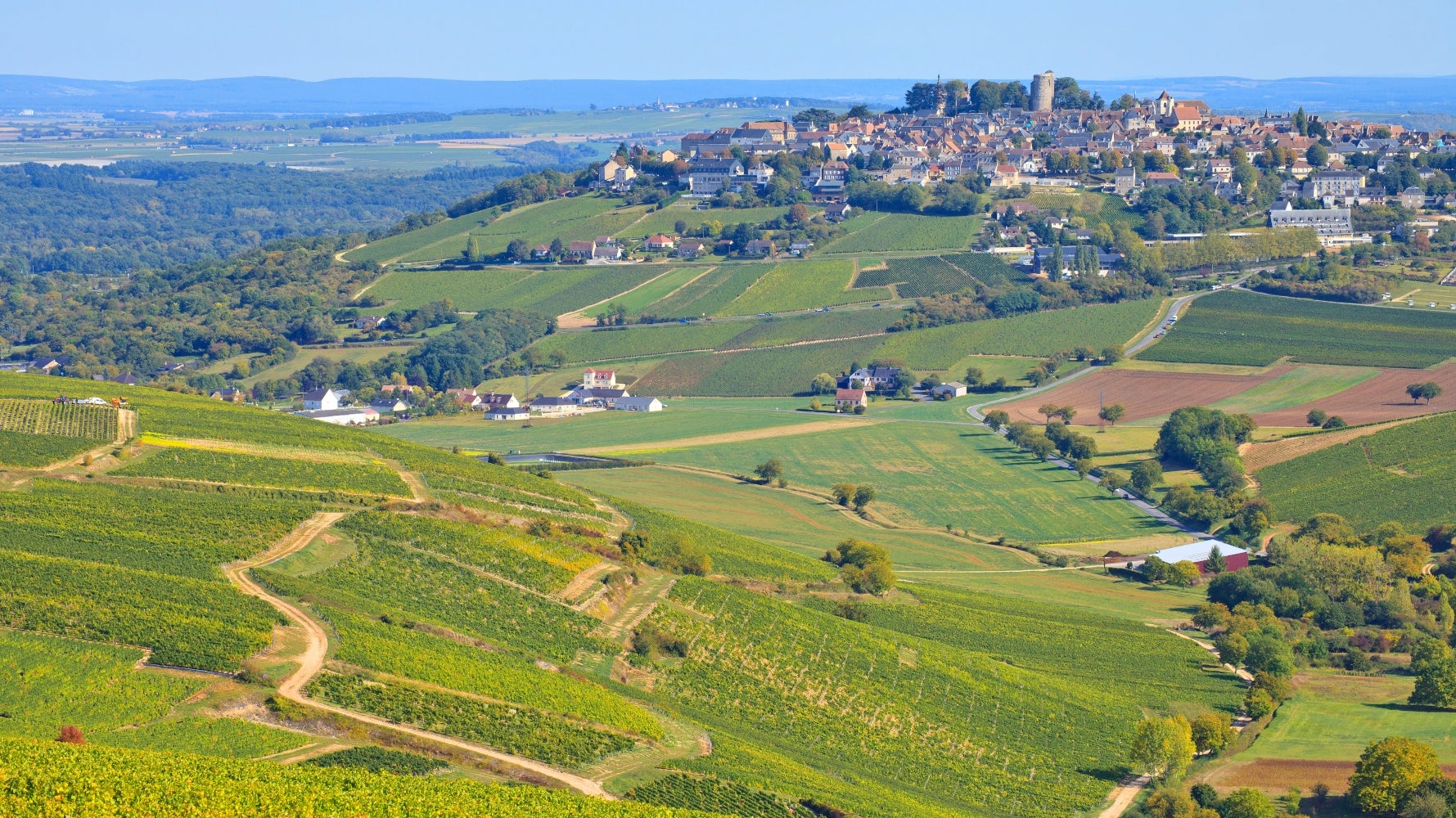
Why is Sancerre So Special?
Sancerre is one of those places that feels like it’s straight out of a postcard. From its narrow cobbled streets to its charming stone houses, the town has an old-world charm that’s hard to beat. However, it’s not just the aesthetics that make Sancerre so special—it’s the blend of history, culture, and natural beauty. Here are a few reasons why Sancerre is such a sought-after destination:
-
Famous for Its Sauvignon Blanc: Sancerre is renowned for its crisp, refreshing Sauvignon Blanc wine, and visiting the vineyards is an absolute must.
-
Medieval Charm: The town has preserved its historic architecture, including ancient fortifications, narrow lanes, and a beautiful 16th-century church.
-
Breathtaking Views: The village sits atop a hill with panoramic views of the Loire River and the surrounding vineyards, making it an ideal spot for sightseeing and photography.
-
Rich Culinary Traditions: Sancerre is home to incredible French cuisine, including local cheeses, fresh seafood, and, of course, dishes that pair perfectly with the region’s wine.
The Vineyards of Sancerre: A Wine Lover’s Dream
One of the main attractions of Sancerre is undoubtedly its wine. The region is famous worldwide for its Sauvignon Blanc, which has been produced here for centuries. The Sancerre wine region covers around 2,500 hectares of vineyards, all of which are dedicated to producing some of the finest wines in the Loire Valley.
Wine Tours and Tastings in Sancerre
For wine lovers, Sancerre is like a pilgrimage site. The vineyards are stunningly beautiful, and the chance to tour them and sample wines is an unforgettable experience. Many of the local wineries offer guided tours where you can learn about the history of Sancerre’s wine production, walk through the vineyards, and—of course—taste a wide variety of Sauvignon Blanc wines.
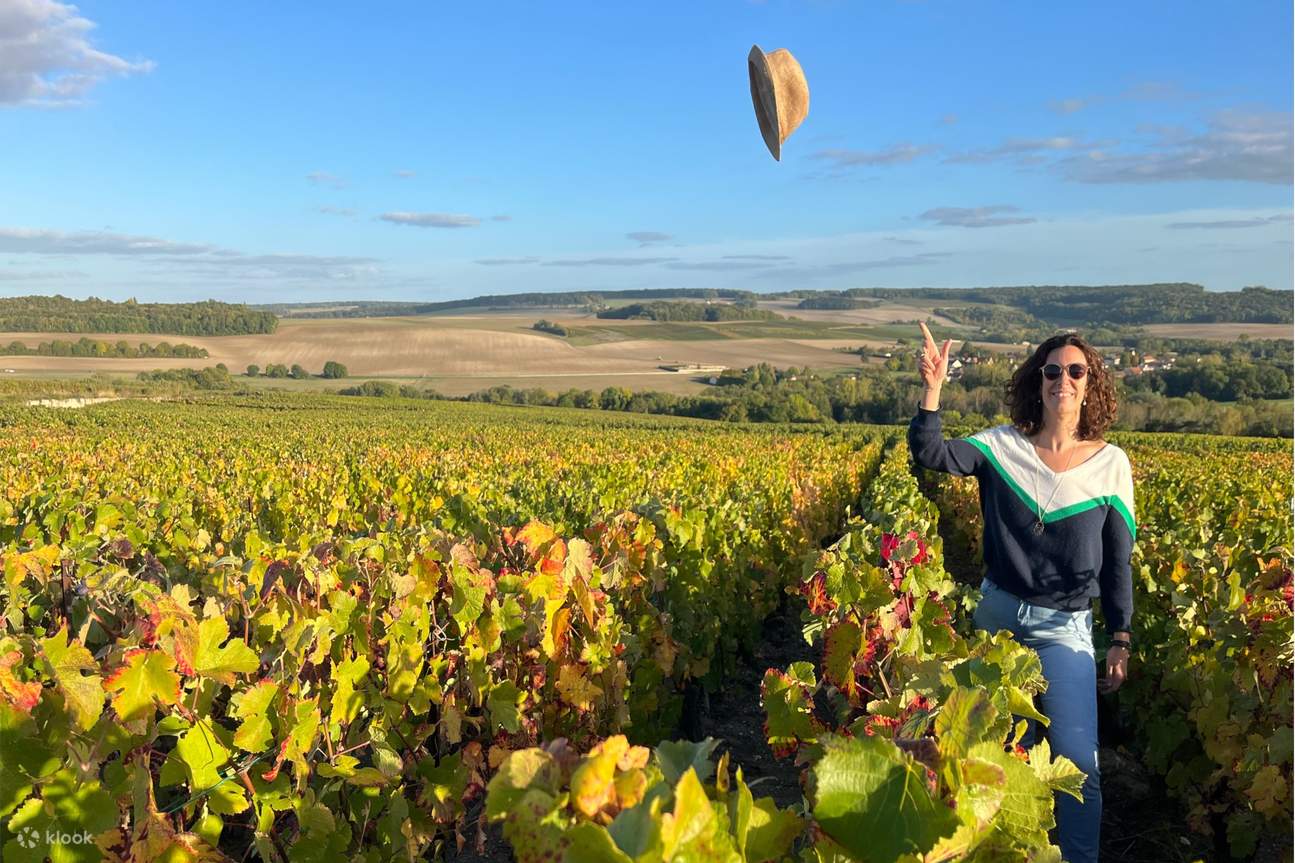
In addition to the famous Sauvignon Blanc, the region also produces red and rosé wines made from Pinot Noir grapes. These wines are known for their balance, freshness, and rich flavors, making them a perfect complement to the region’s local cuisine.
Best Vineyards to Visit in Sancerre
-
Domaine Vacheron: Known for its commitment to organic wine production, Domaine Vacheron offers a fantastic wine-tasting experience paired with stunning vineyard views.
-
Domaine Gérard Boulay: This family-owned estate has been making wine for generations and offers a traditional and authentic Sancerre wine experience.
-
Domaine Vincent Delaporte: With breathtaking views and a rich history of winemaking, this vineyard provides visitors with a unique insight into Sancerre’s wine culture.

Exploring the Town of Sancerre: History and Culture
Beyond the vineyards, Sancerre itself is a town steeped in history and culture. With its medieval streets, ancient fortifications, and well-preserved buildings, the town provides plenty to see and explore. Strolling through Sancerre’s winding lanes feels like stepping back in time, with its charming shops, cozy cafés, and centuries-old buildings that tell the story of the town’s rich past.
The Sancerre Tower
One of the most iconic landmarks in Sancerre is the Sancerre Tower, also known as the Tour des Fiefs. This 14th-century tower offers panoramic views of the surrounding area, including the vineyards and the Loire River. Climbing to the top is an excellent way to see the town from a different perspective and learn more about its history.
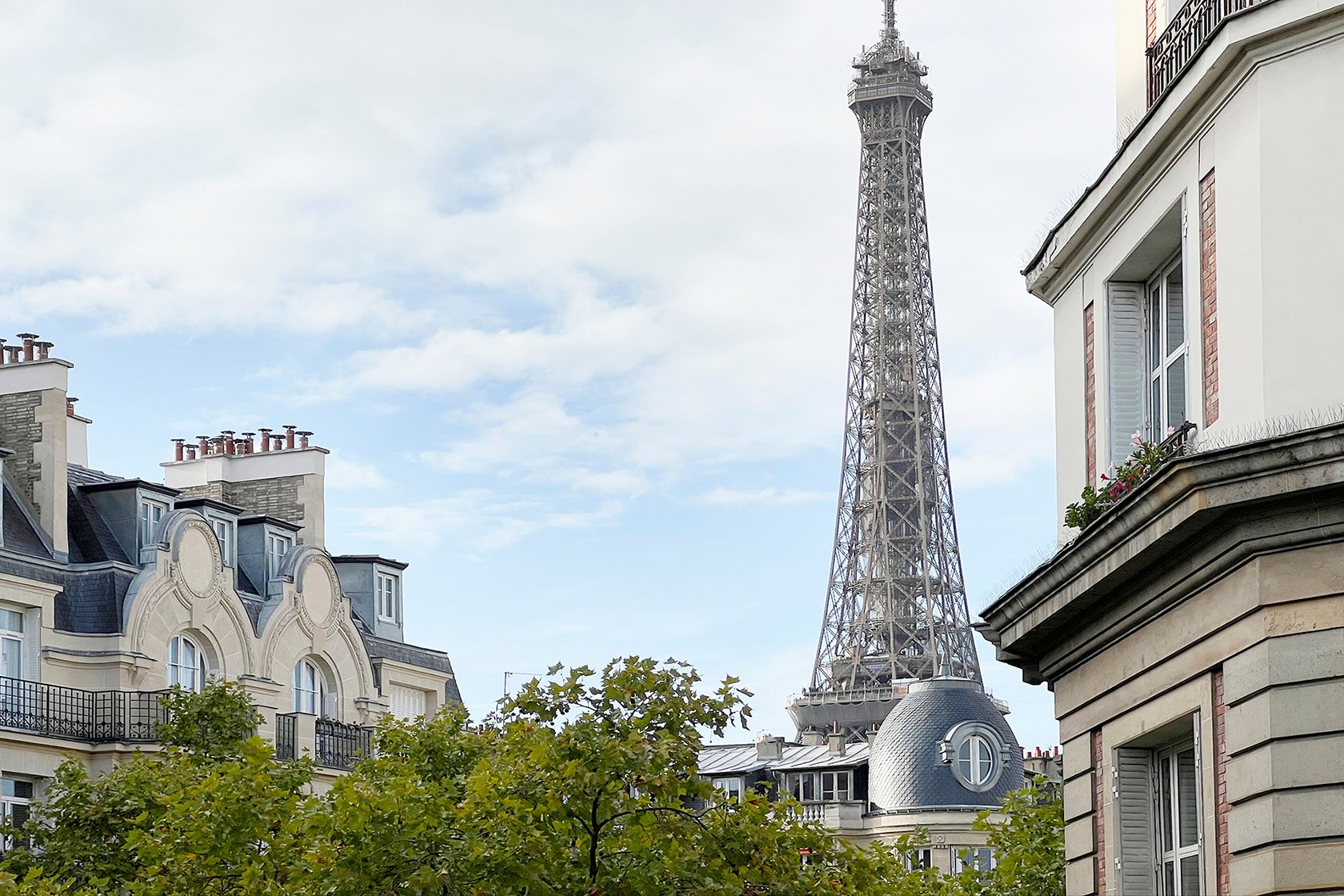
The Church of Saint-Jean-Baptiste
Another historical highlight is the Church of Saint-Jean-Baptiste, a stunning 16th-century church located in the heart of Sancerre. The church’s gothic architecture and peaceful atmosphere make it a must-see for history buffs and anyone looking to take in the town’s cultural heritage.

What to Do in Sancerre: Beyond the Wine
While Sancerre is known for its wine, there’s so much more to explore in the area. Whether you’re interested in hiking, exploring historic sites, or enjoying local cuisine, there’s something for everyone in this picturesque town.
Hiking in the Sancerre Region
Sancerre is surrounded by beautiful countryside, making it an excellent destination for outdoor enthusiasts. The rolling hills, vineyards, and forests offer plenty of opportunities for hiking, cycling, and nature walks. Whether you prefer a leisurely stroll through the vineyards or a more challenging hike, the views are always breathtaking.
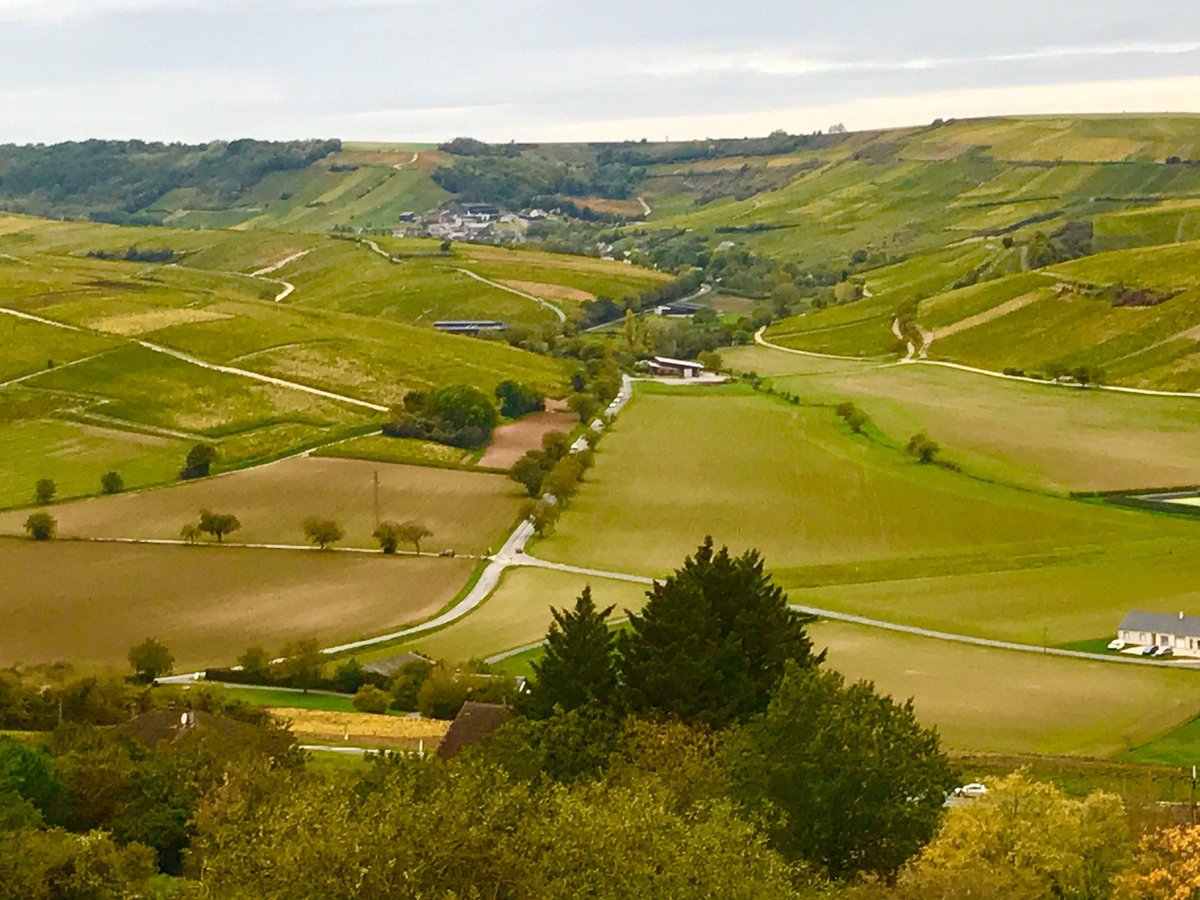
Sancerre’s Local Cuisine: Food Pairings for Wine Lovers
When you visit Sancerre, you’ll quickly discover that wine and food go hand-in-hand. The region is home to many delicious local dishes, many of which are designed to complement the town’s famous wines. For a truly authentic experience, be sure to try:
-
Crottin de Chavignol: A famous goat cheese from the region, often served with a glass of Sancerre Sauvignon Blanc.
-
Boeuf Bourguignon: A rich, flavorful beef stew made with red wine, perfect for pairing with Sancerre’s Pinot Noir.
-
Sancerre’s Fresh Seafood: The region’s proximity to the Loire River means that fresh fish and seafood dishes are abundant. Try a seafood platter with a crisp Sauvignon Blanc for the perfect combination.

Nearby Attractions to Visit When in Sancerre
While Sancerre is a fantastic destination on its own, there are plenty of other nearby attractions to explore. Here are a few ideas for day trips from Sancerre:
-
Château de Ménetou-Salon: A historic castle located just outside of Sancerre, perfect for a visit if you’re interested in medieval history and architecture.
-
Bourges: A beautiful town just a short drive from Sancerre, known for its stunning Gothic cathedral and charming streets.
-
Gien: A picturesque town famous for its beautiful pottery, located on the banks of the Loire River.
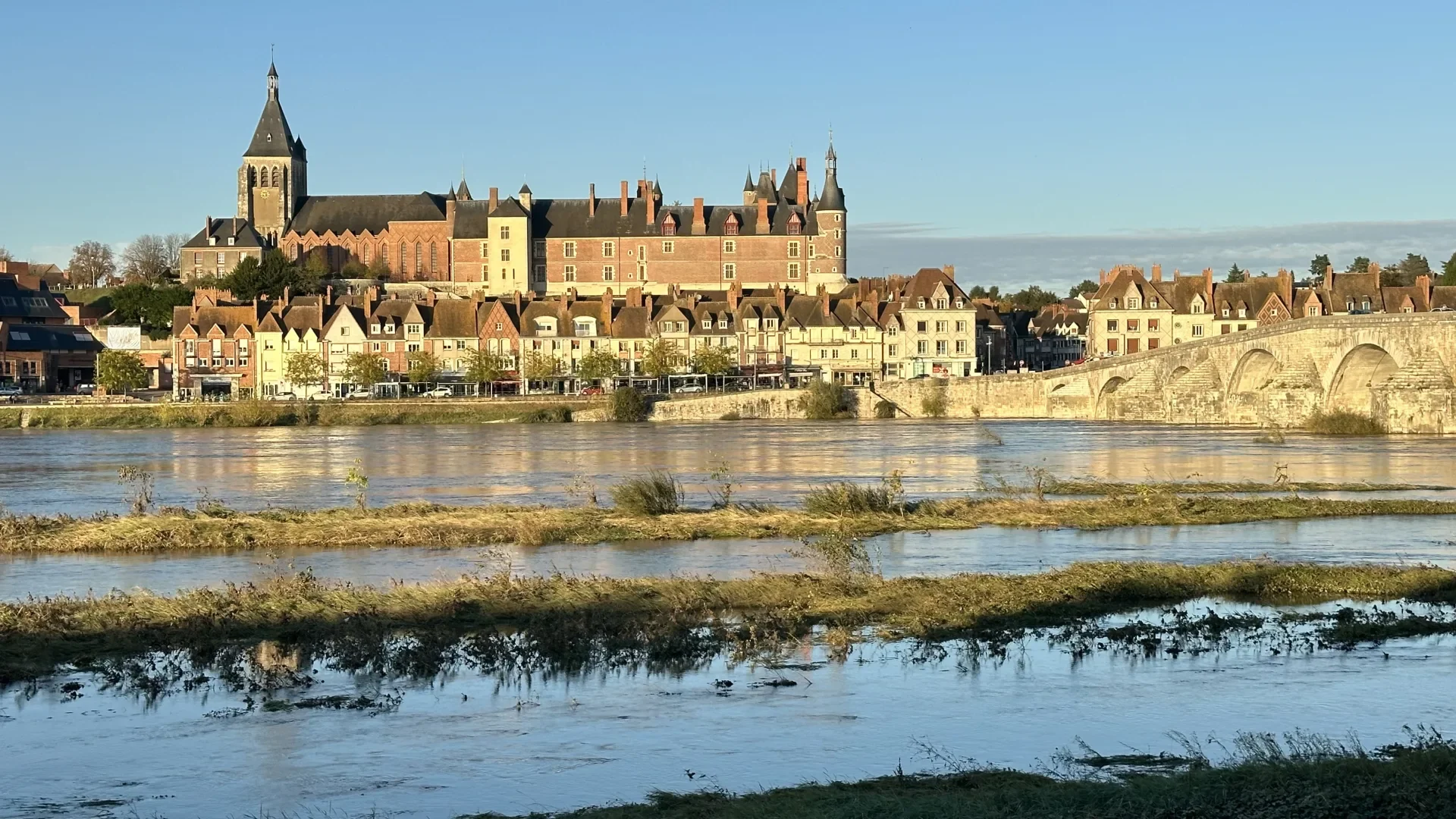
Final Thoughts: Why Sancerre Should Be on Your Travel Bucket List
Together with Hotel Jardin De Neuilly, we’ve explored why Sancerre is not just another small town in France—it’s a must-see destination for anyone who loves fine wine, history, culture, and breathtaking views. Whether you’re enjoying a wine-tasting tour, hiking through the scenic vineyards, or savoring local delicacies, Sancerre offers an unforgettable experience that combines the best of France. So, pack your bags and head to Sancerre for a unique French adventure that will stay with you long after you leave.
